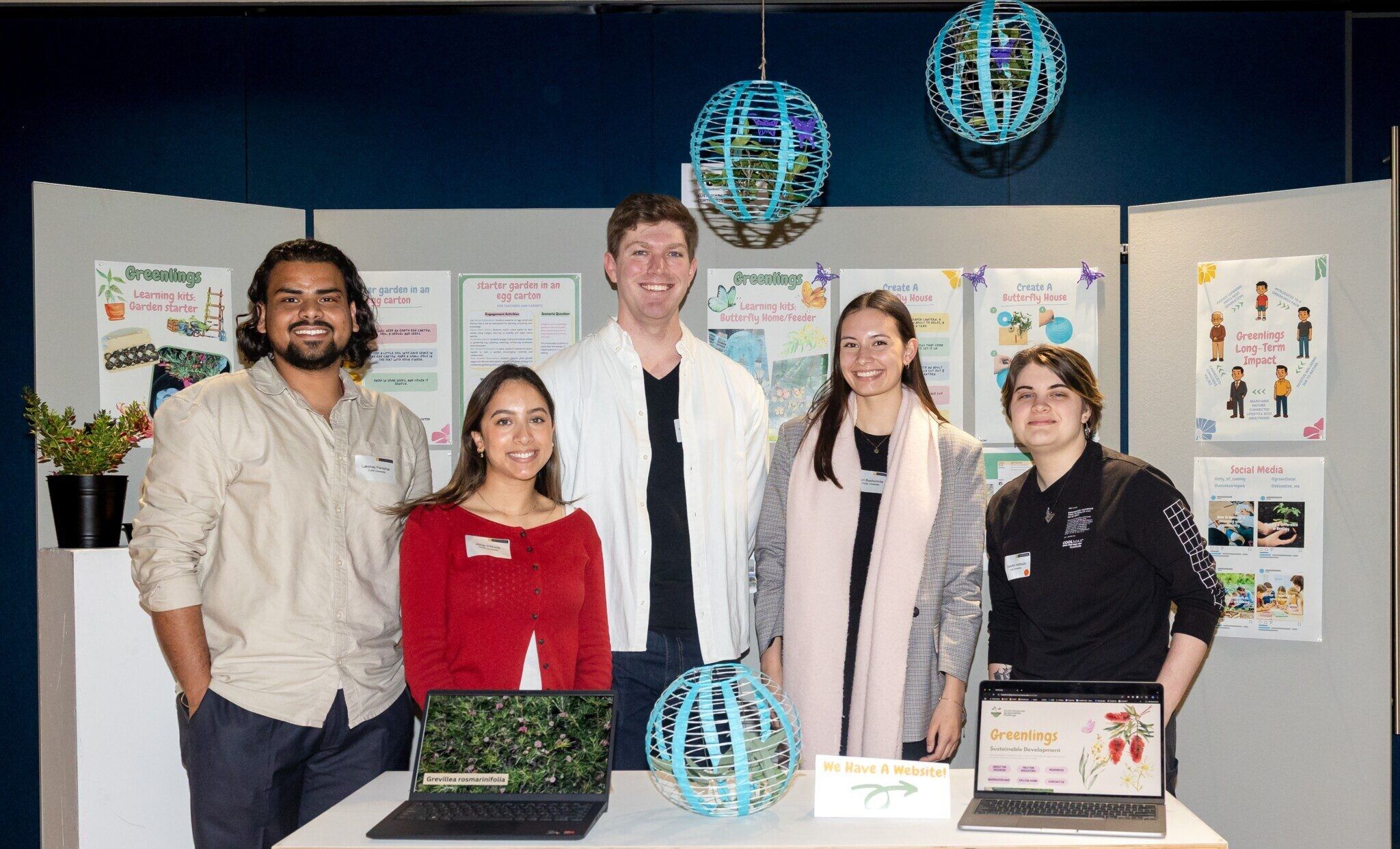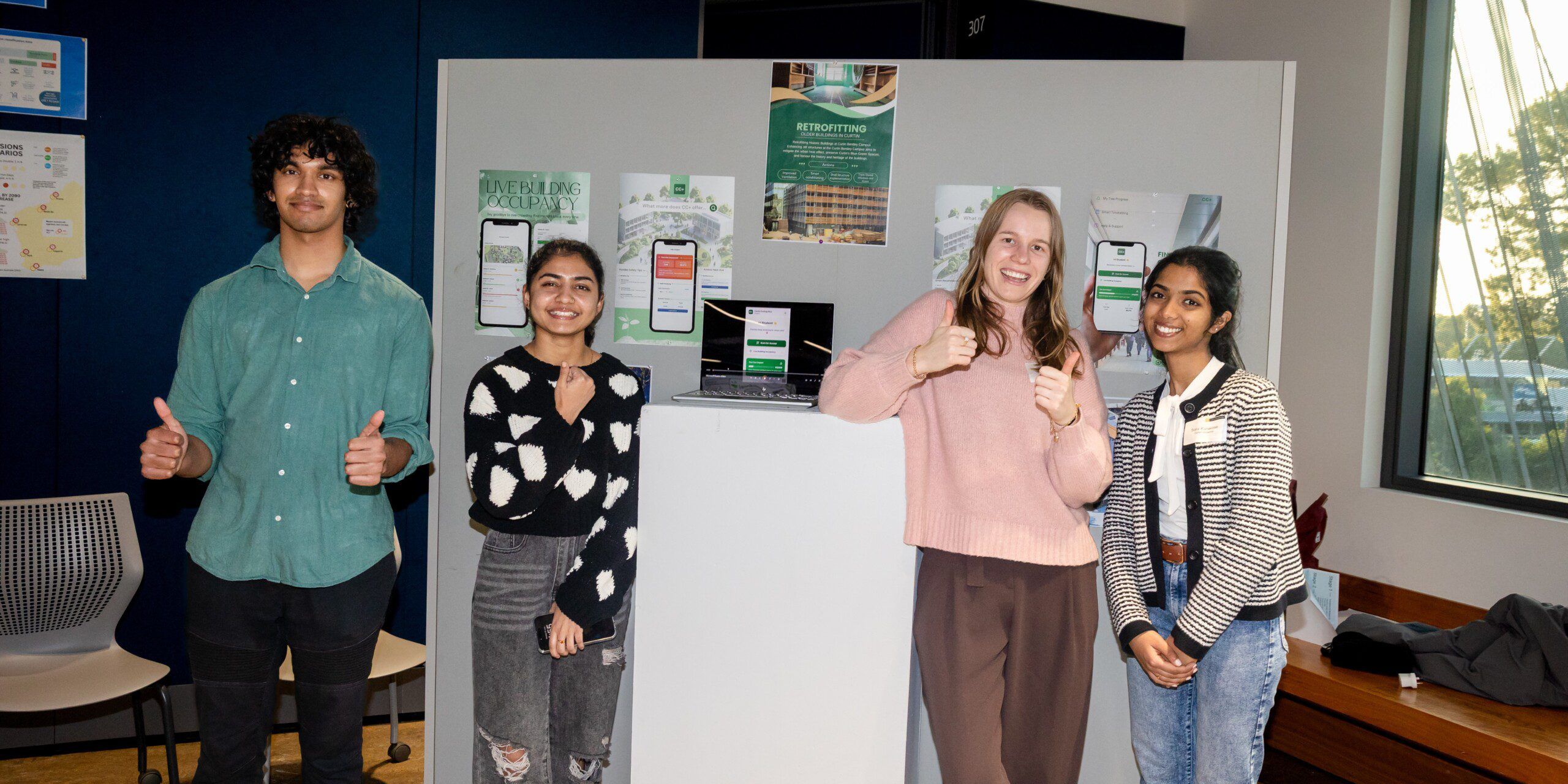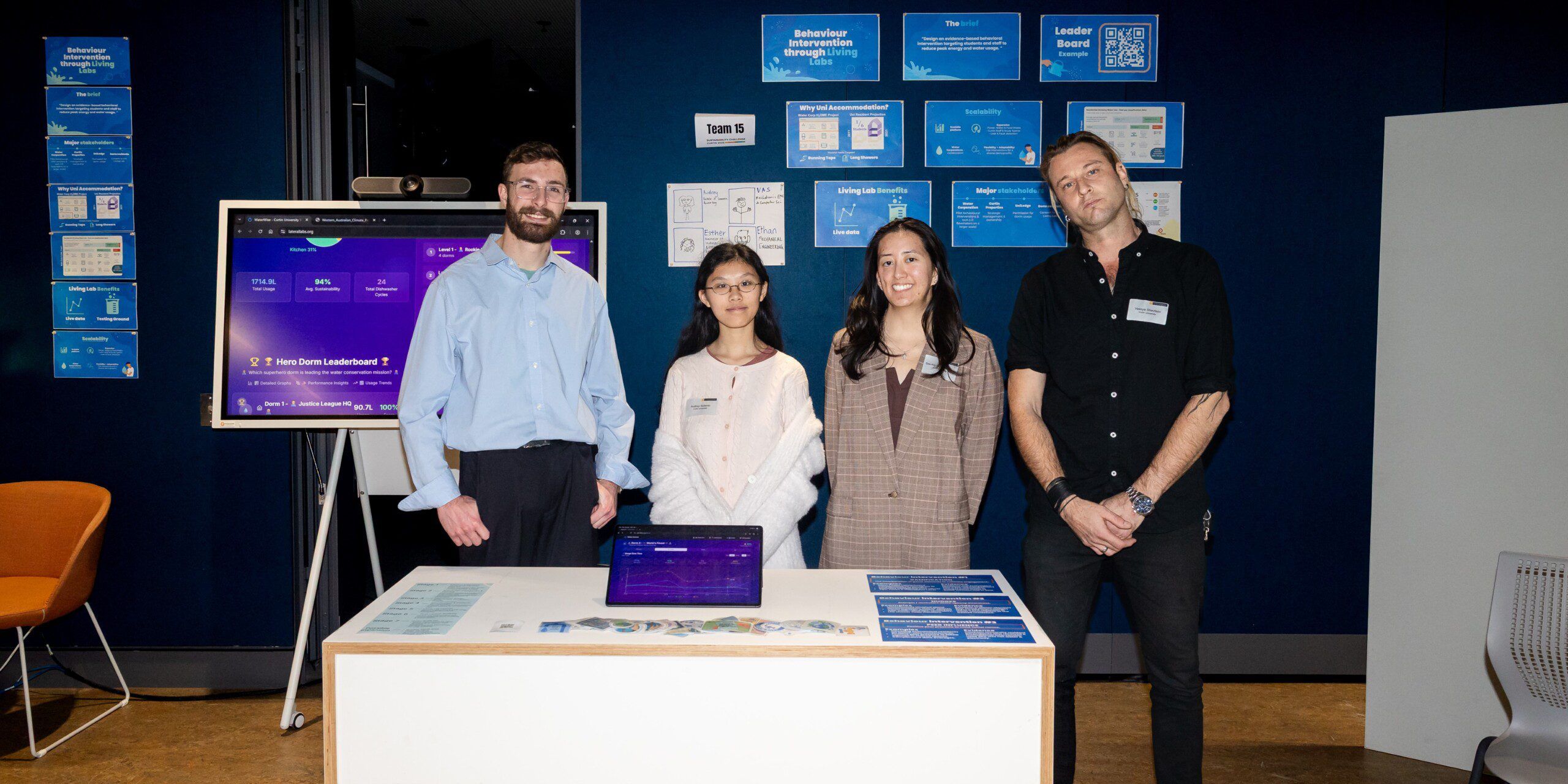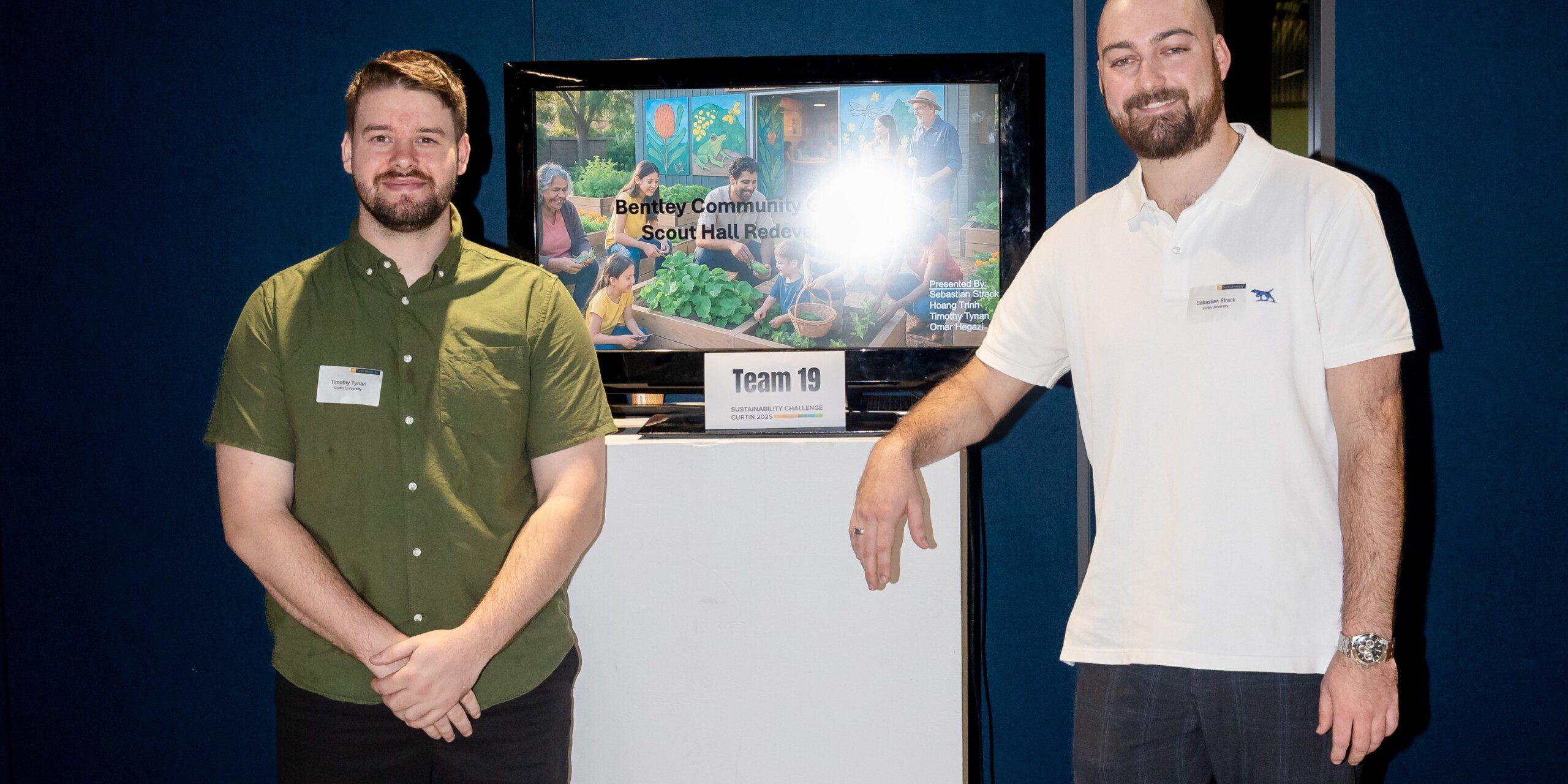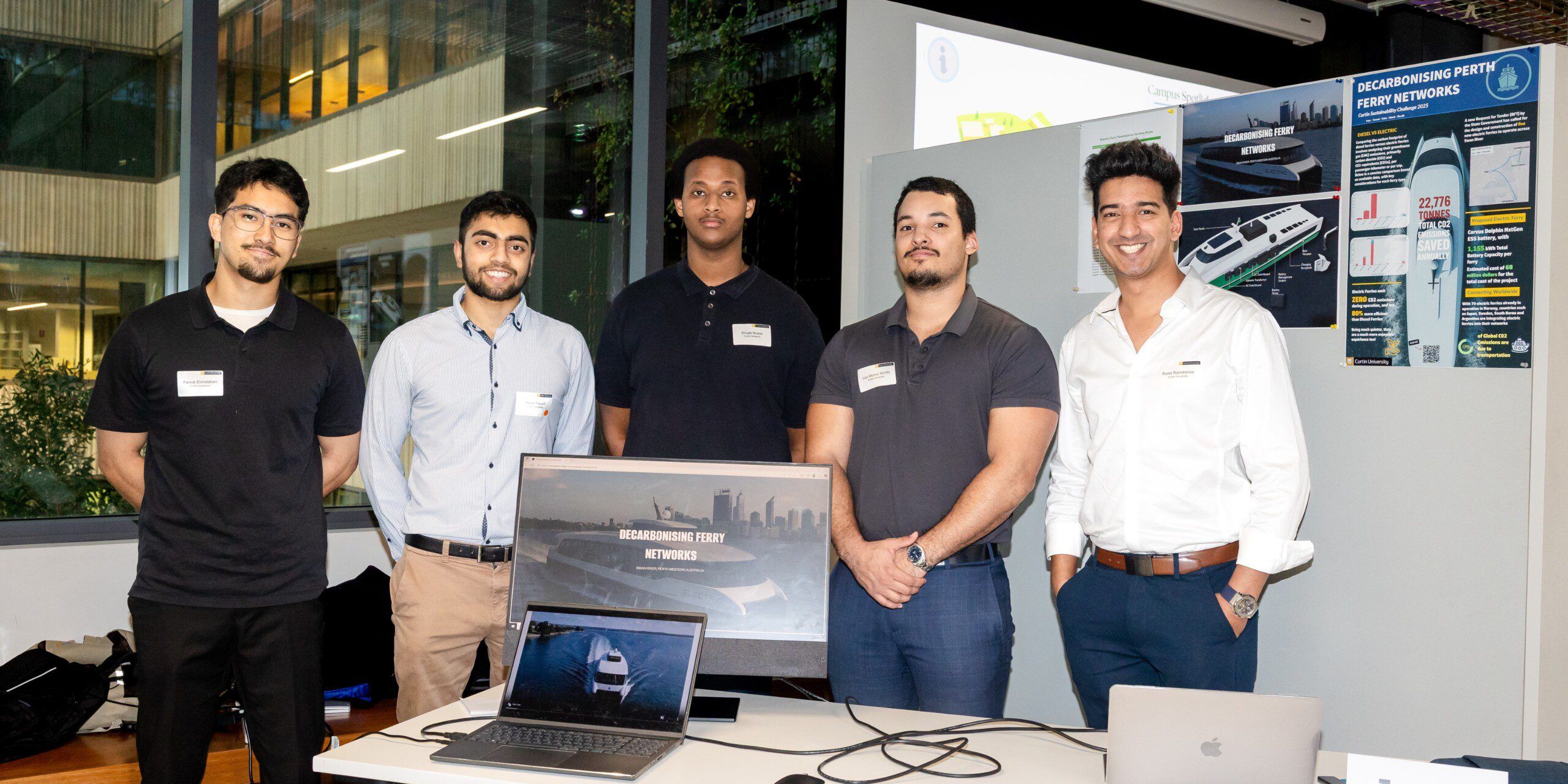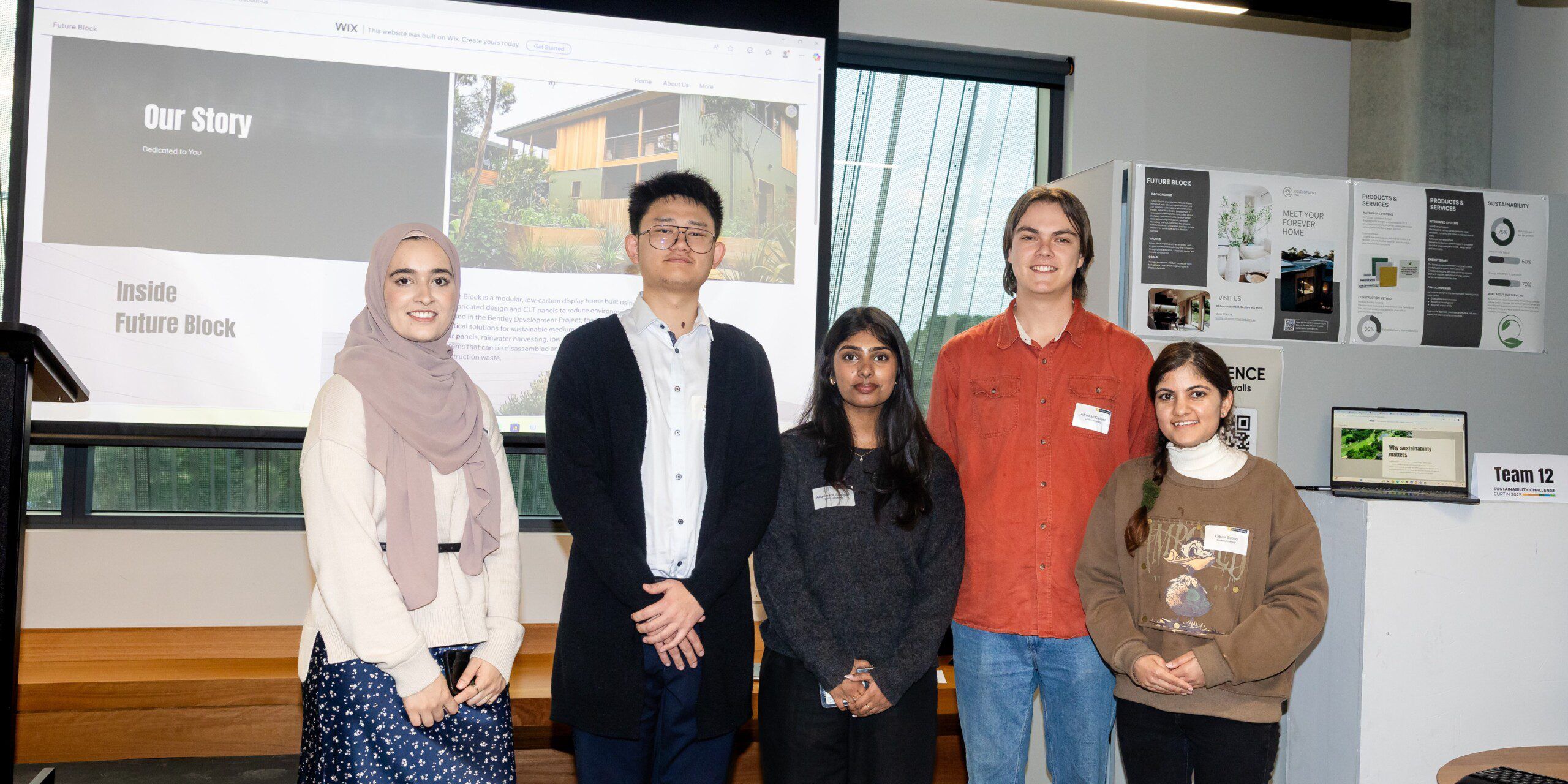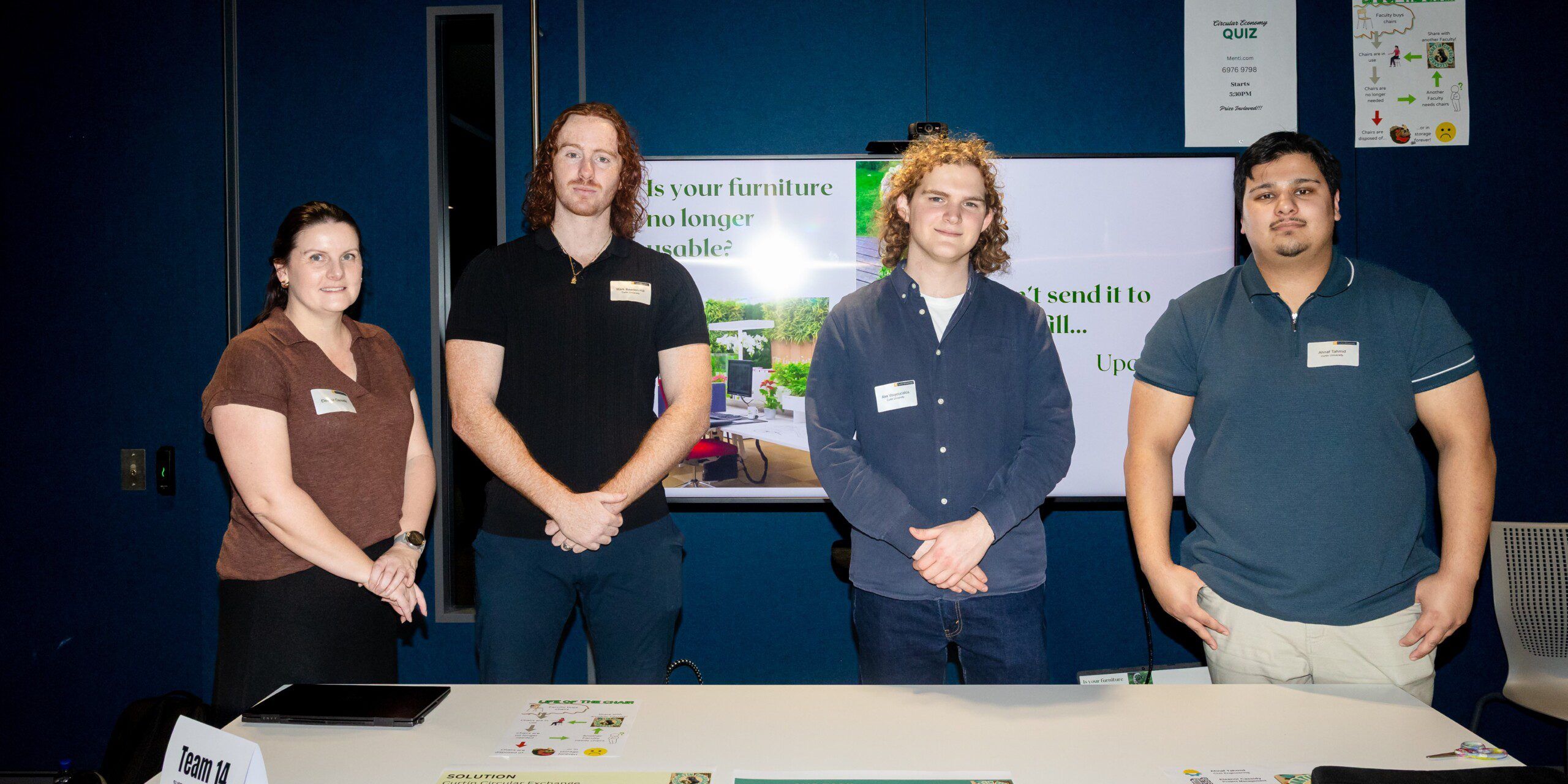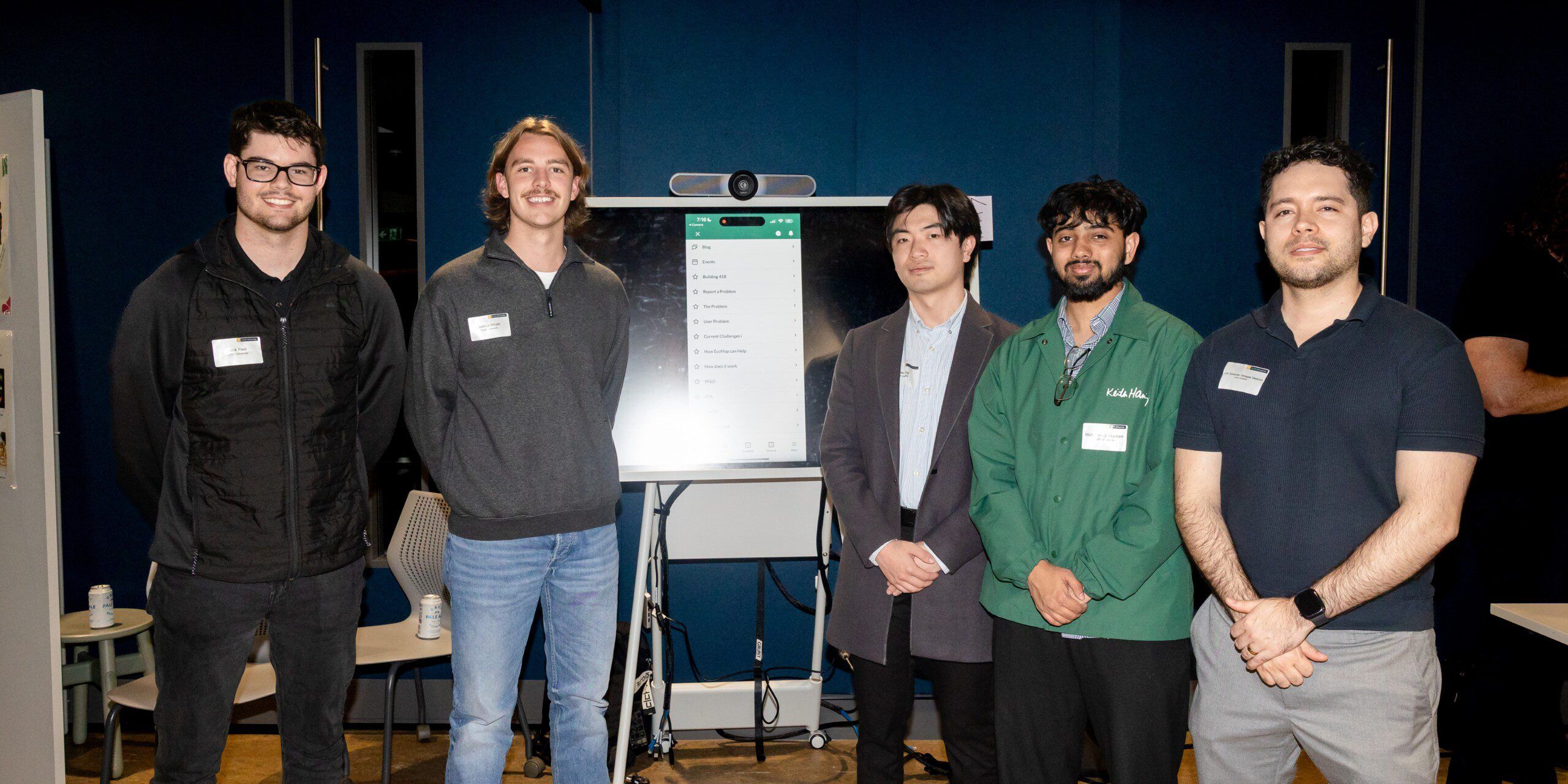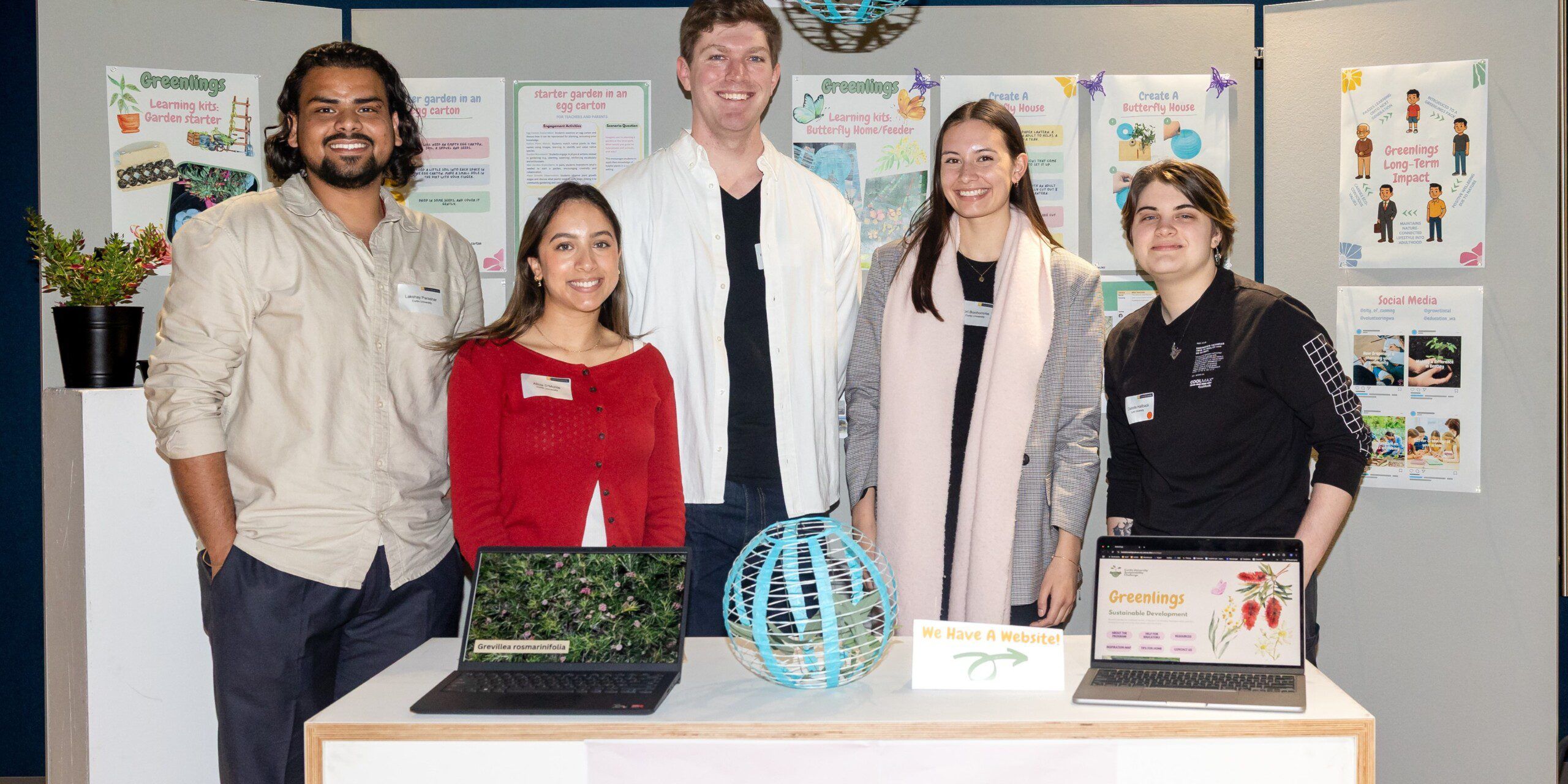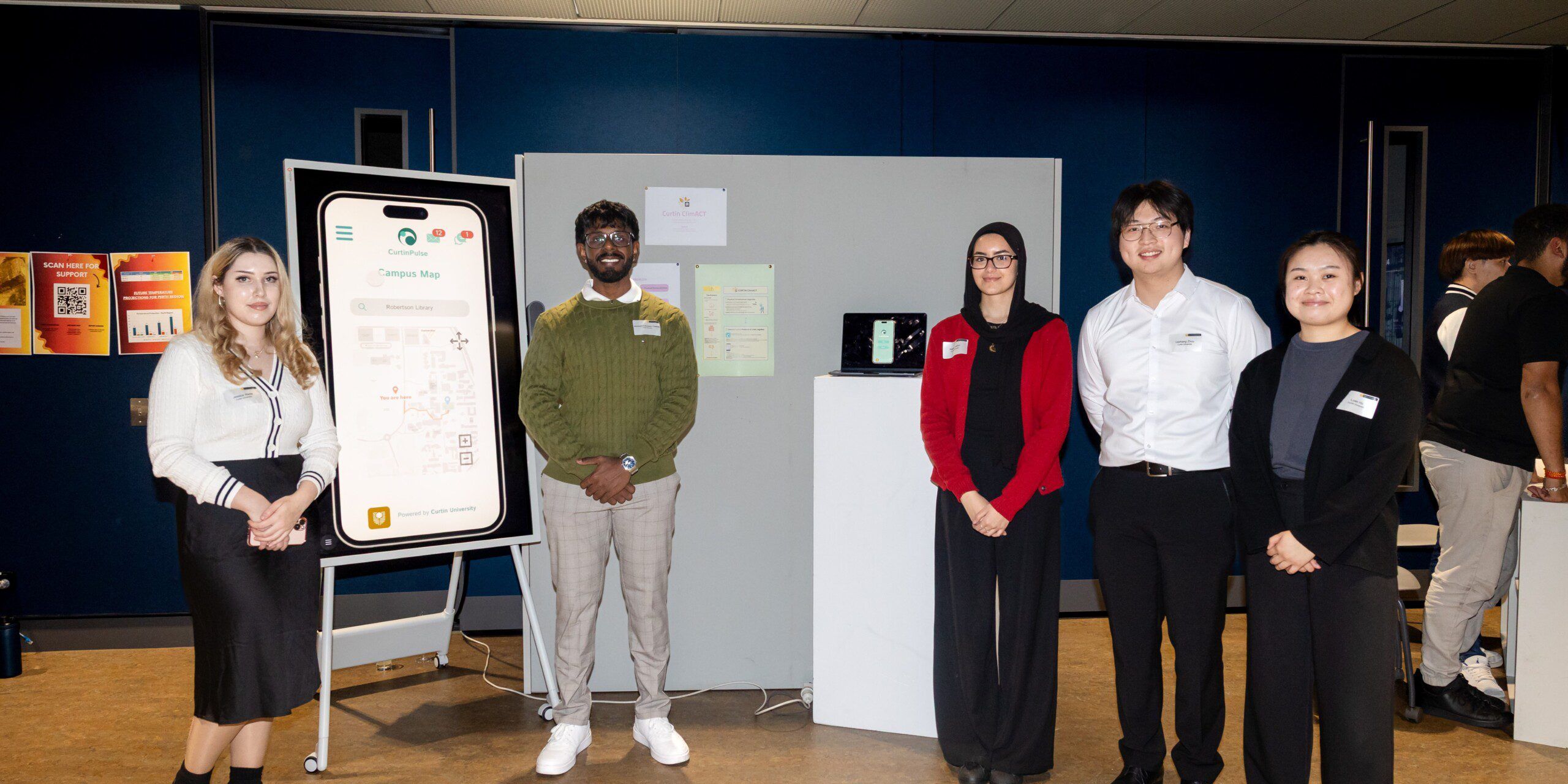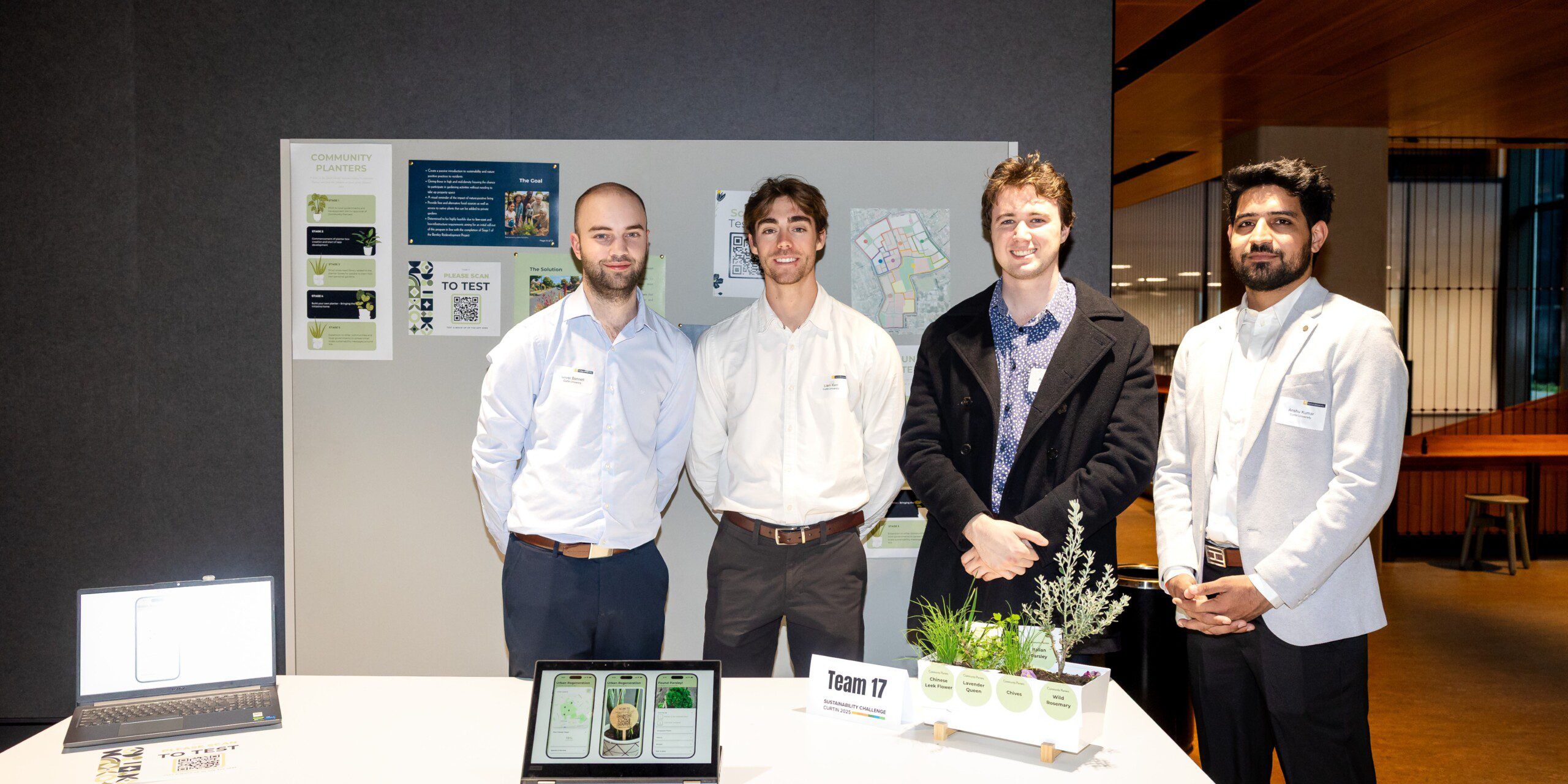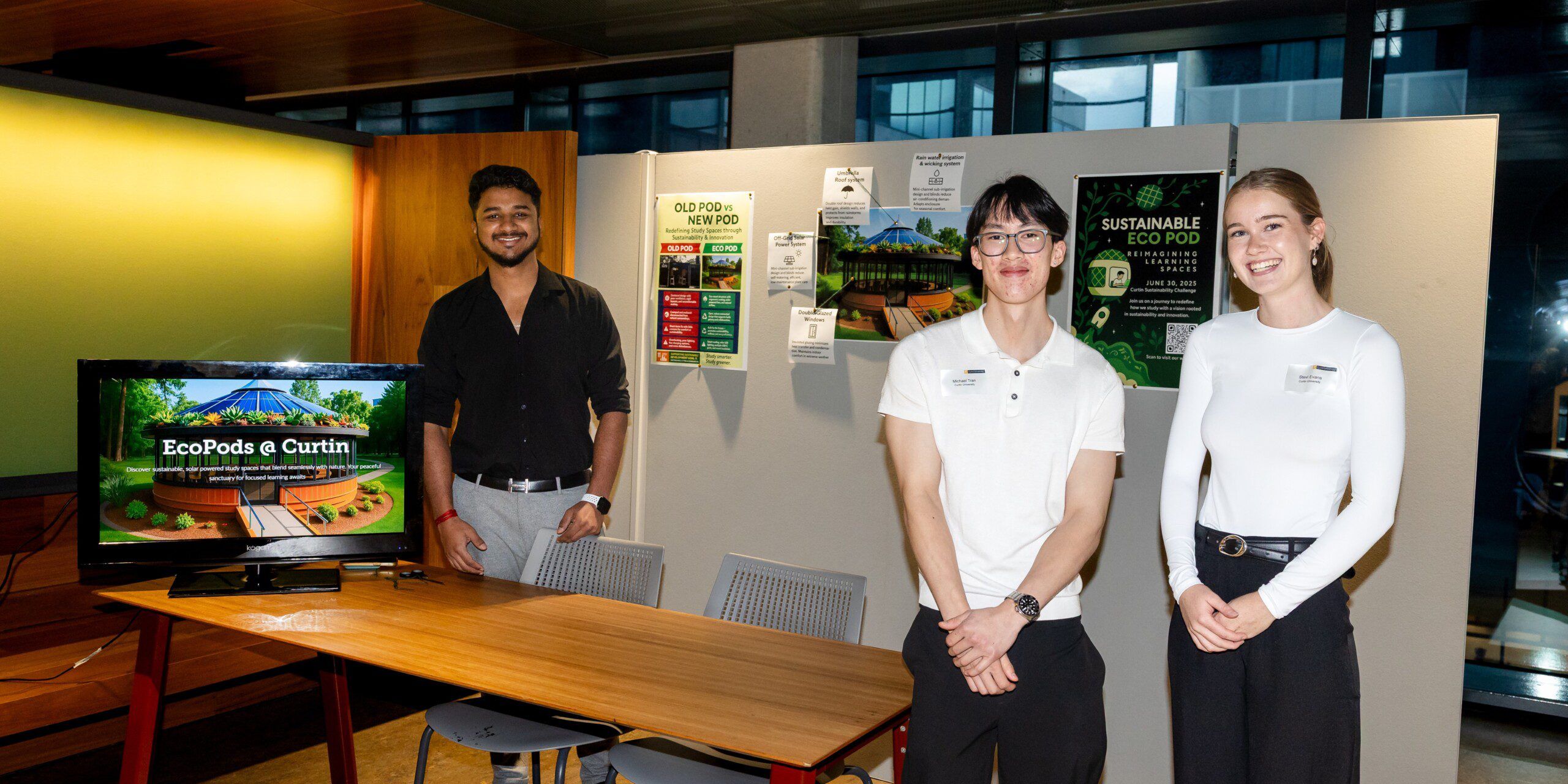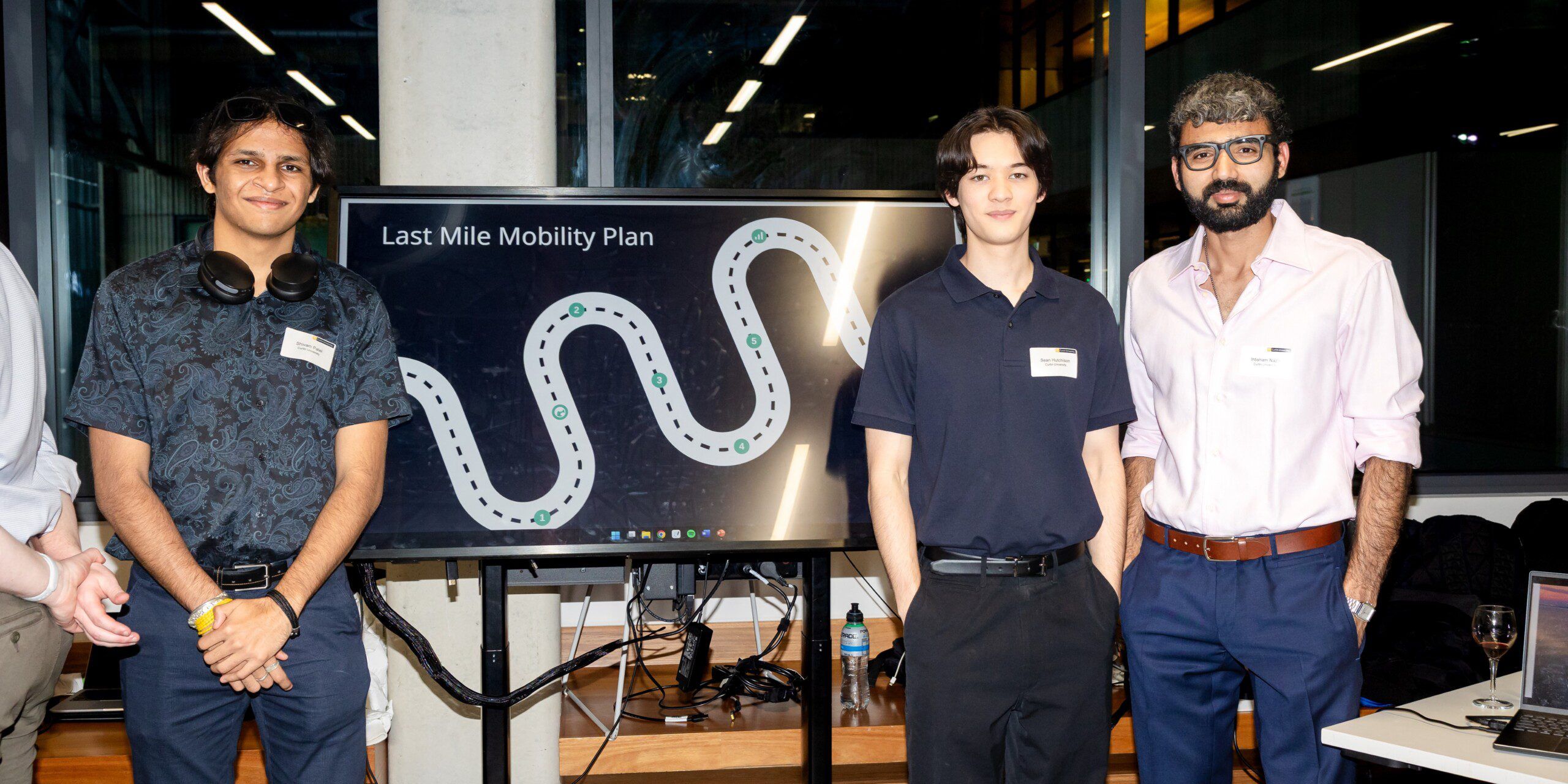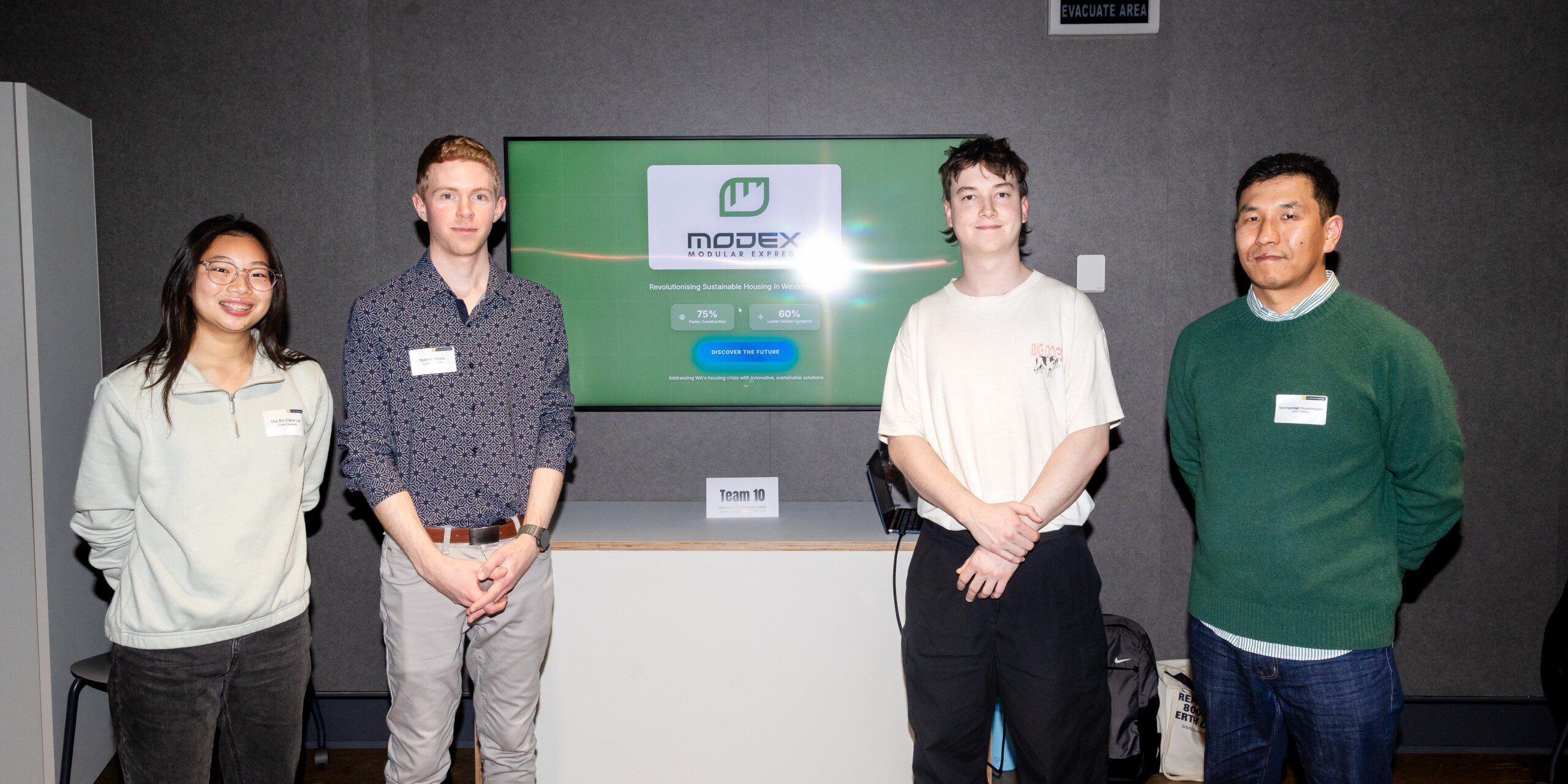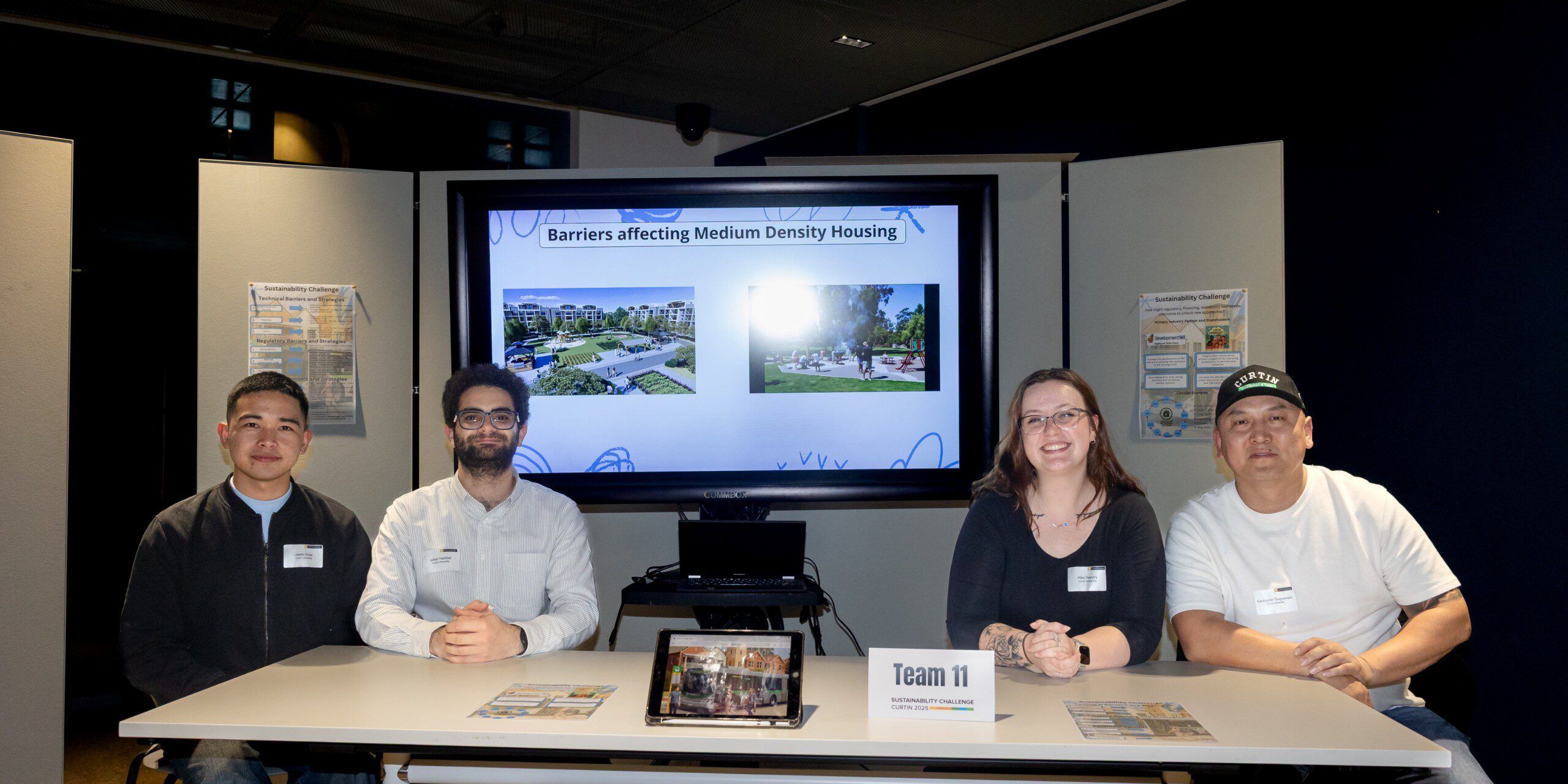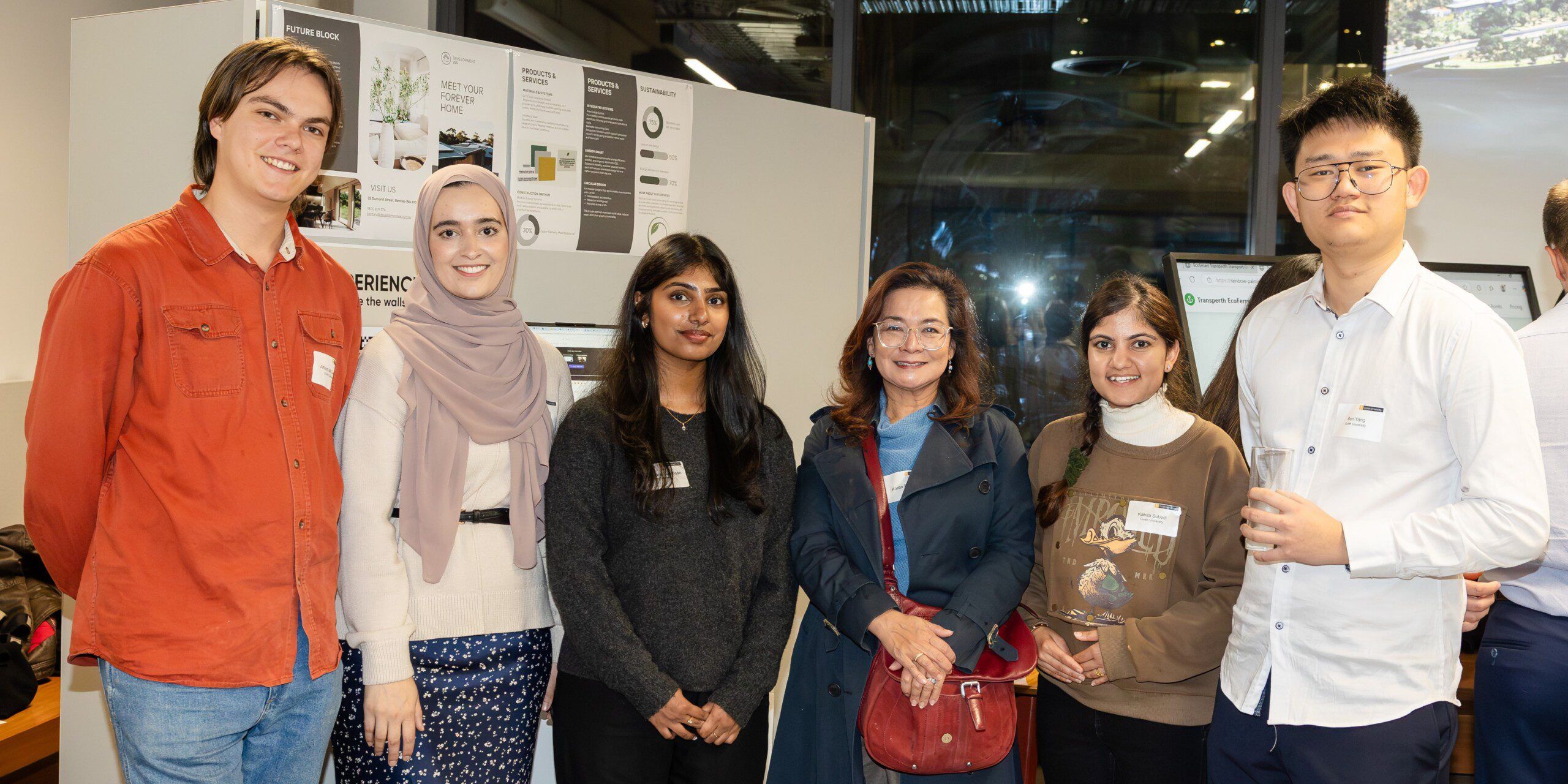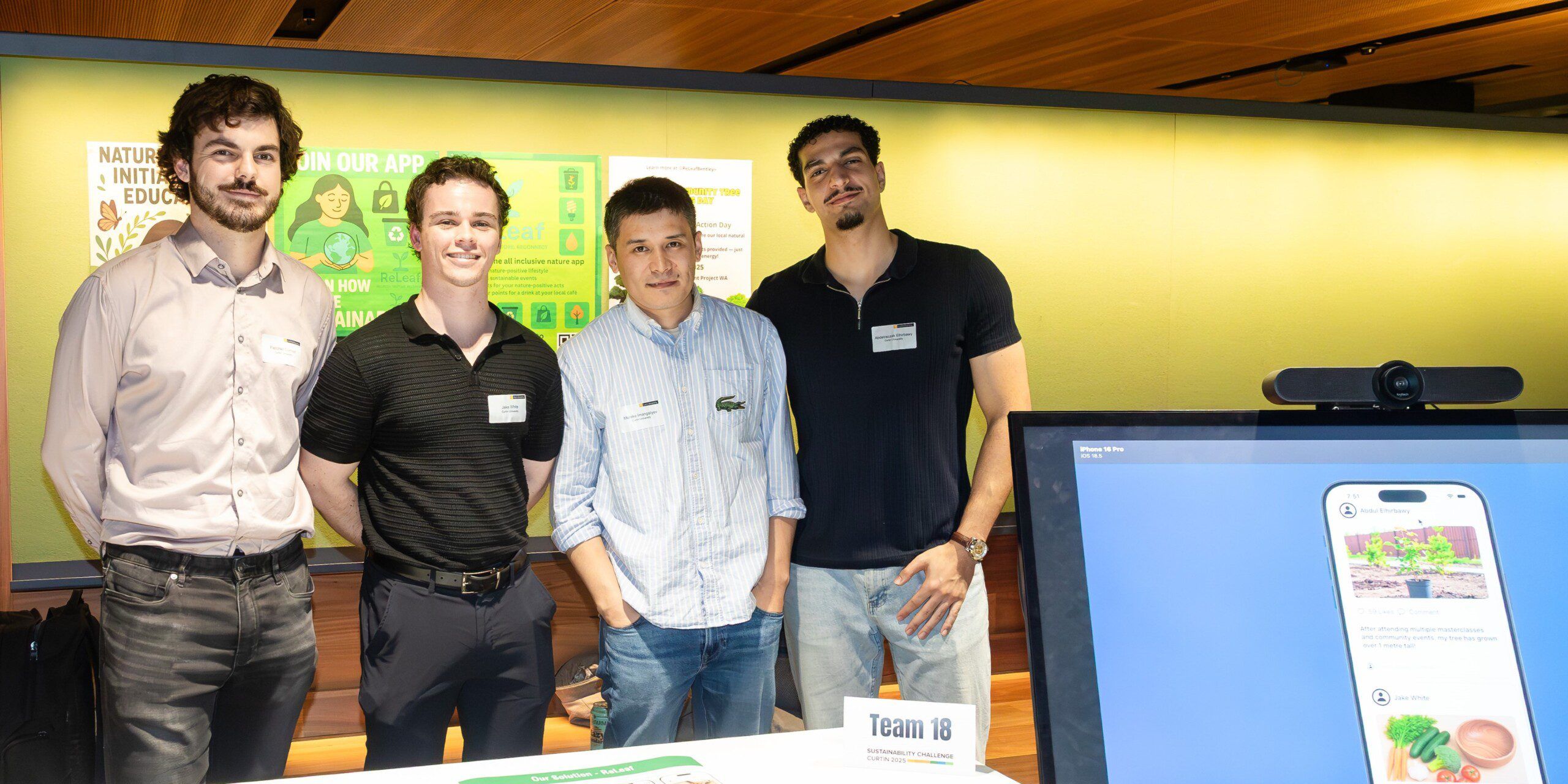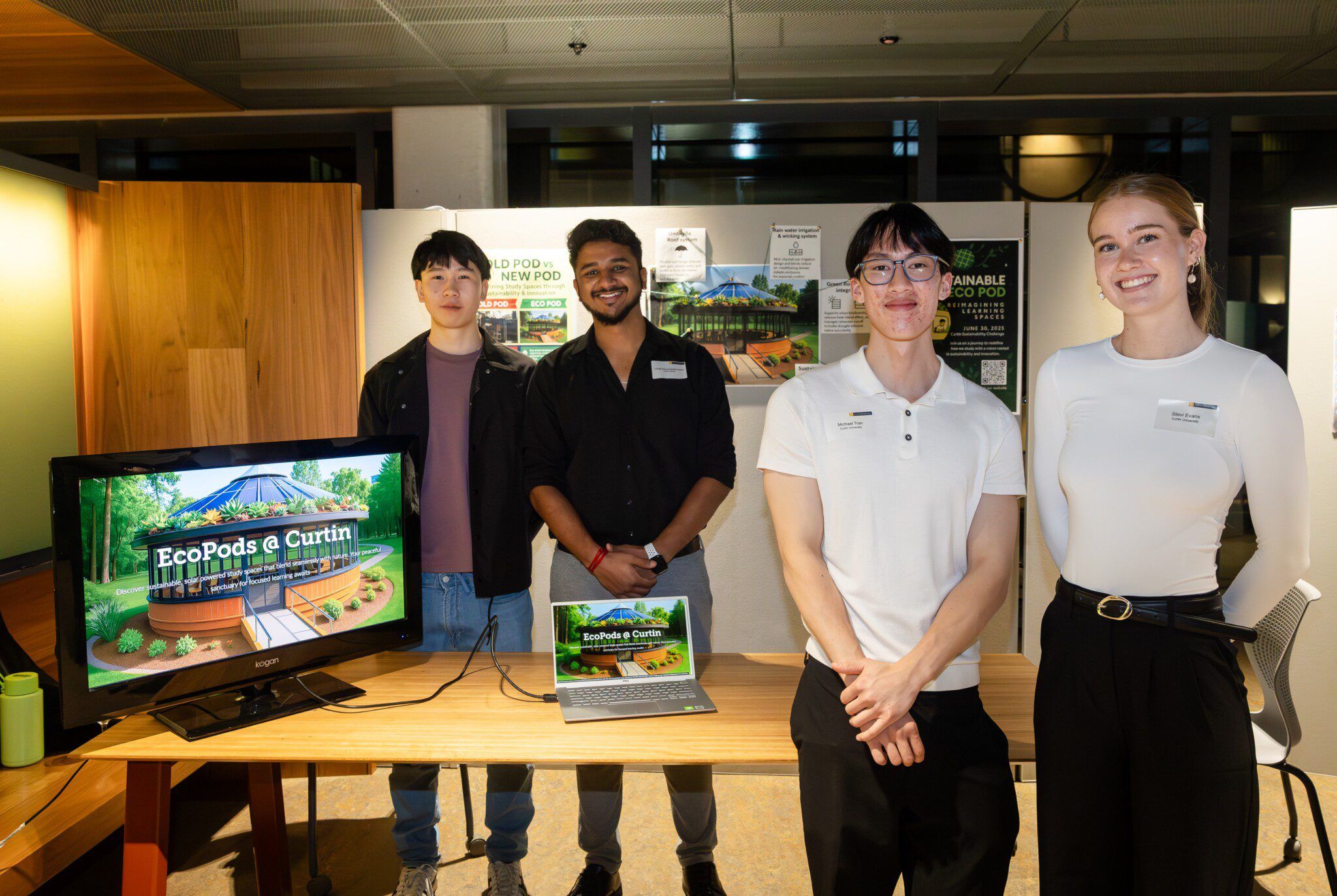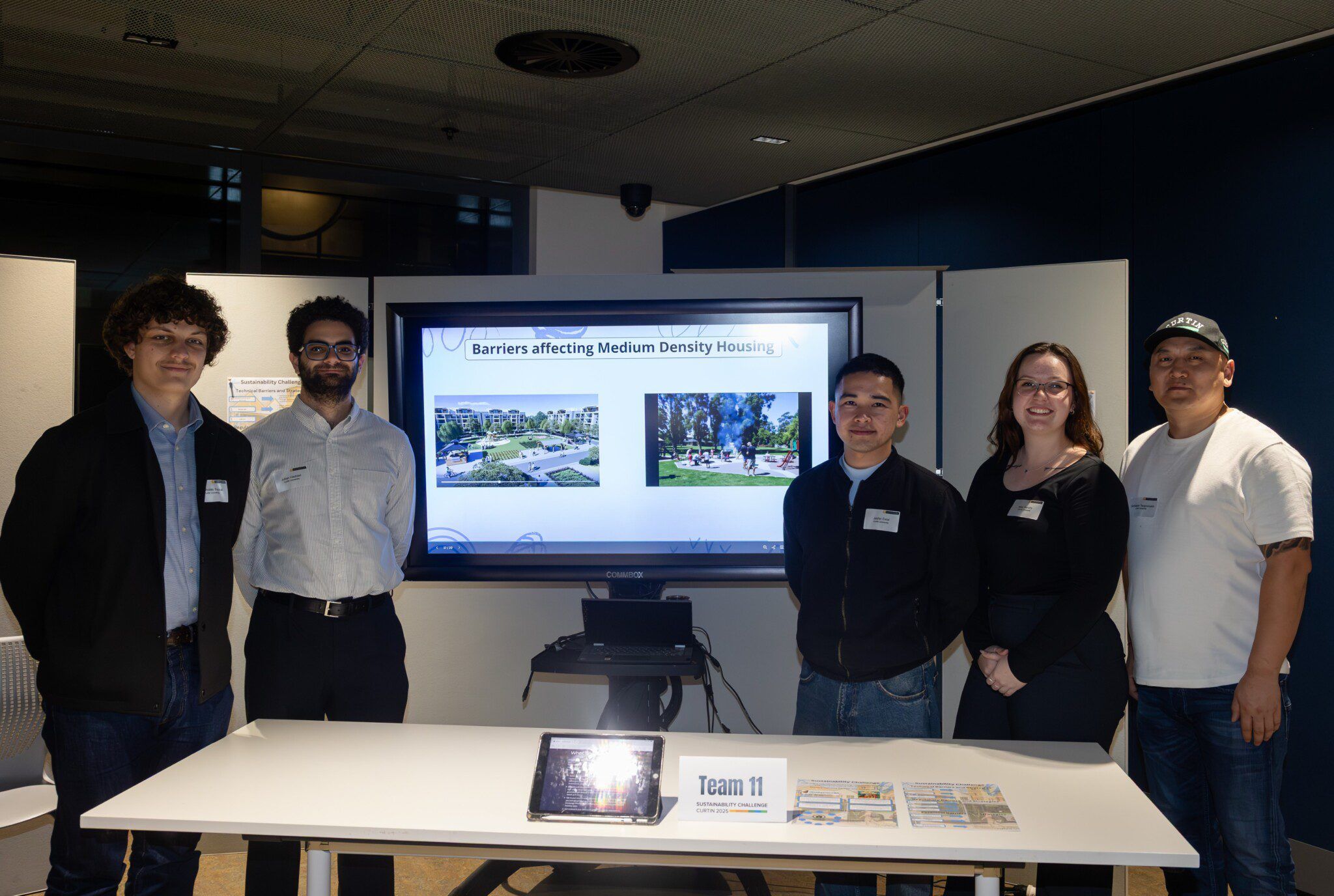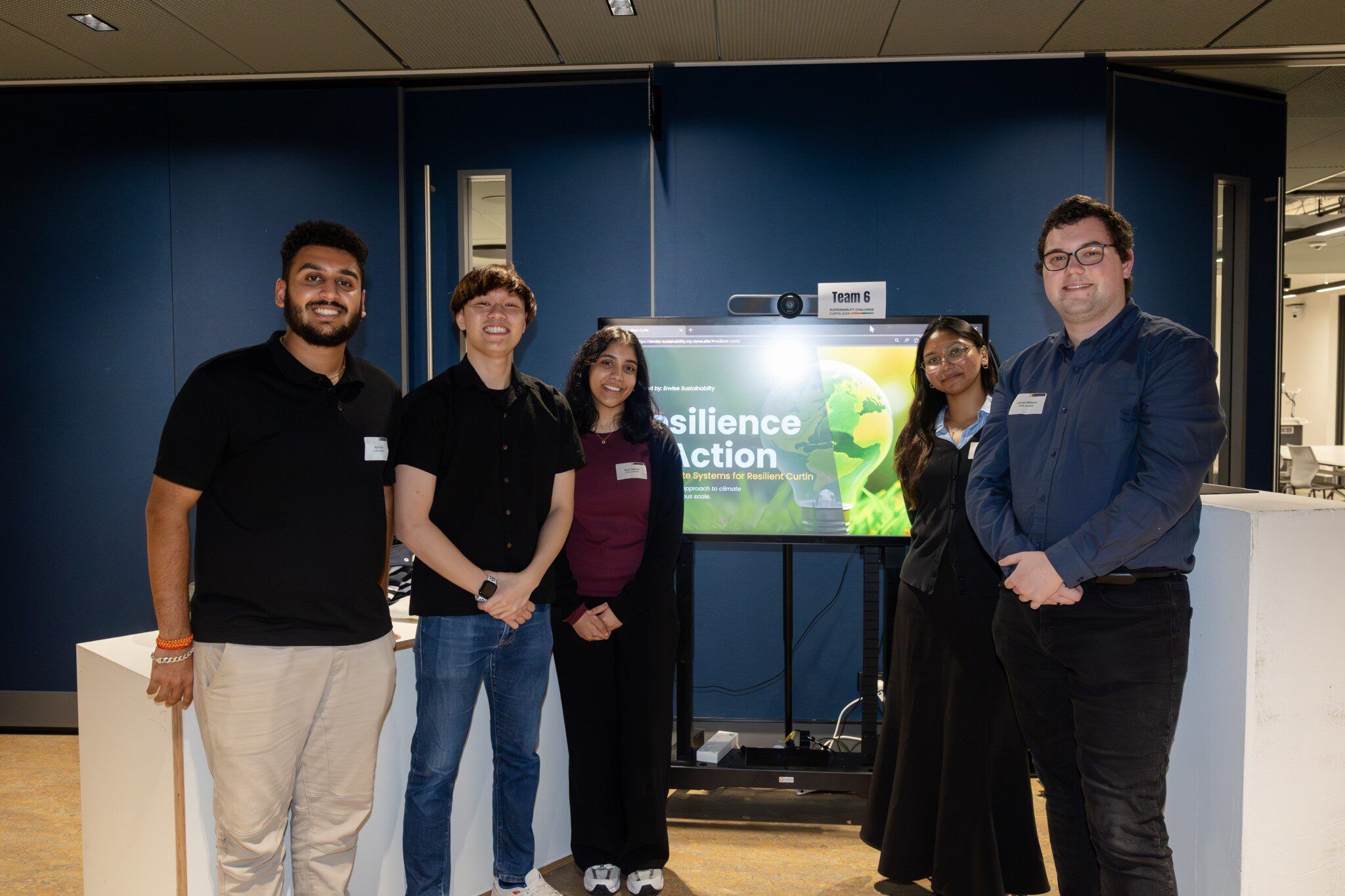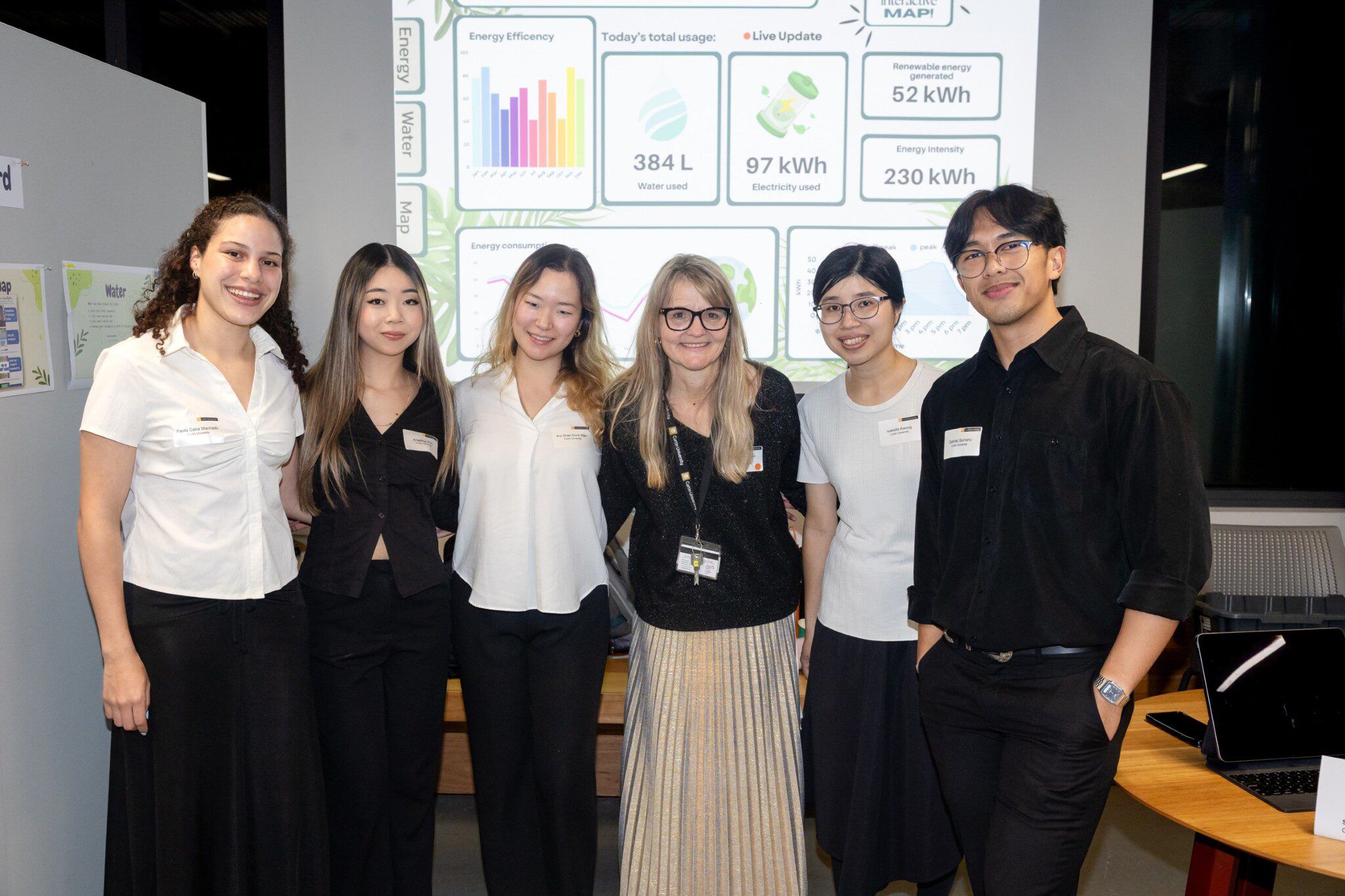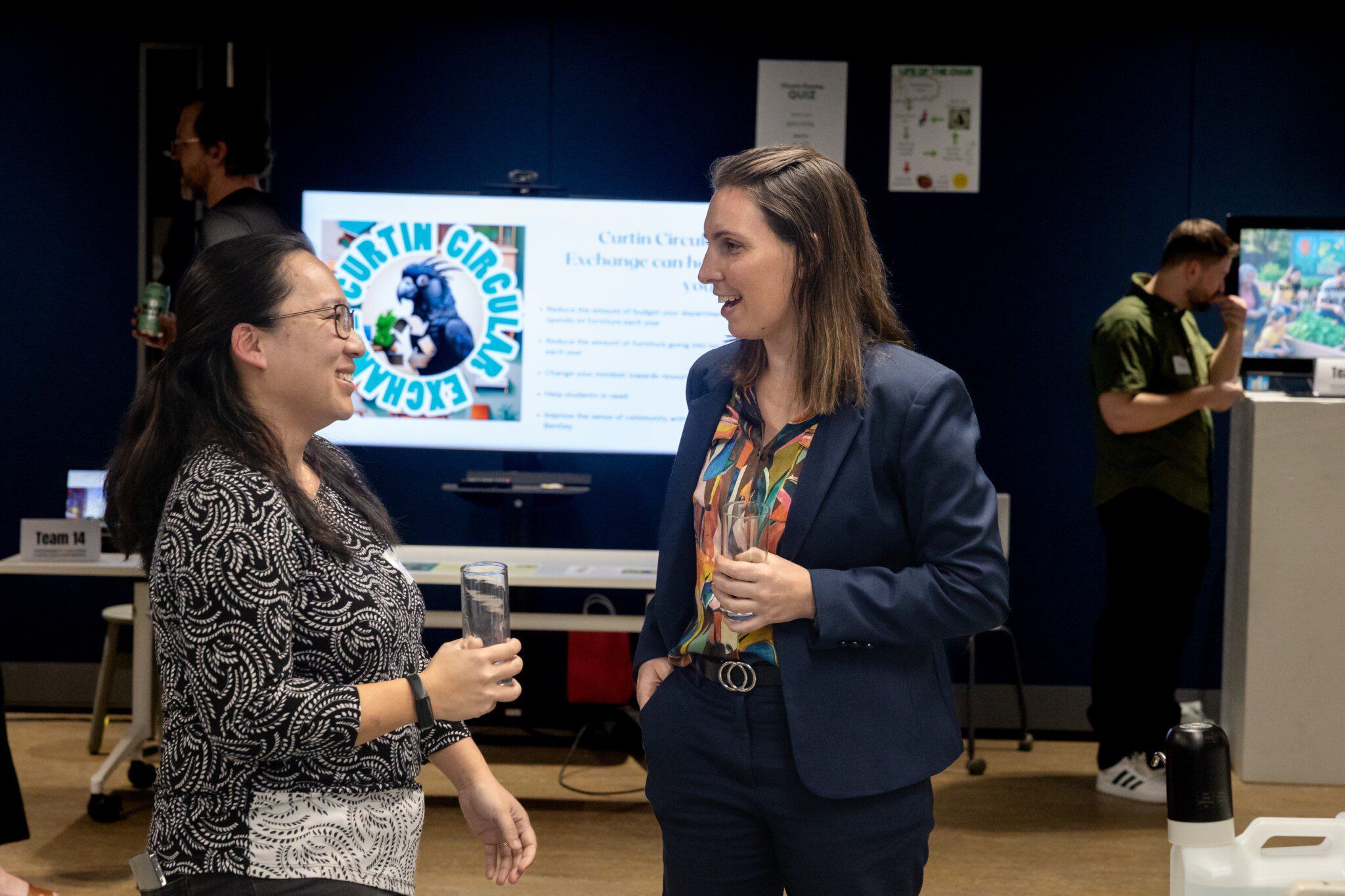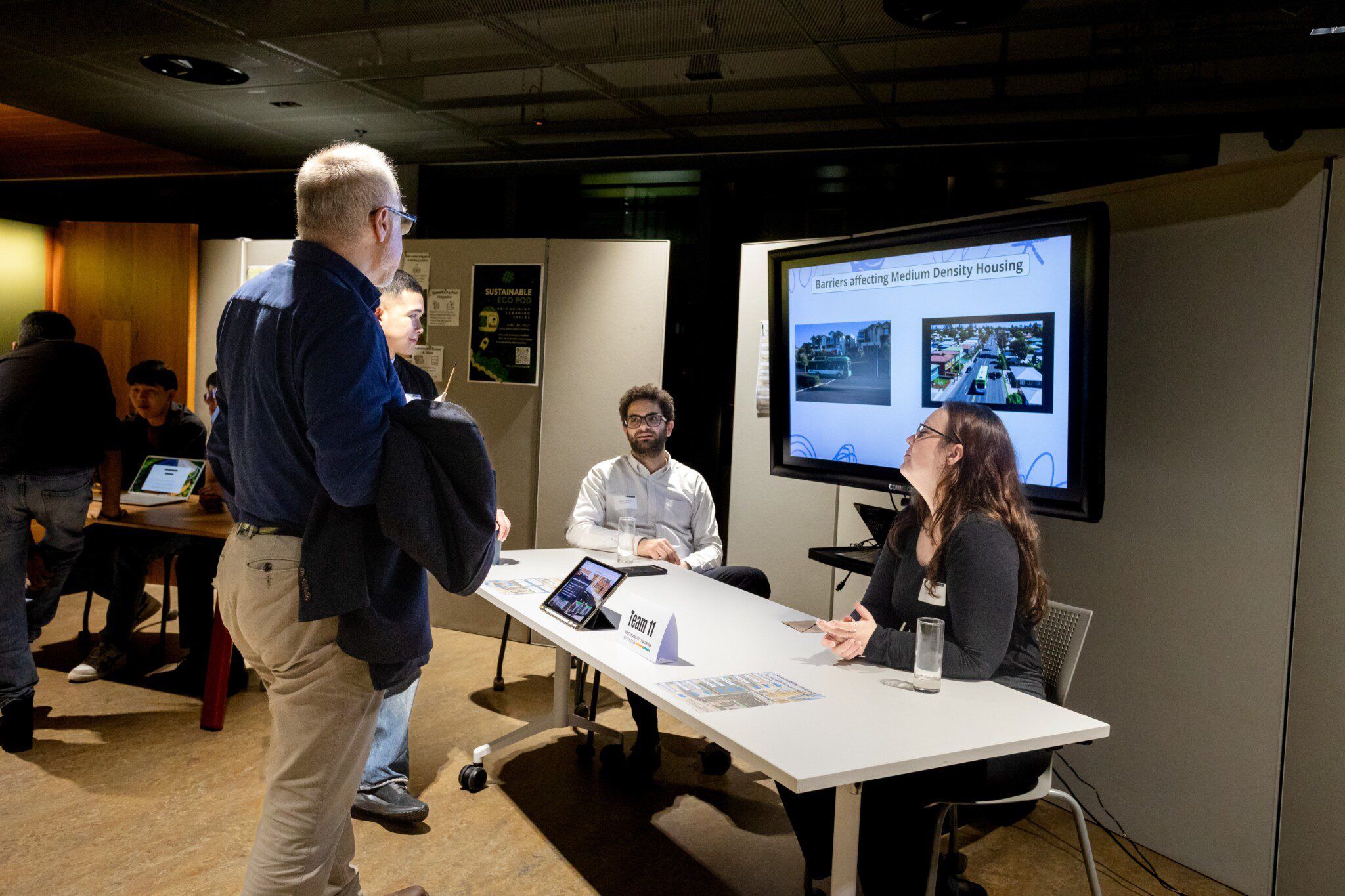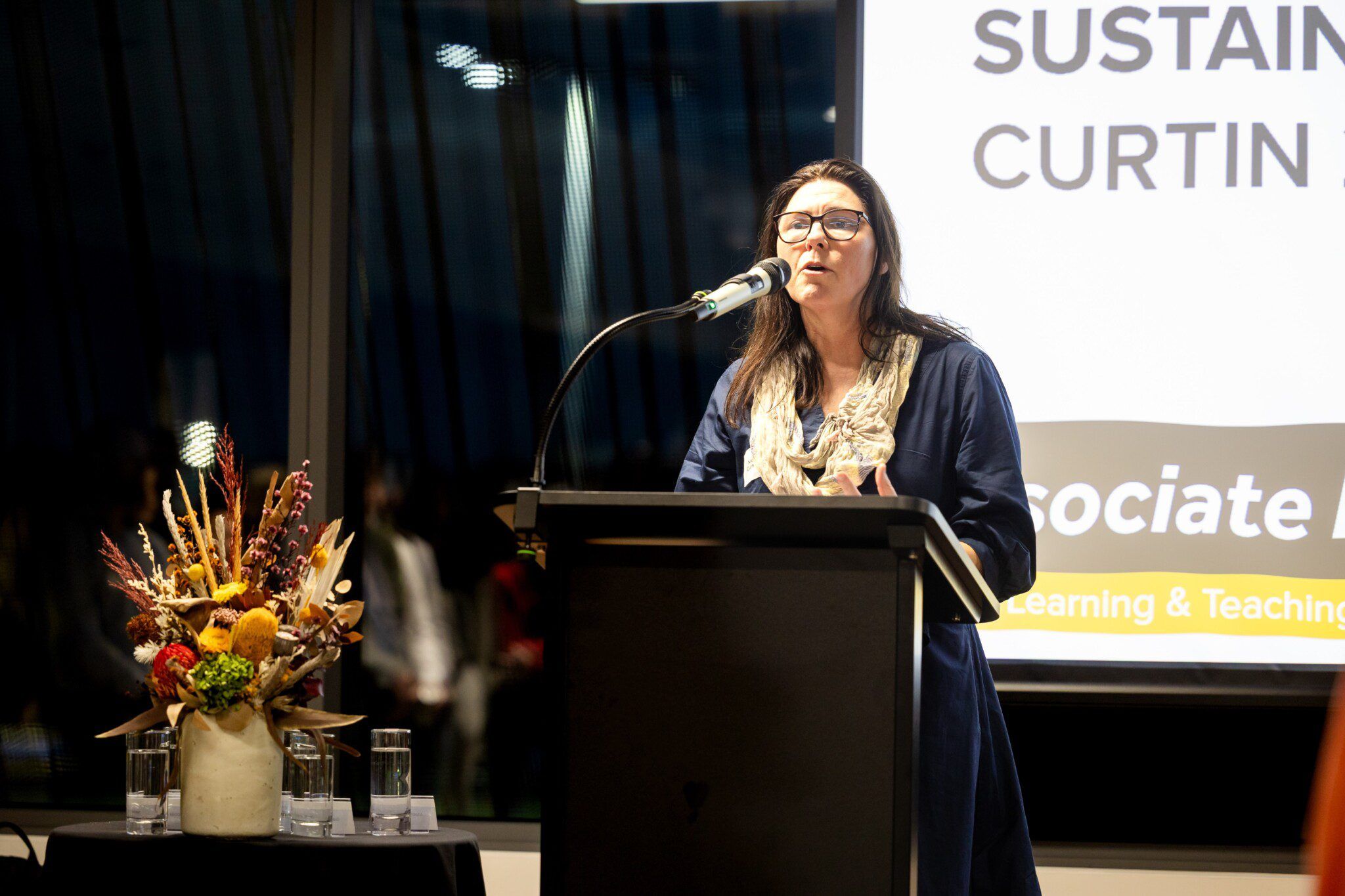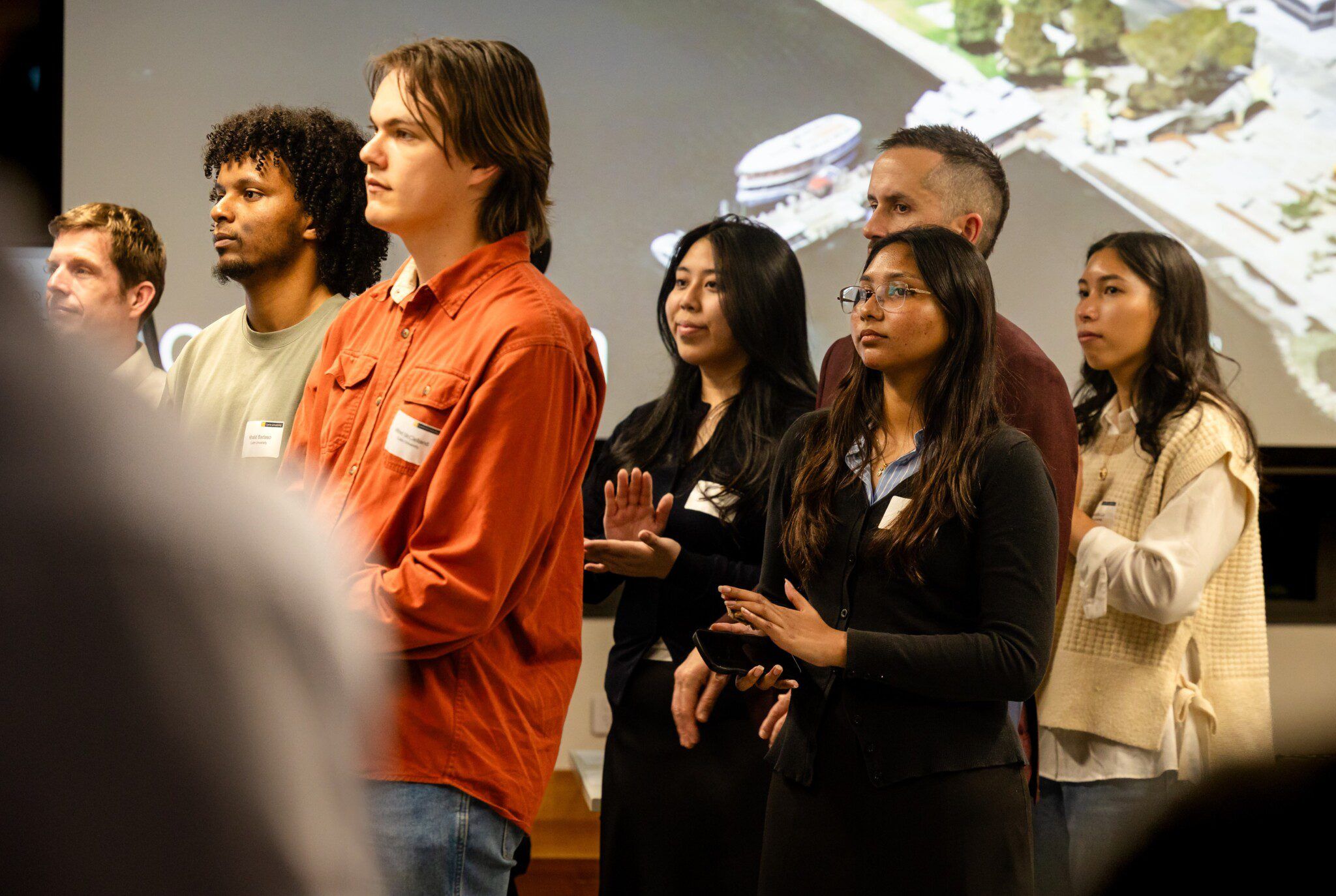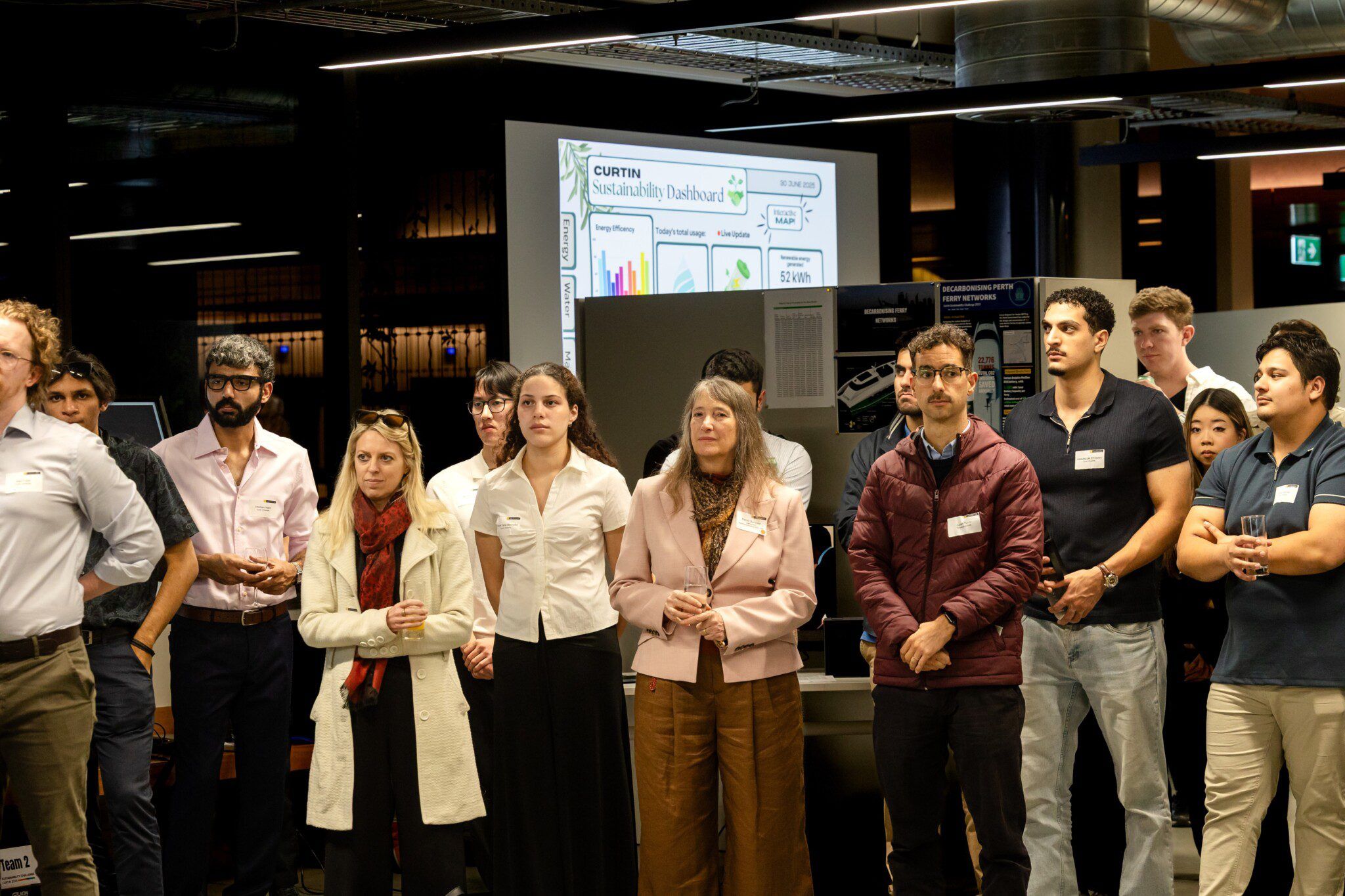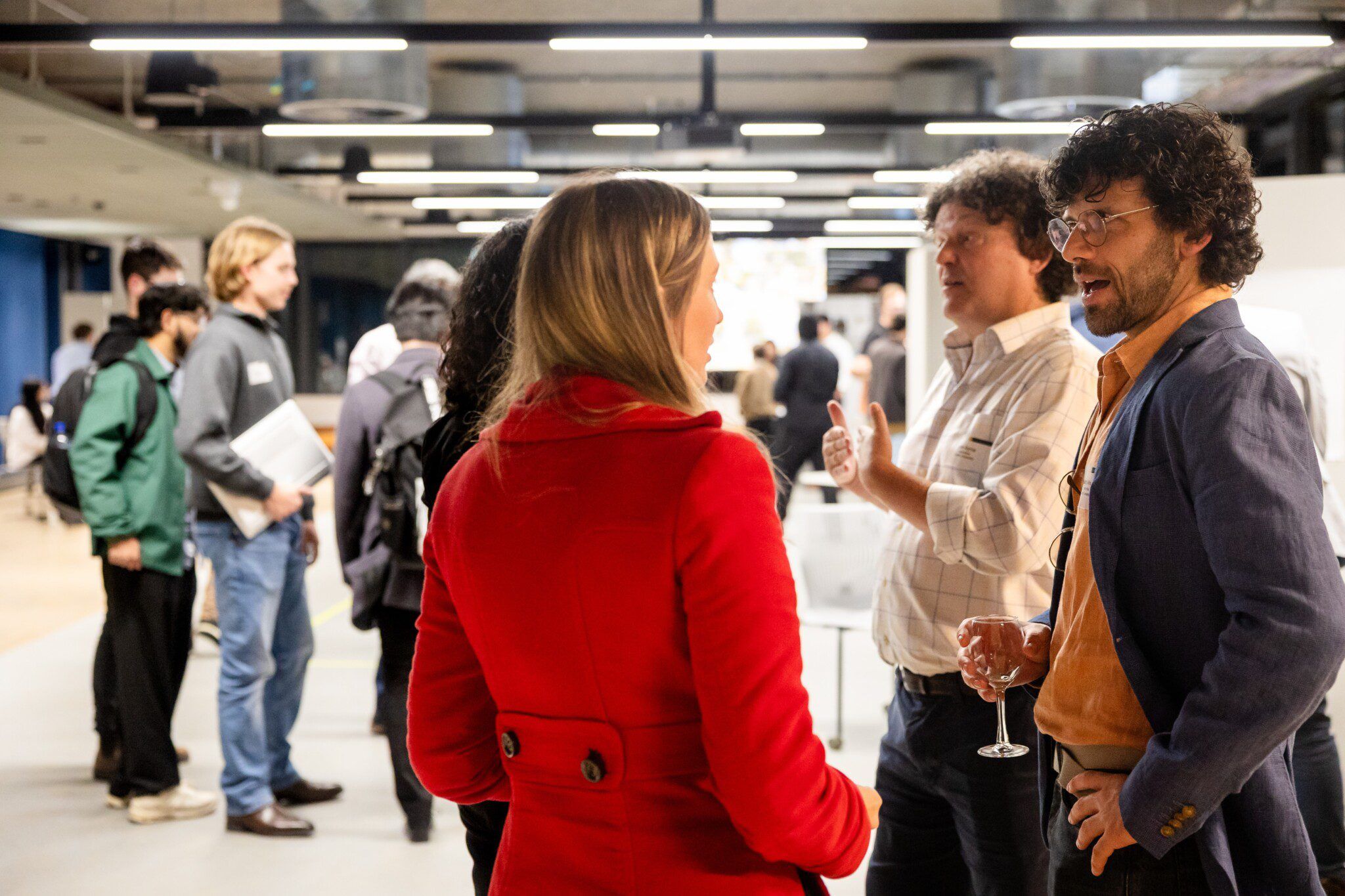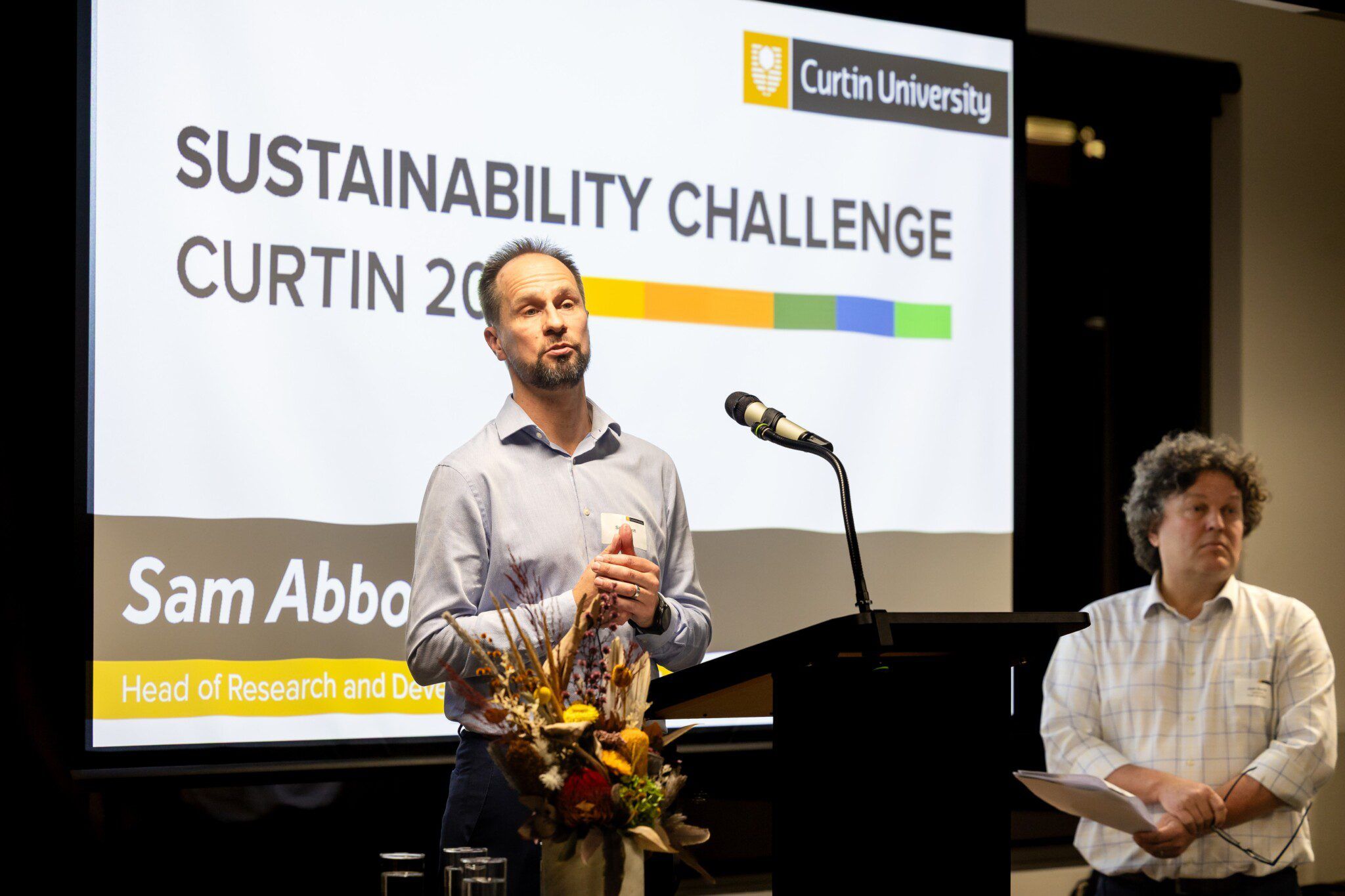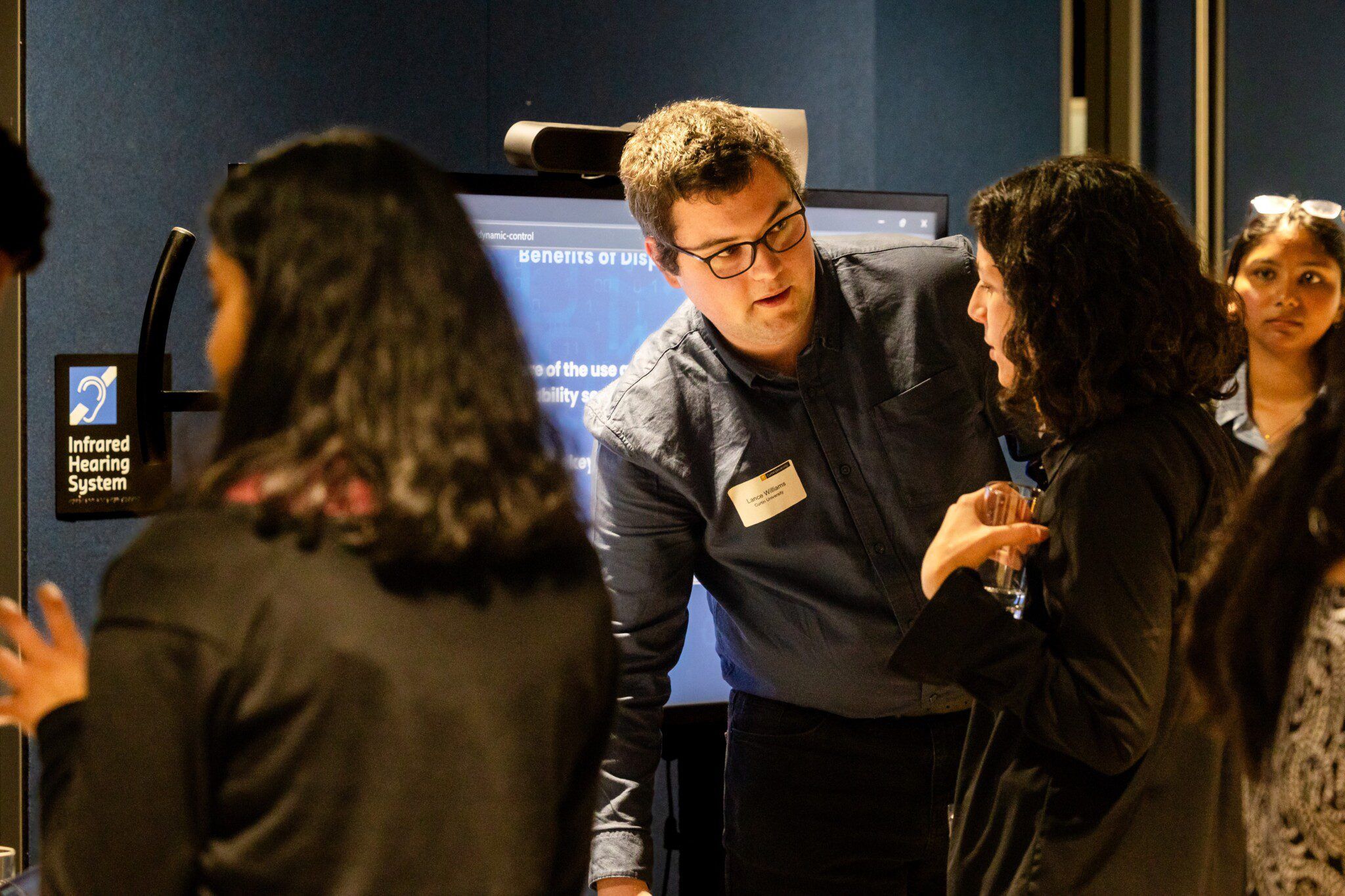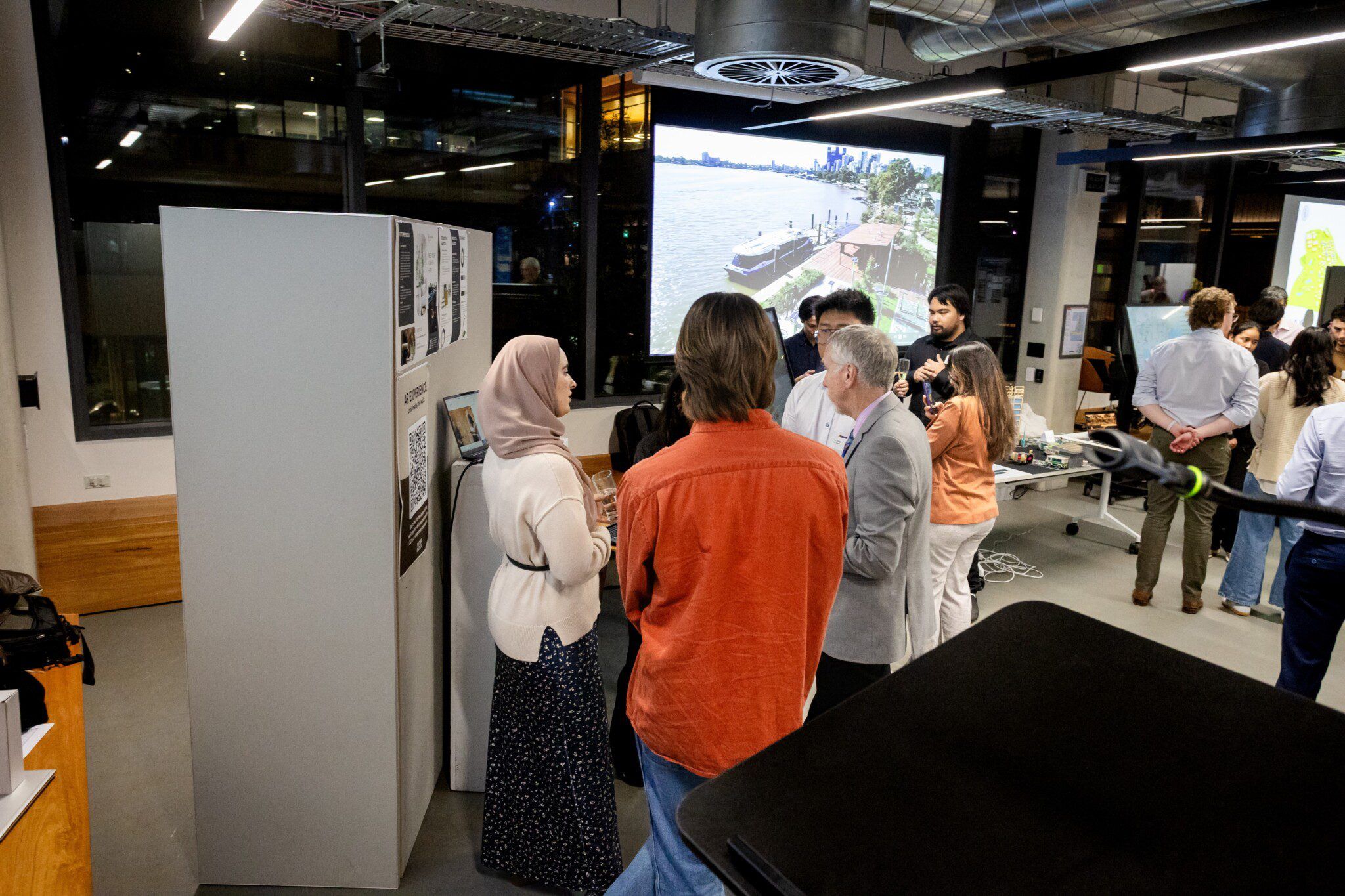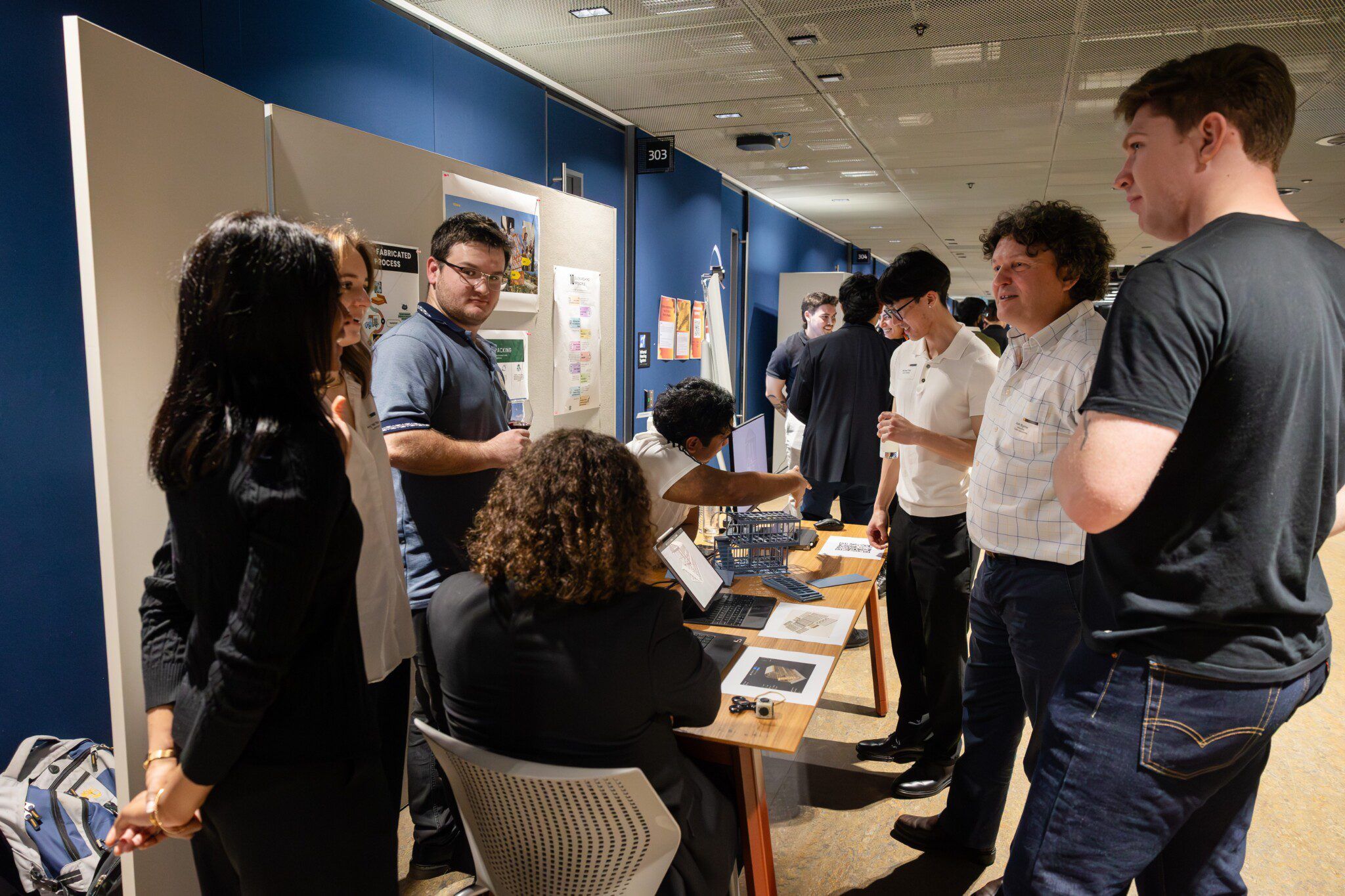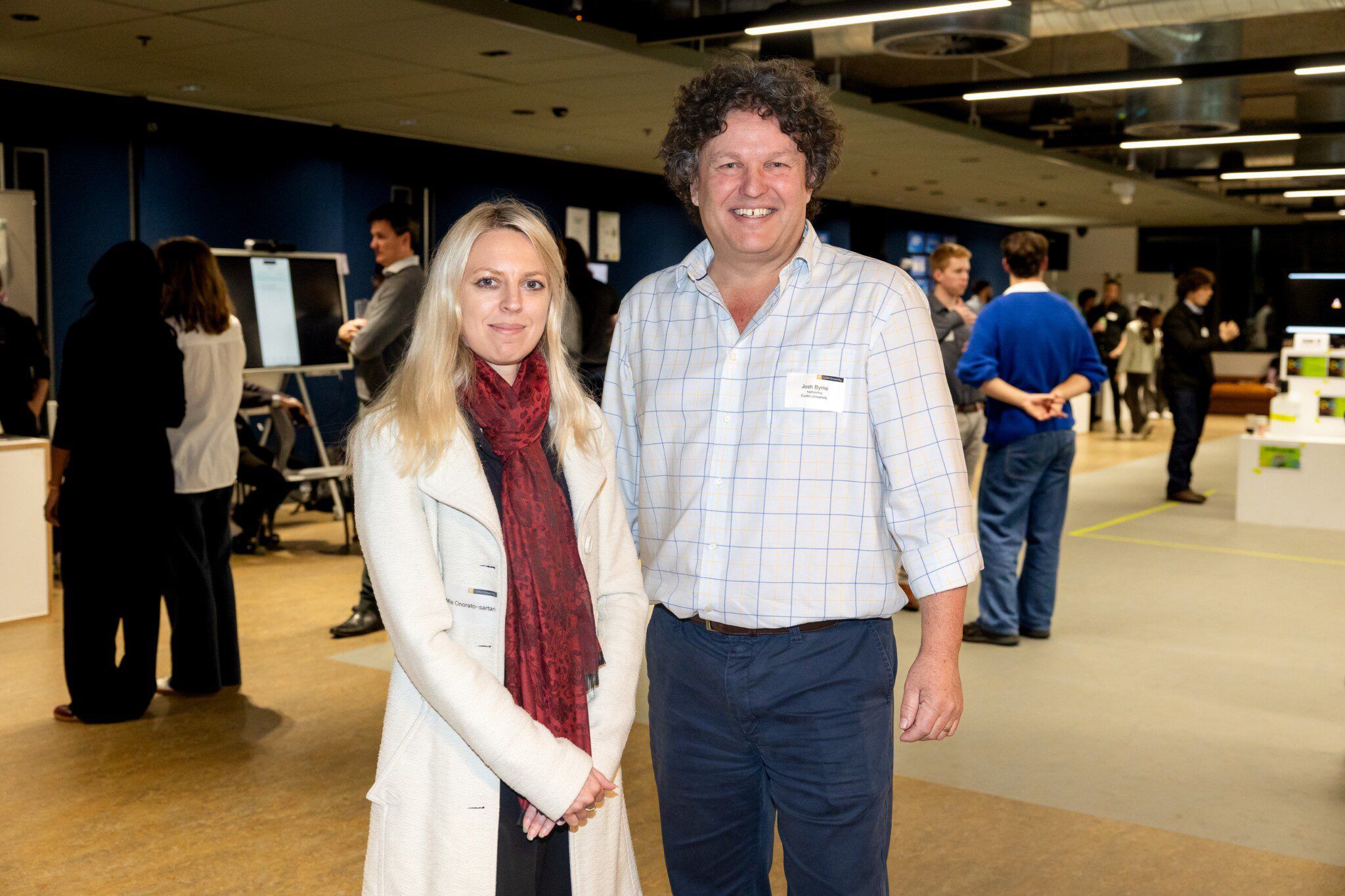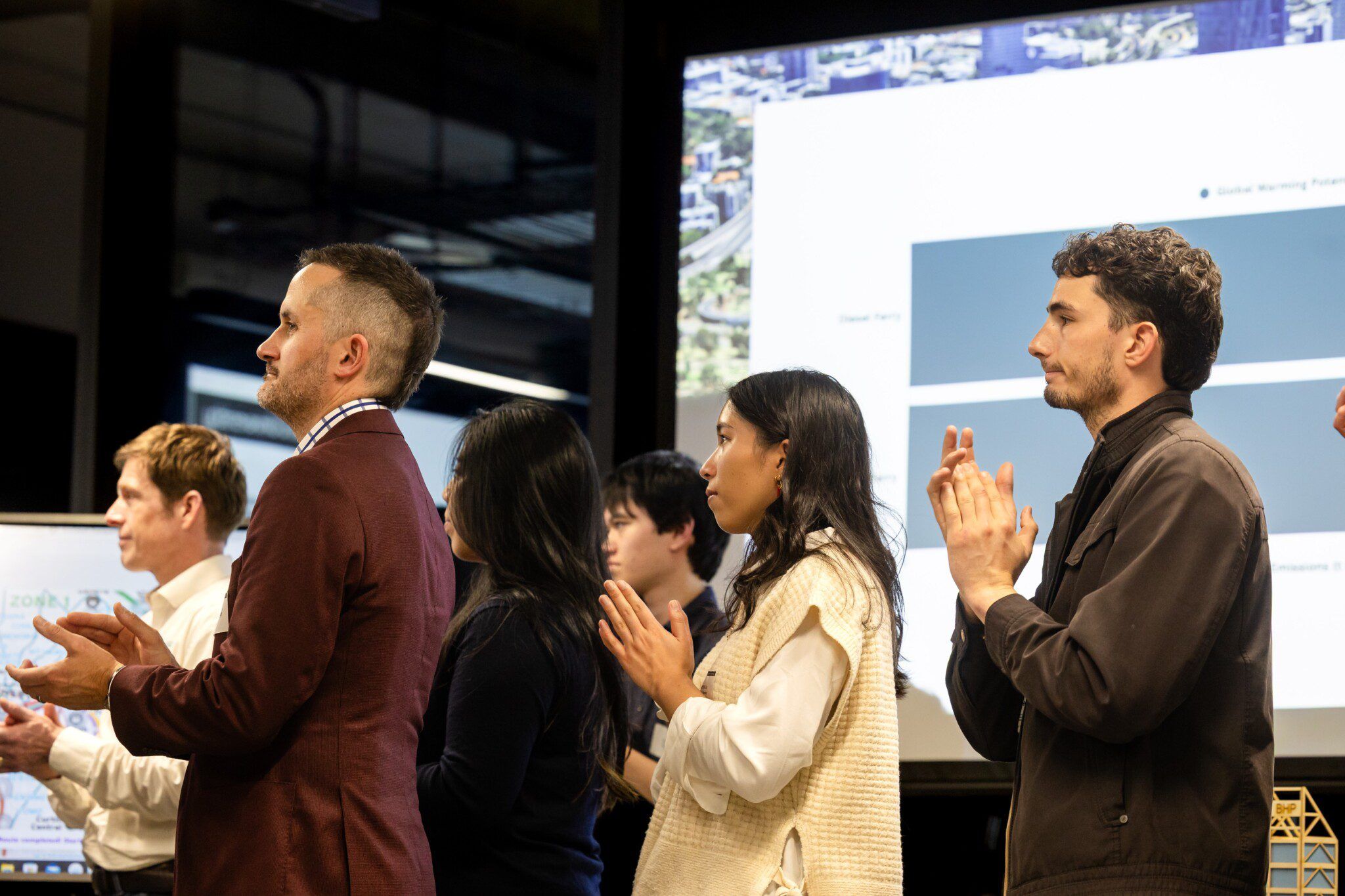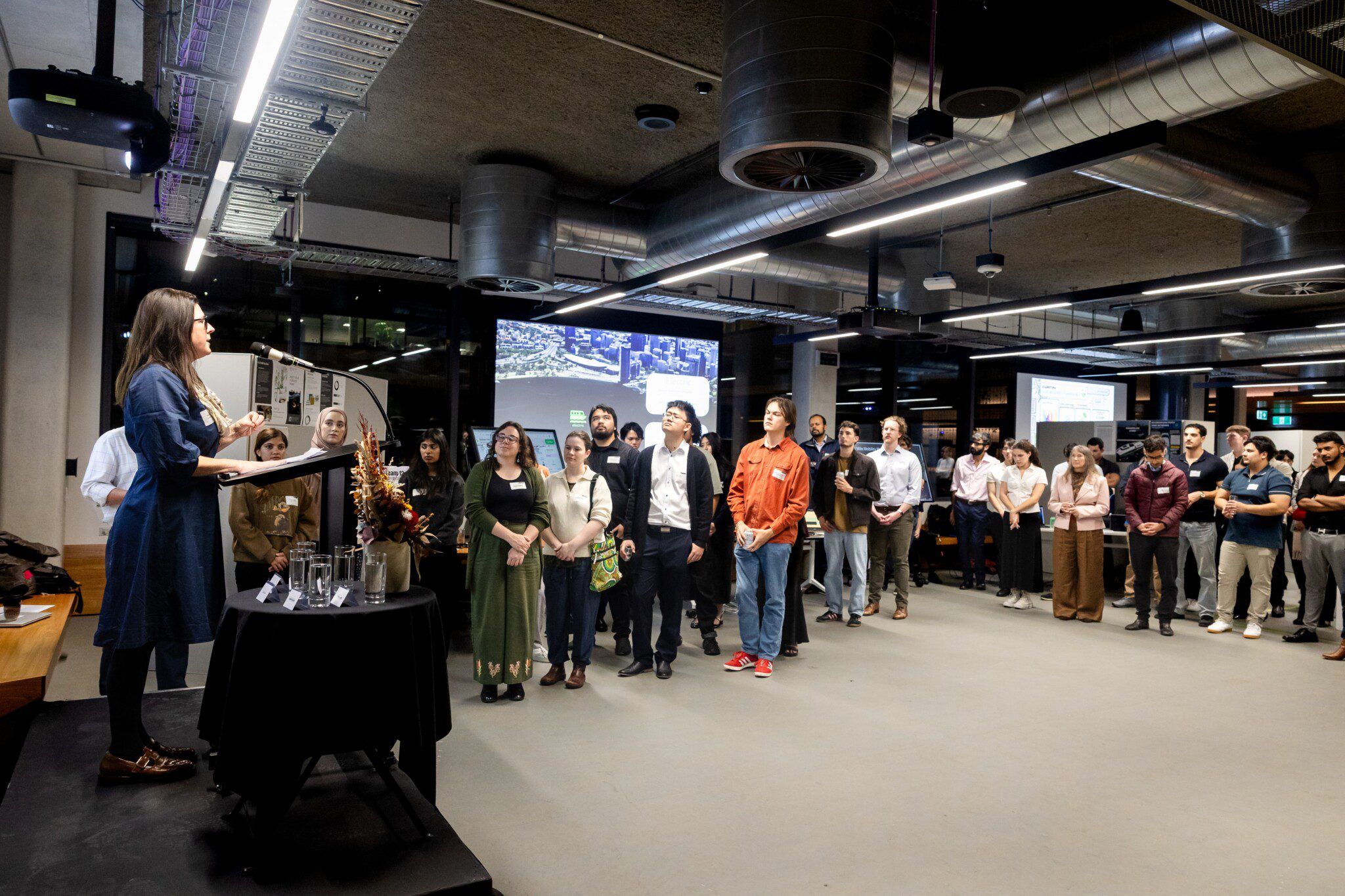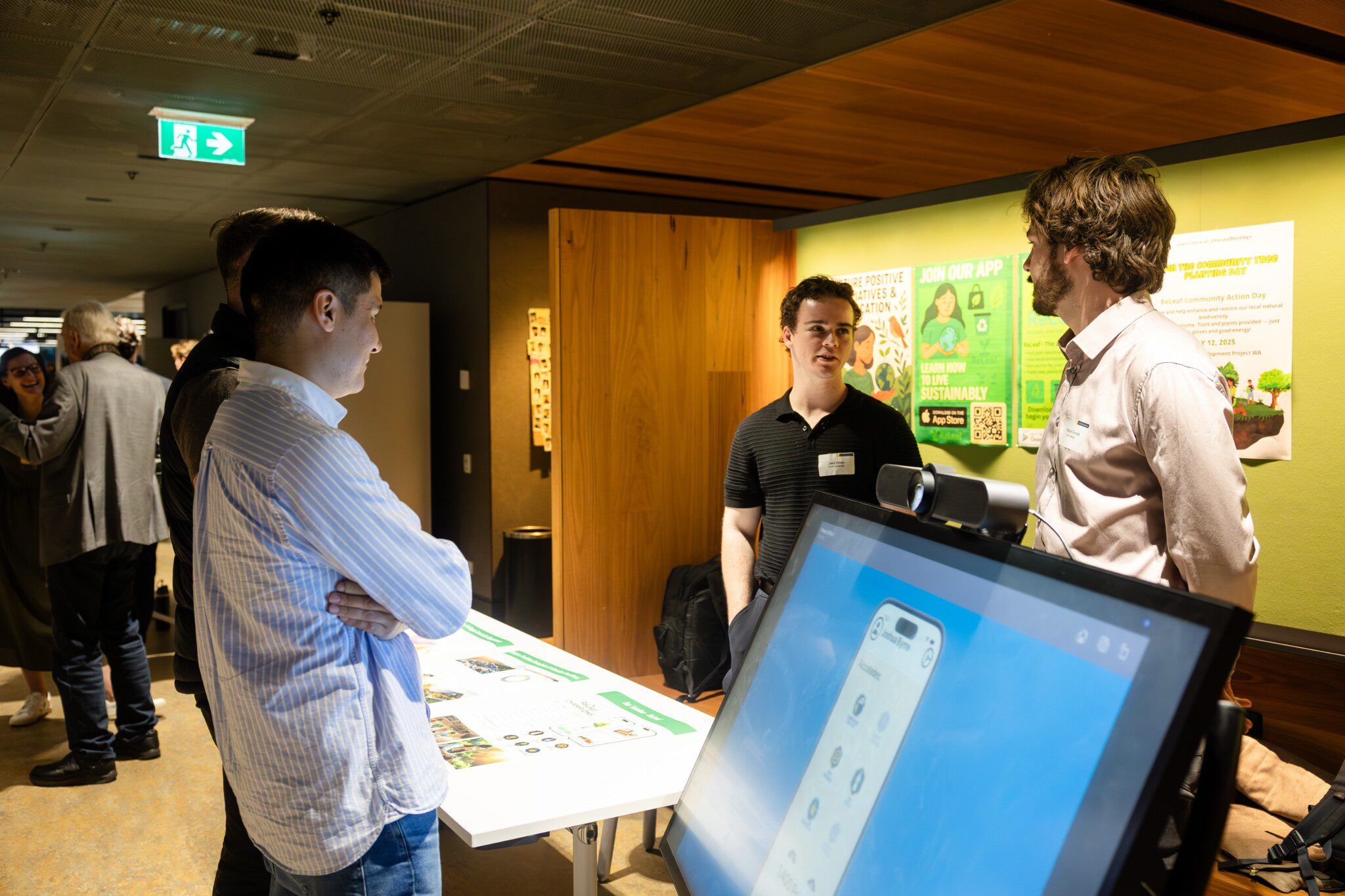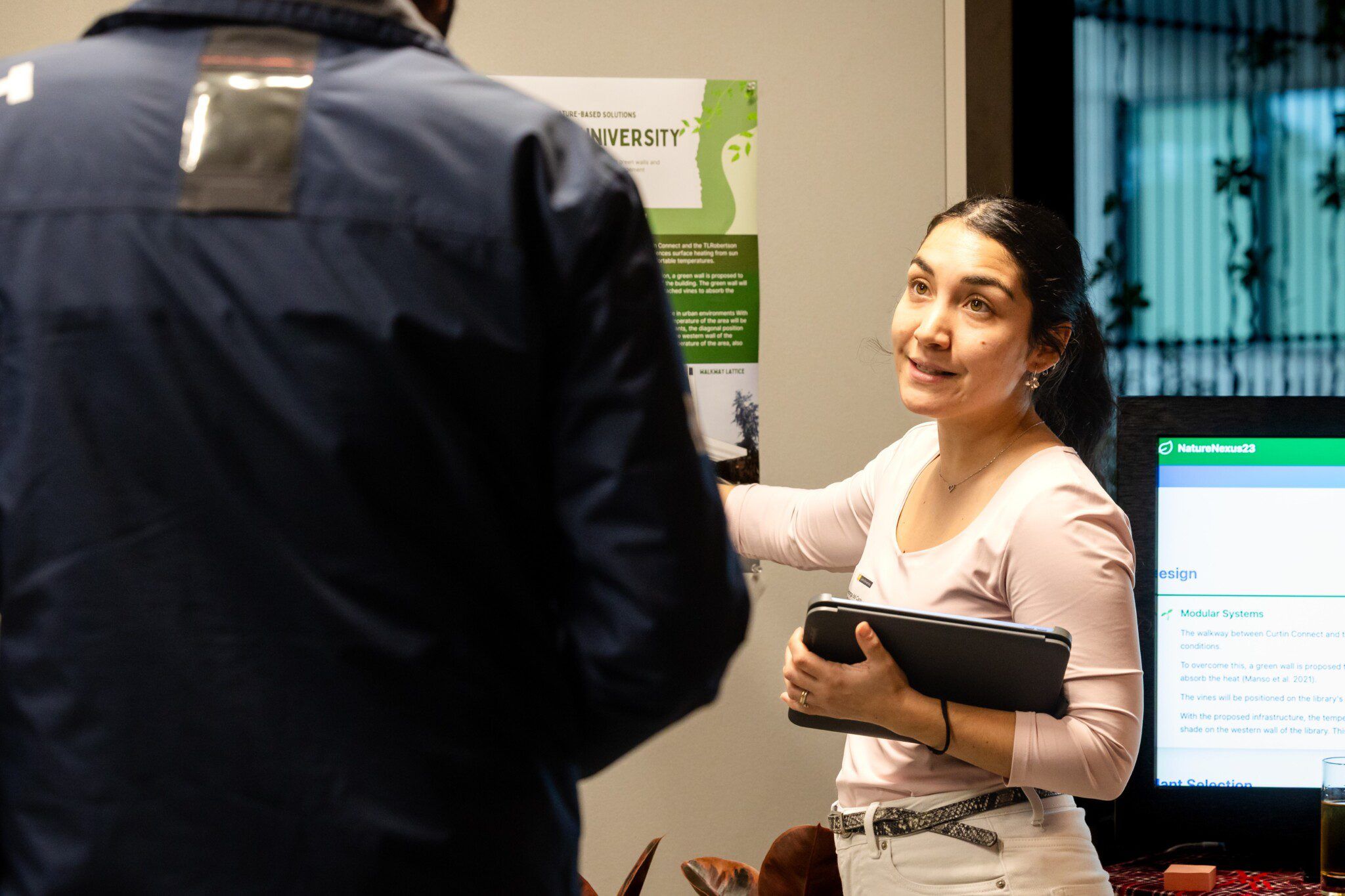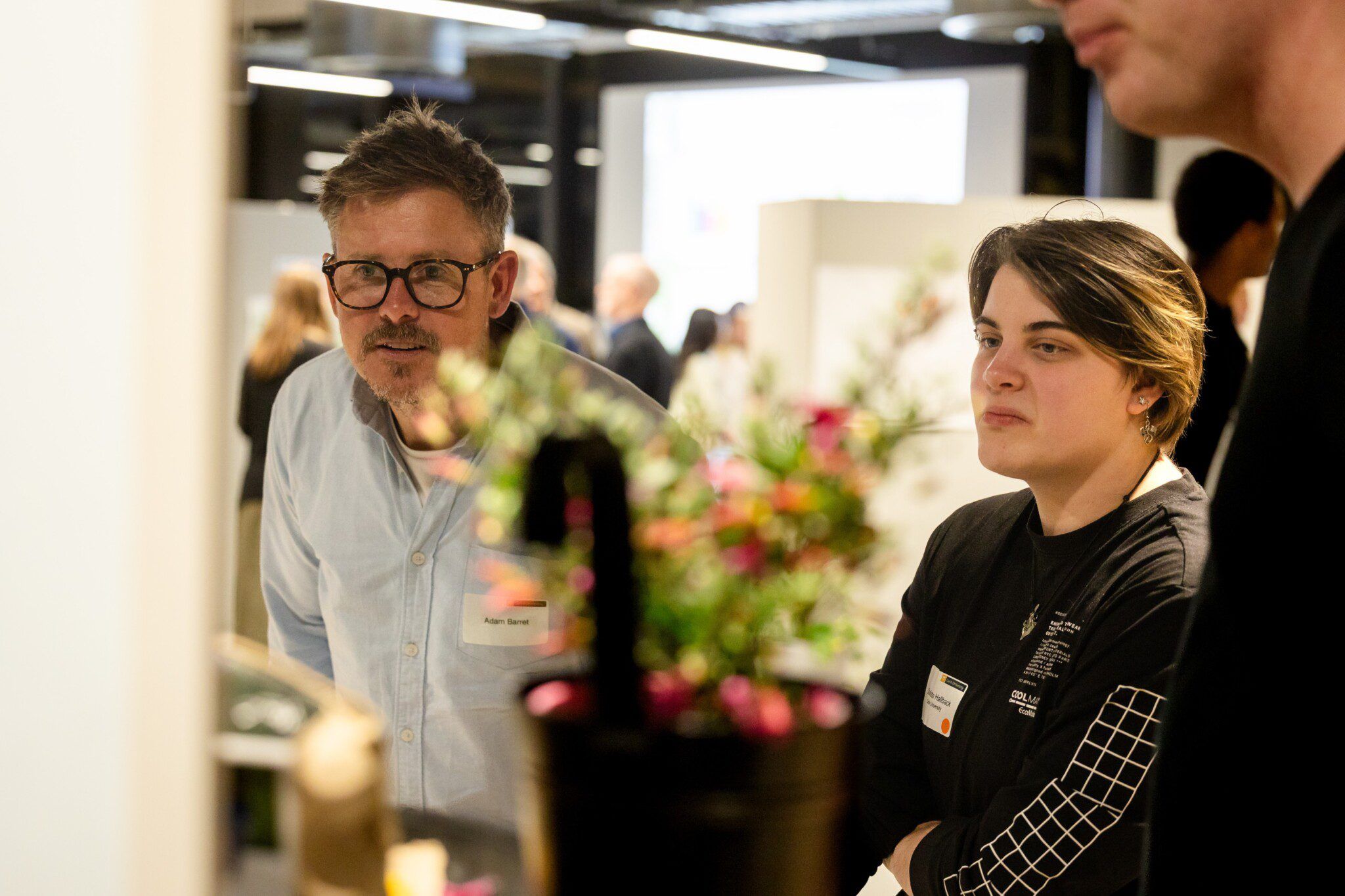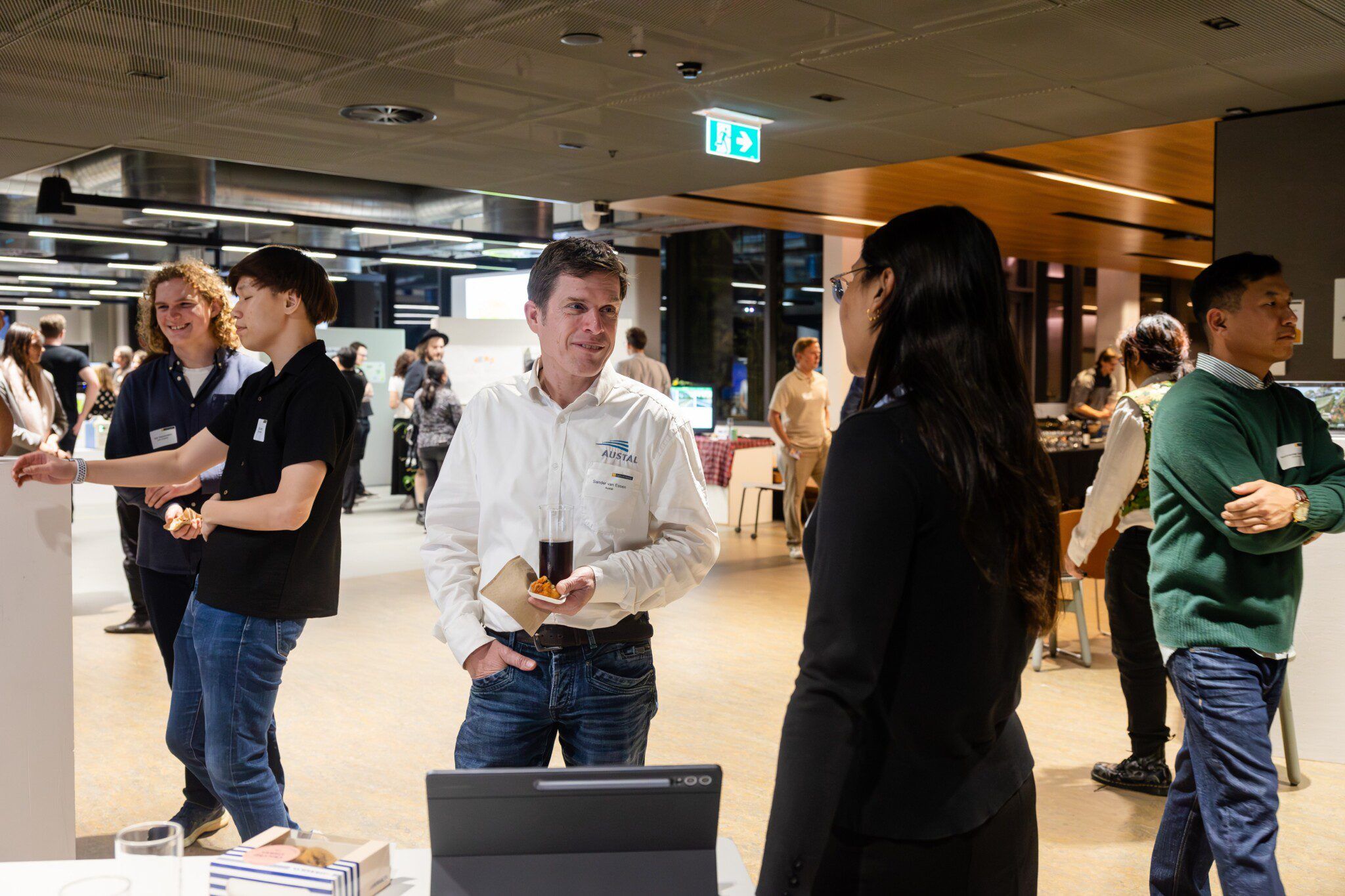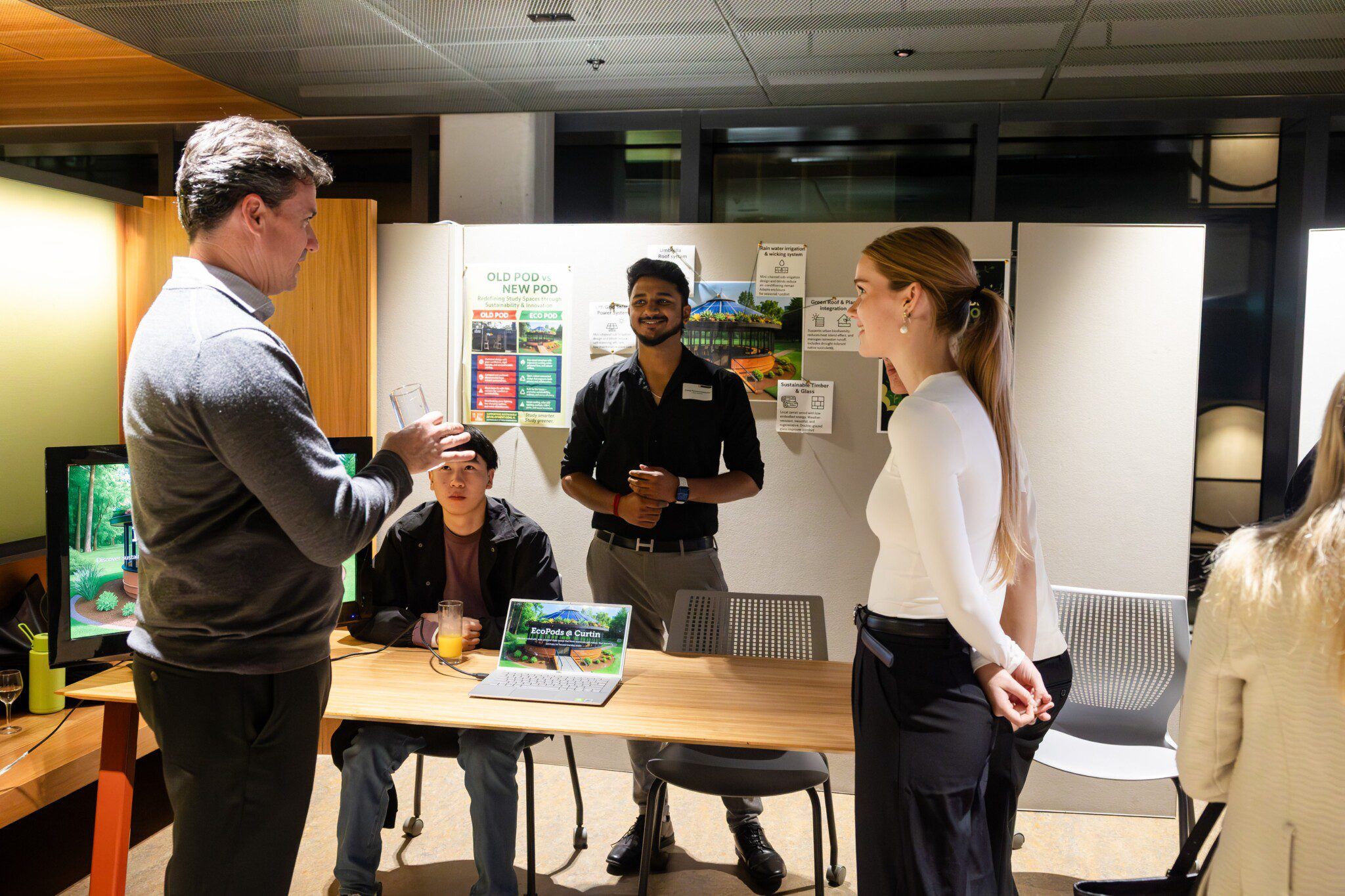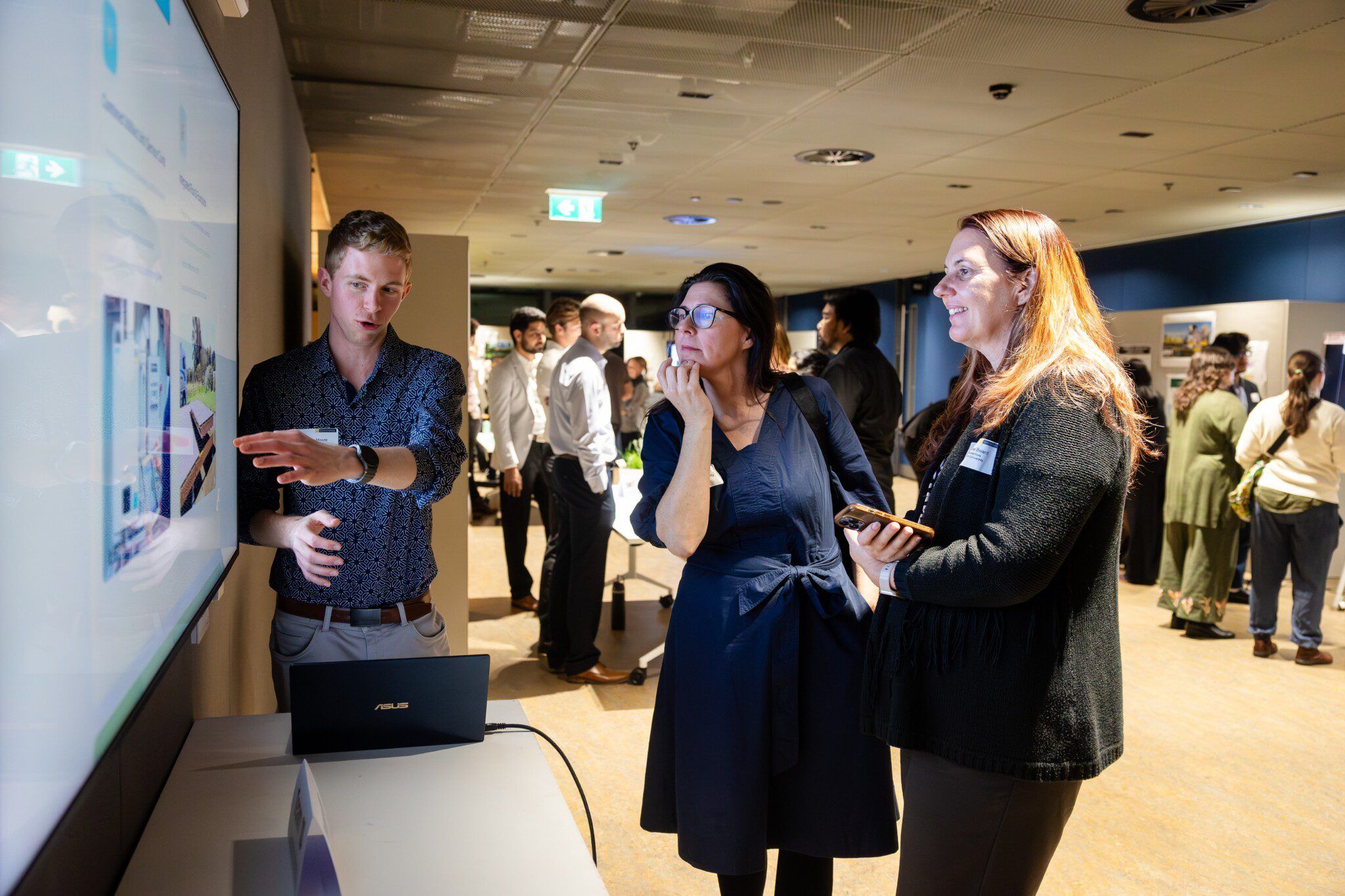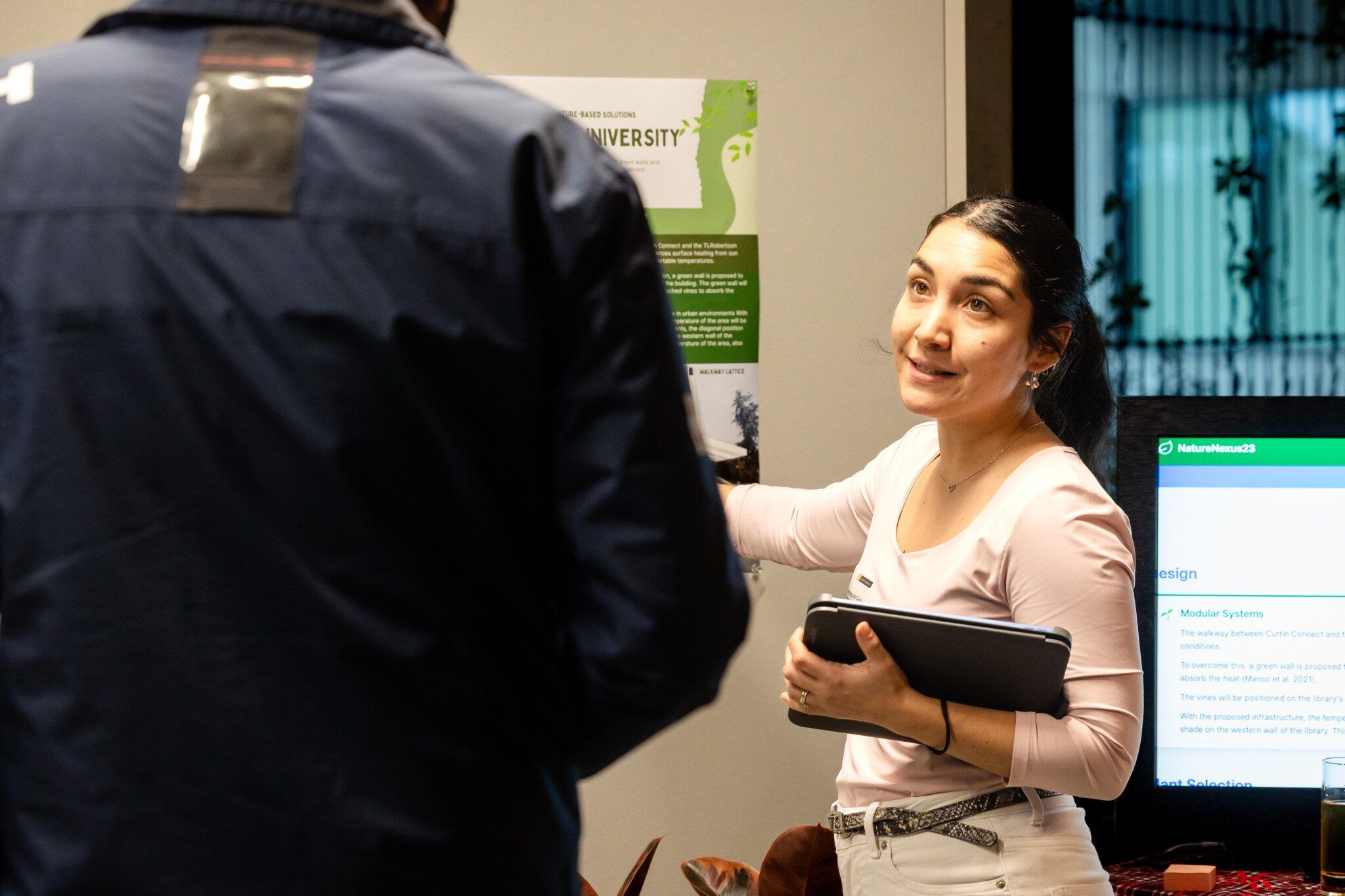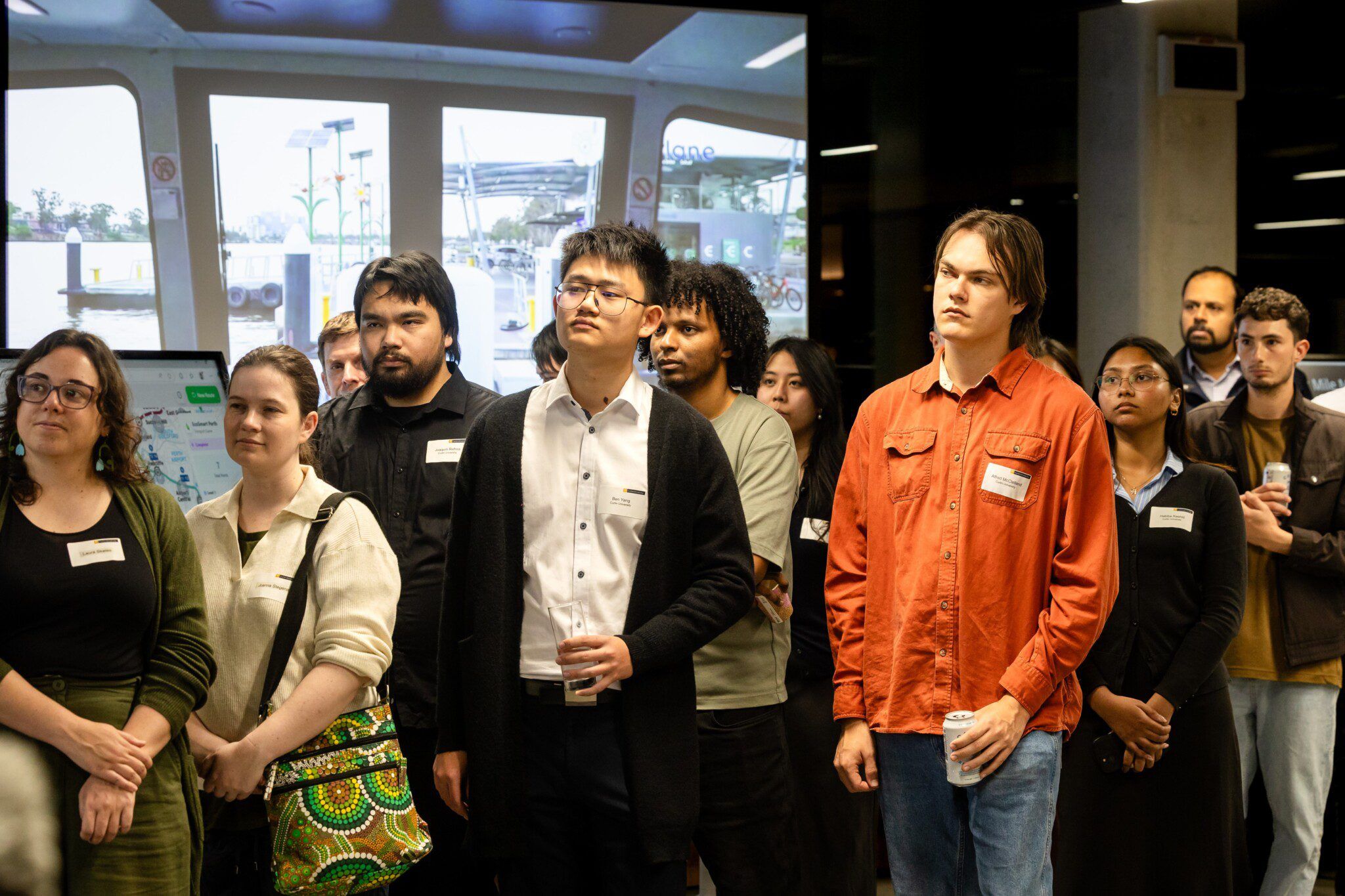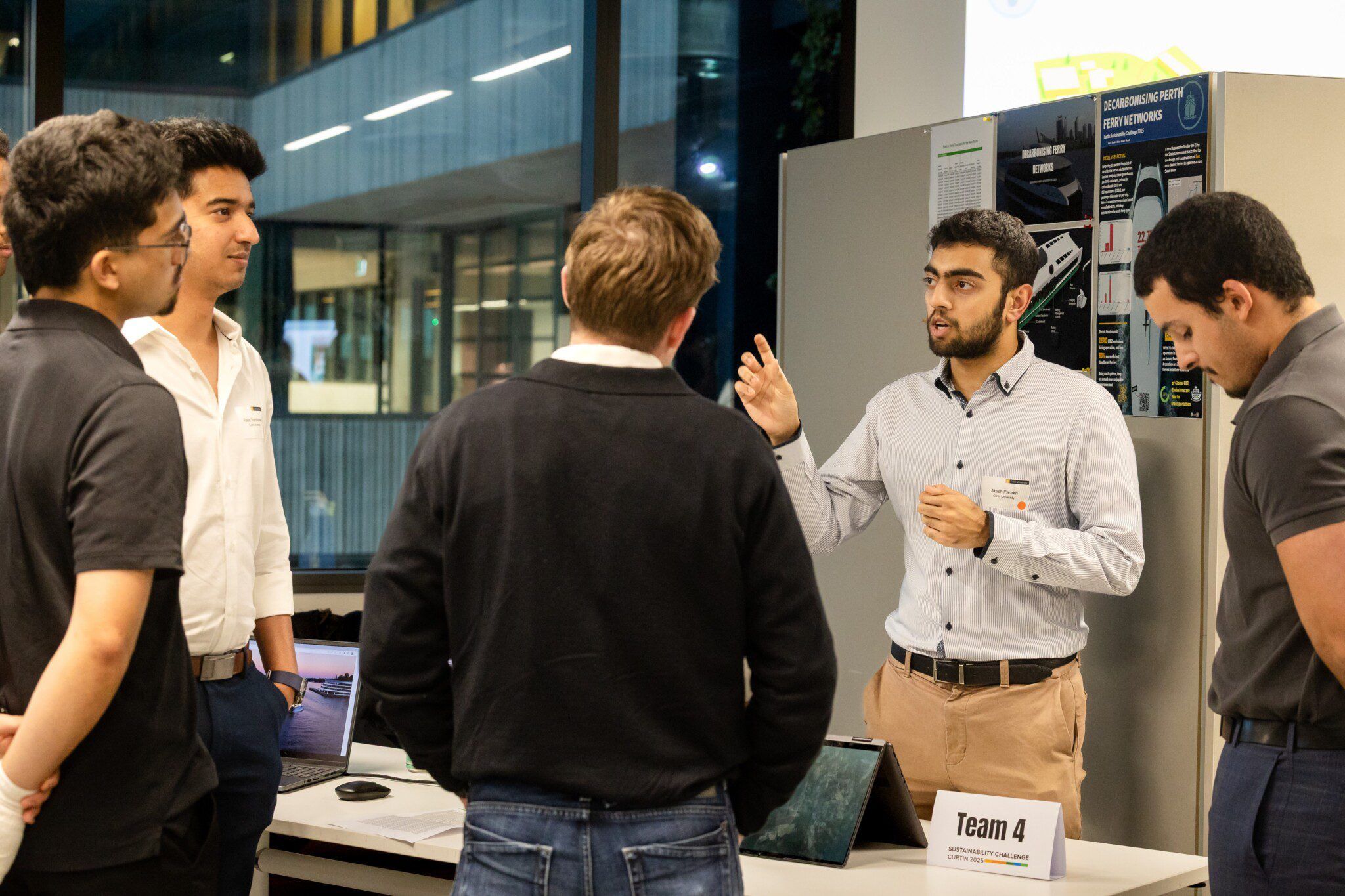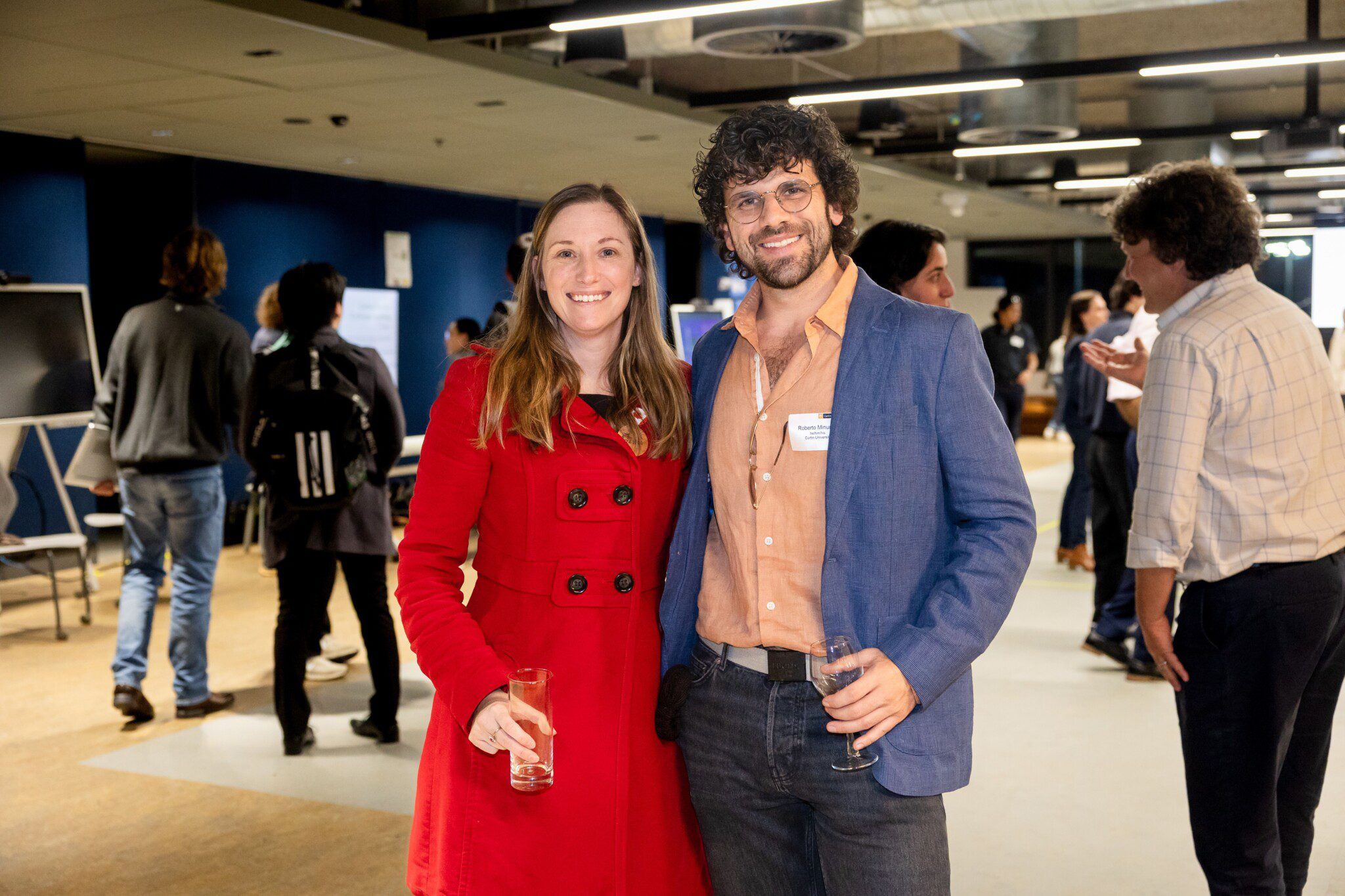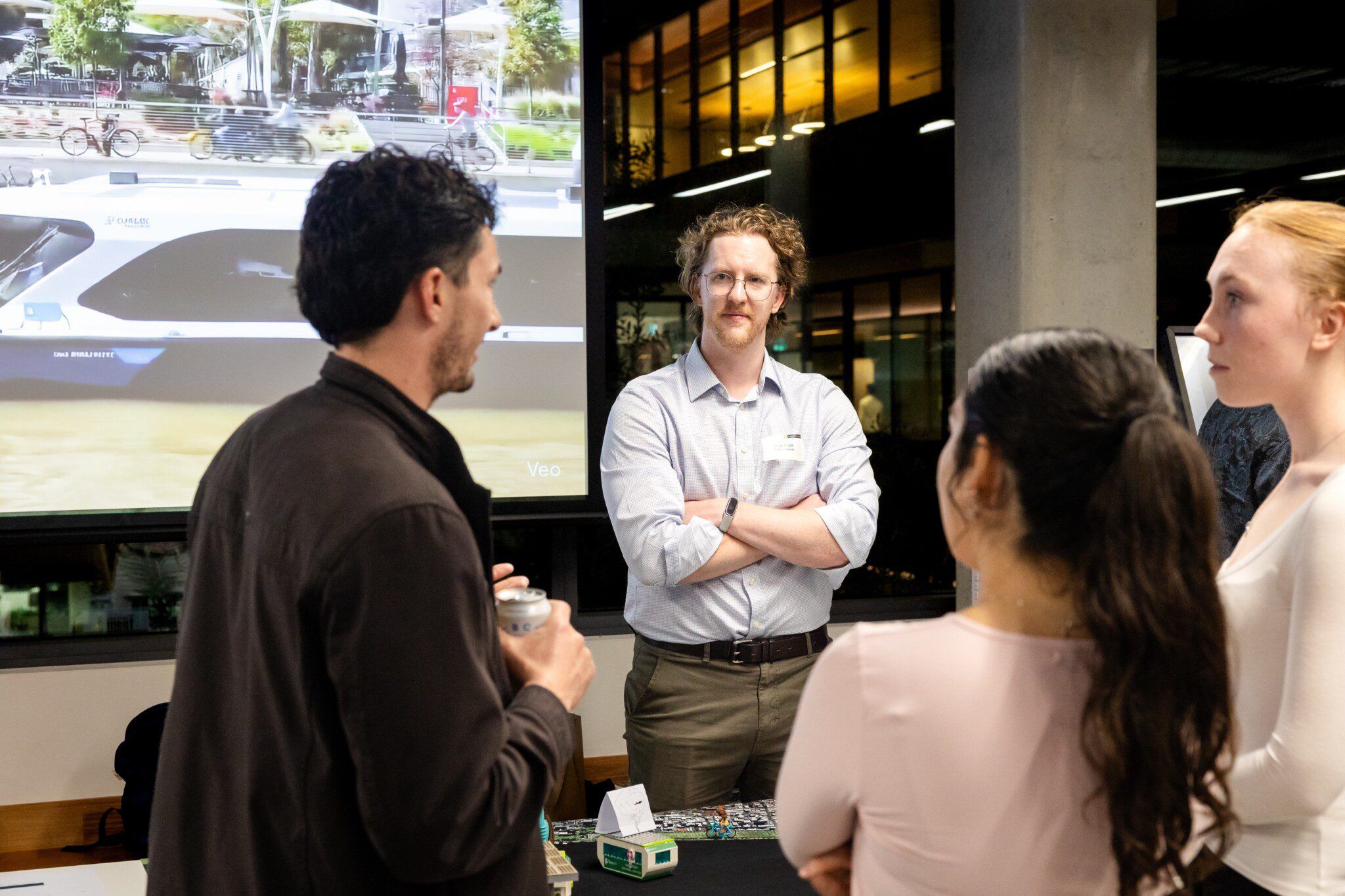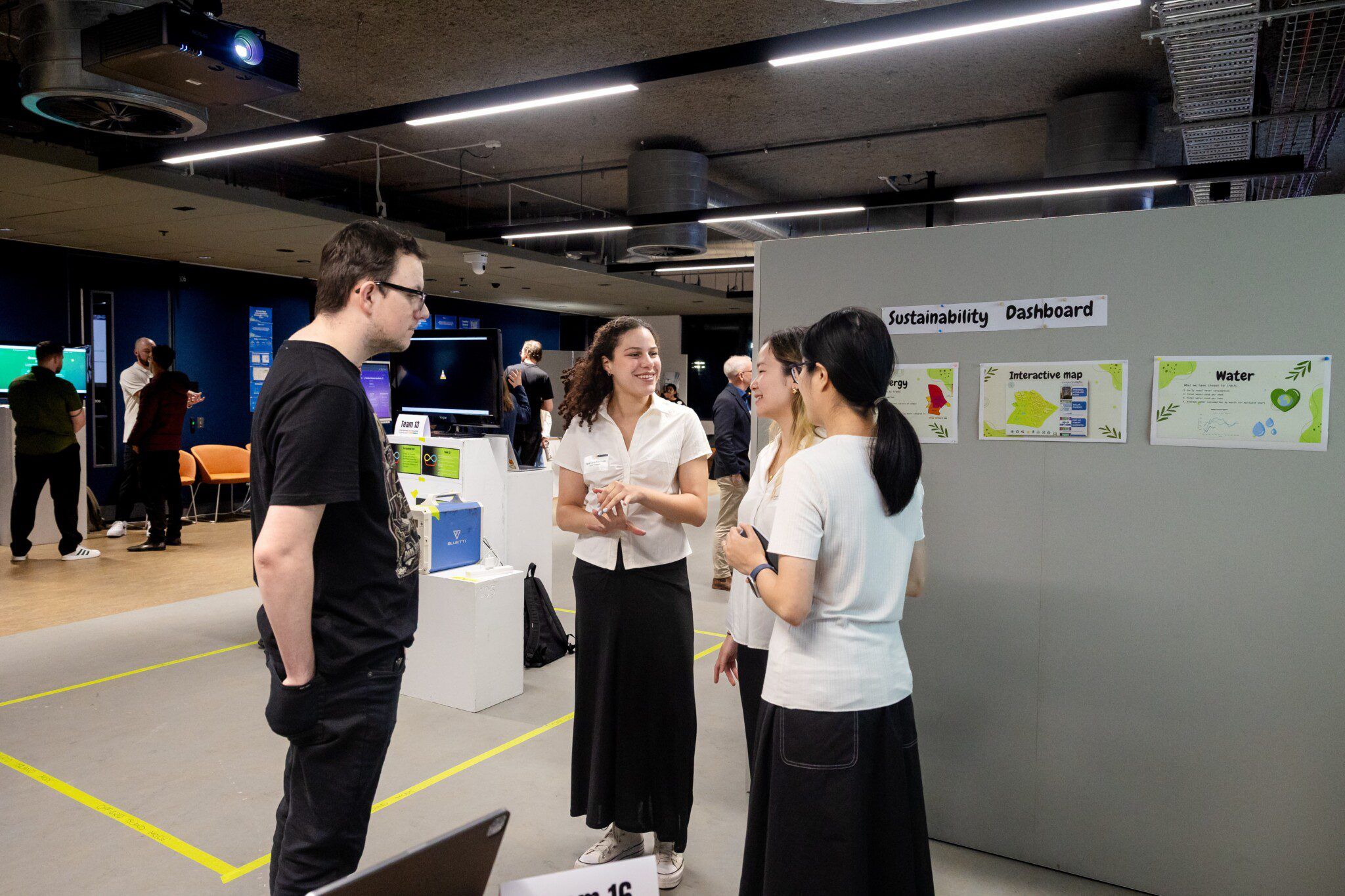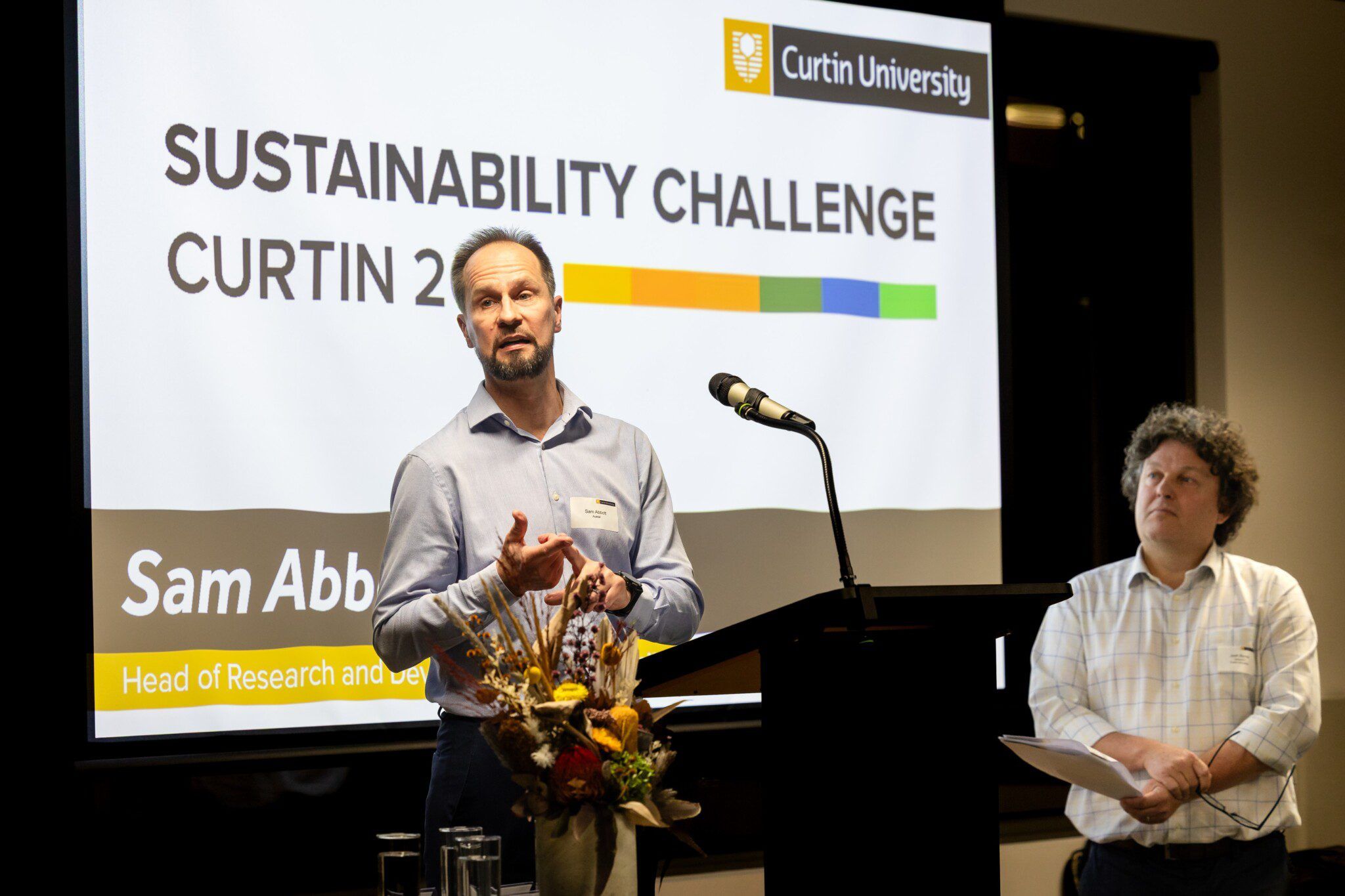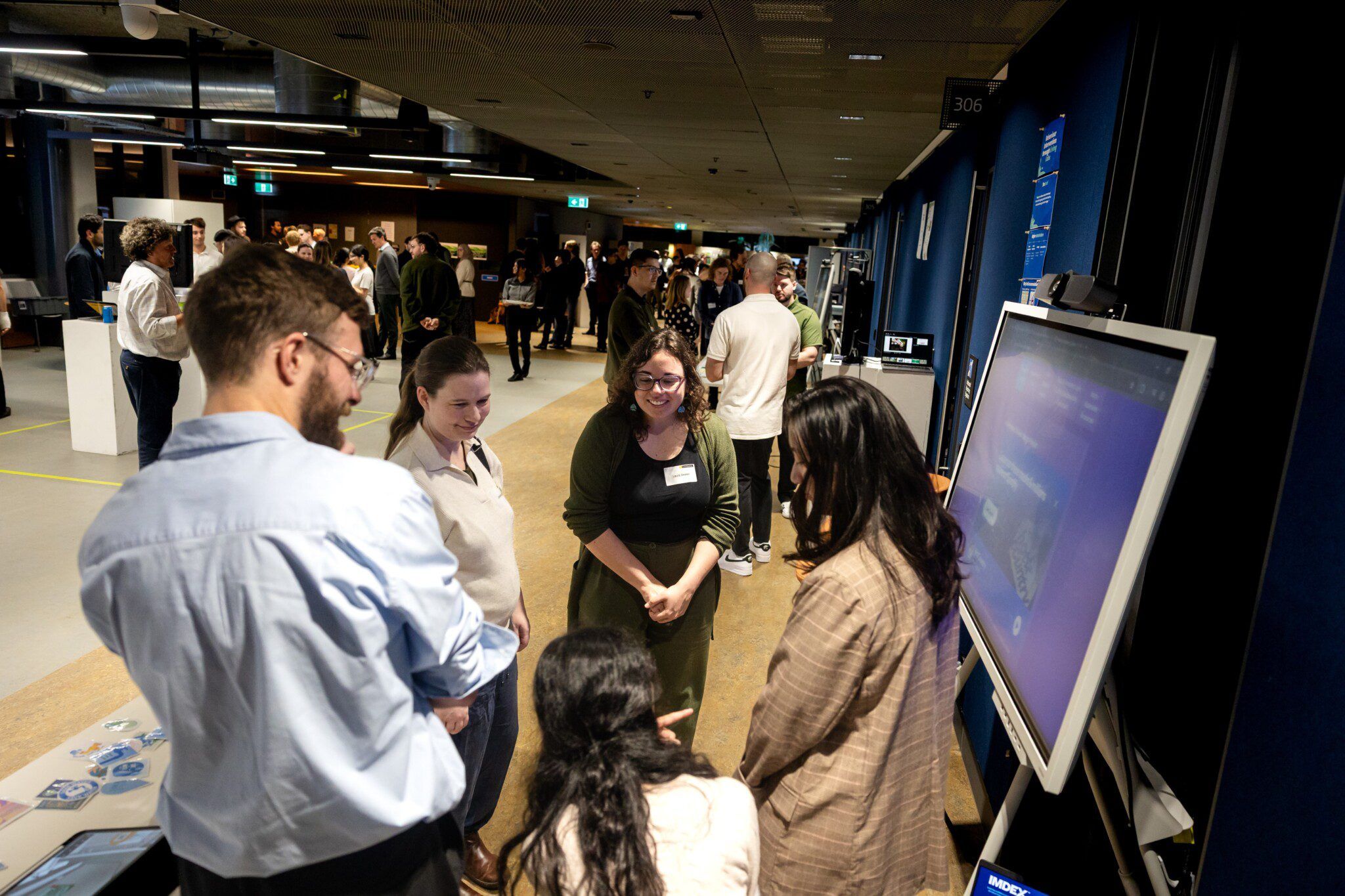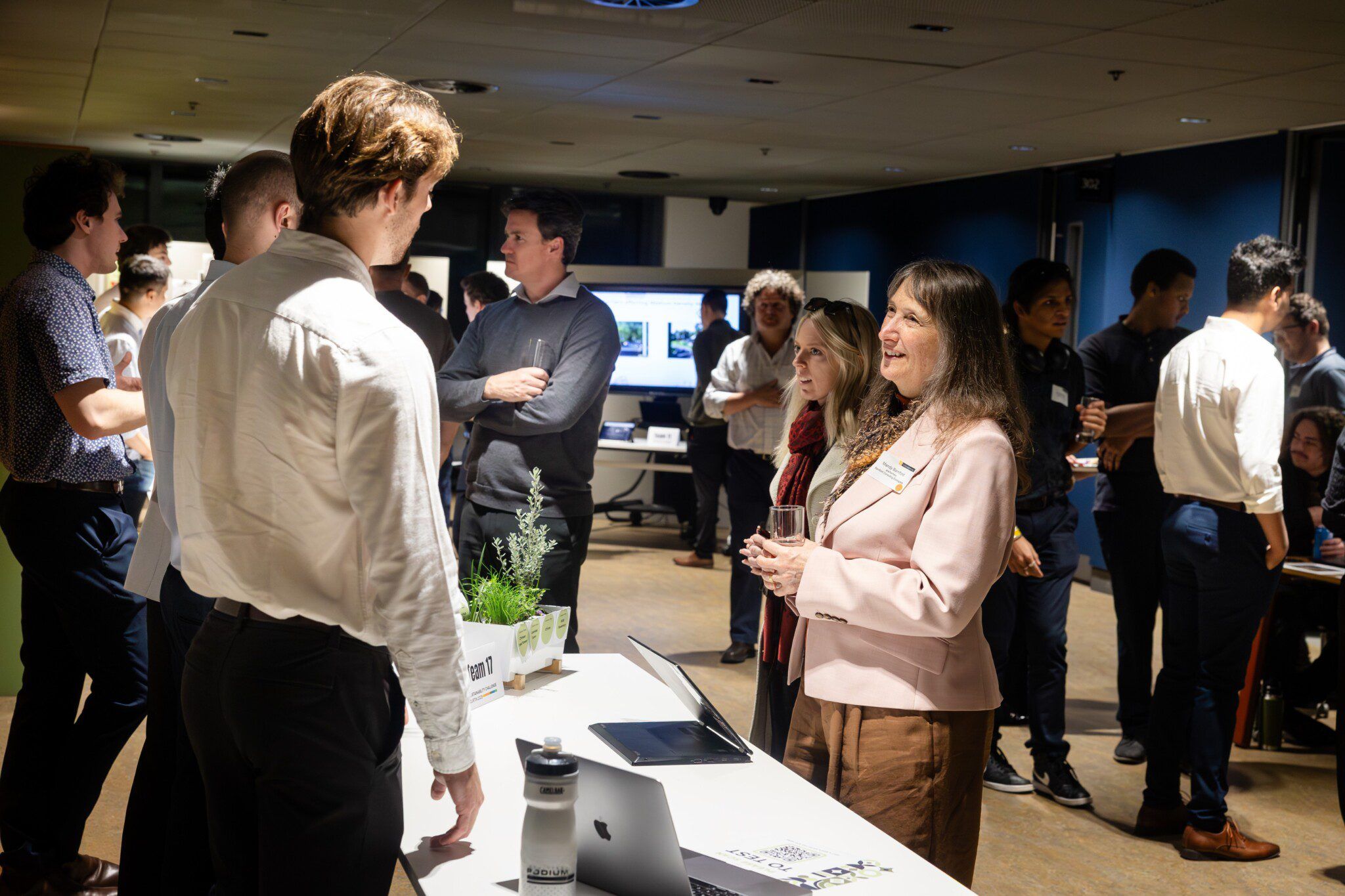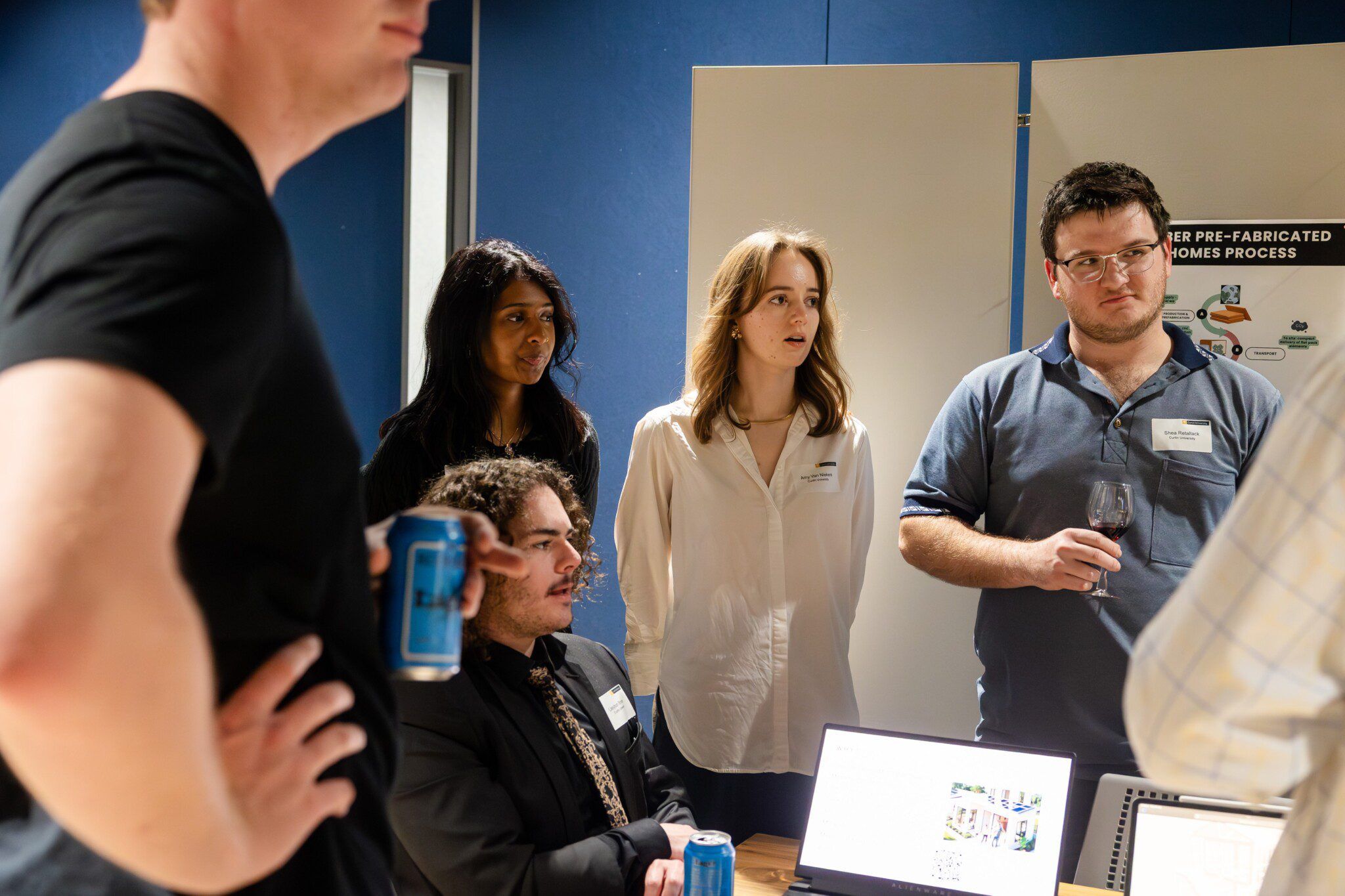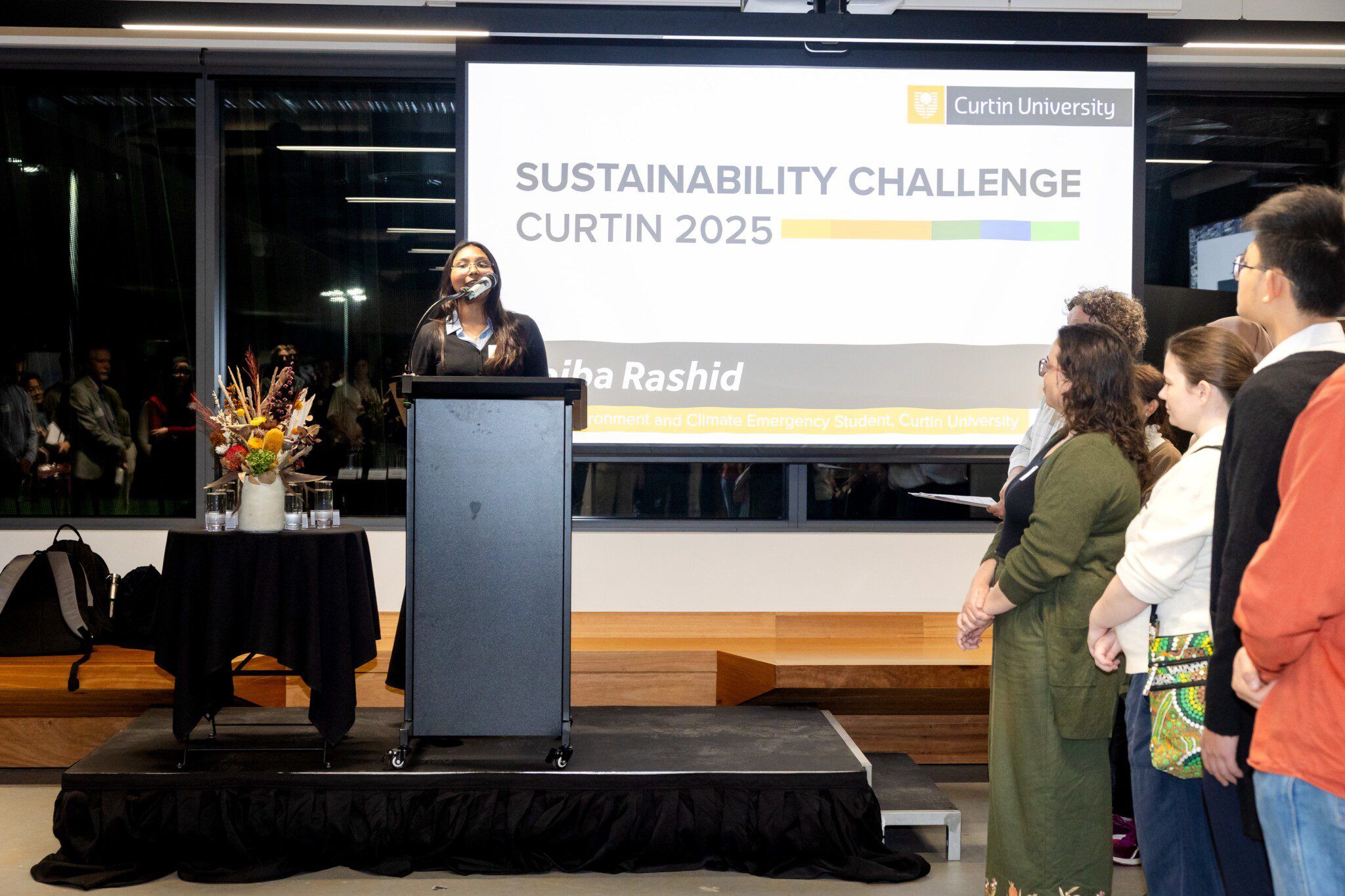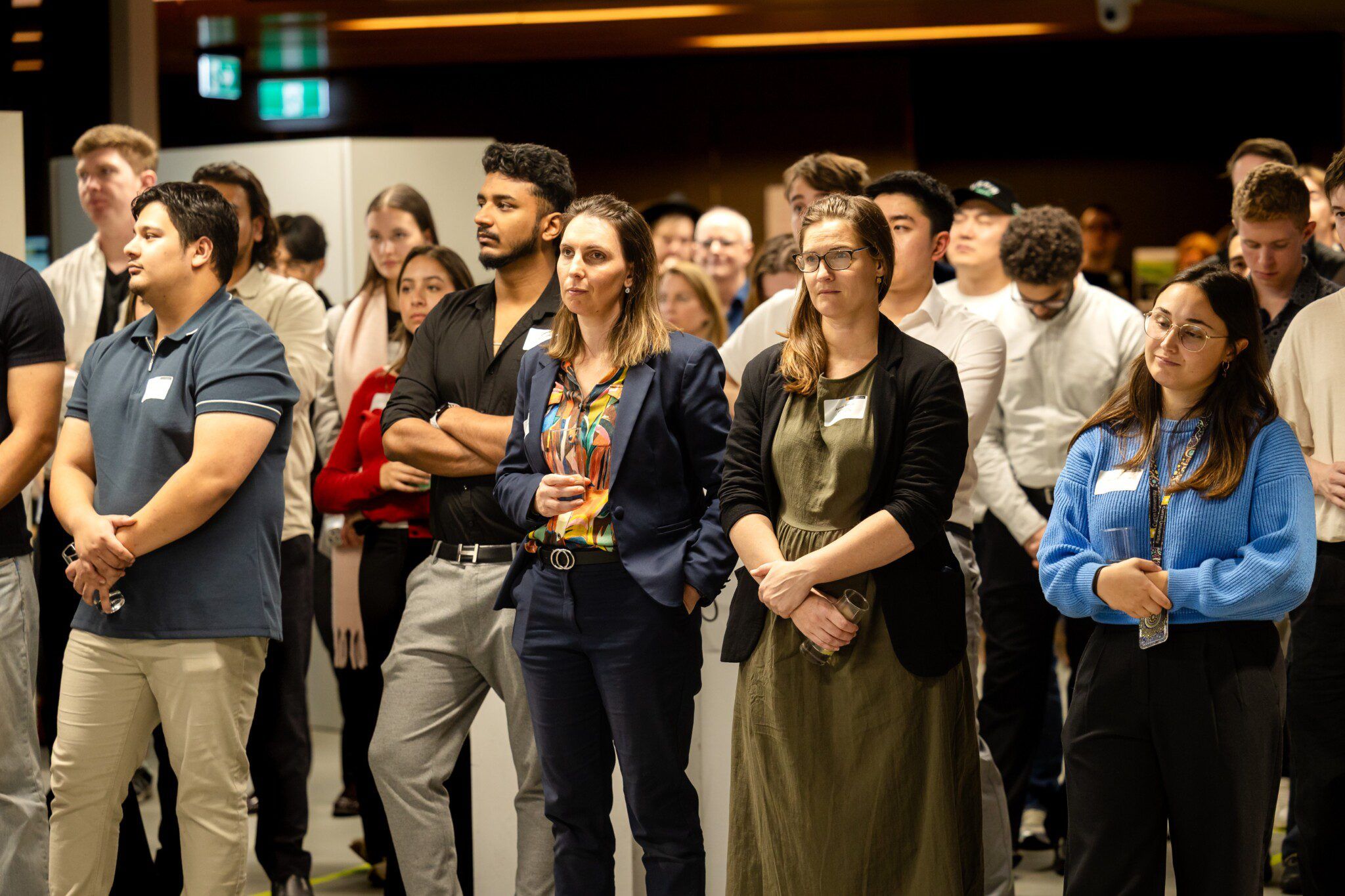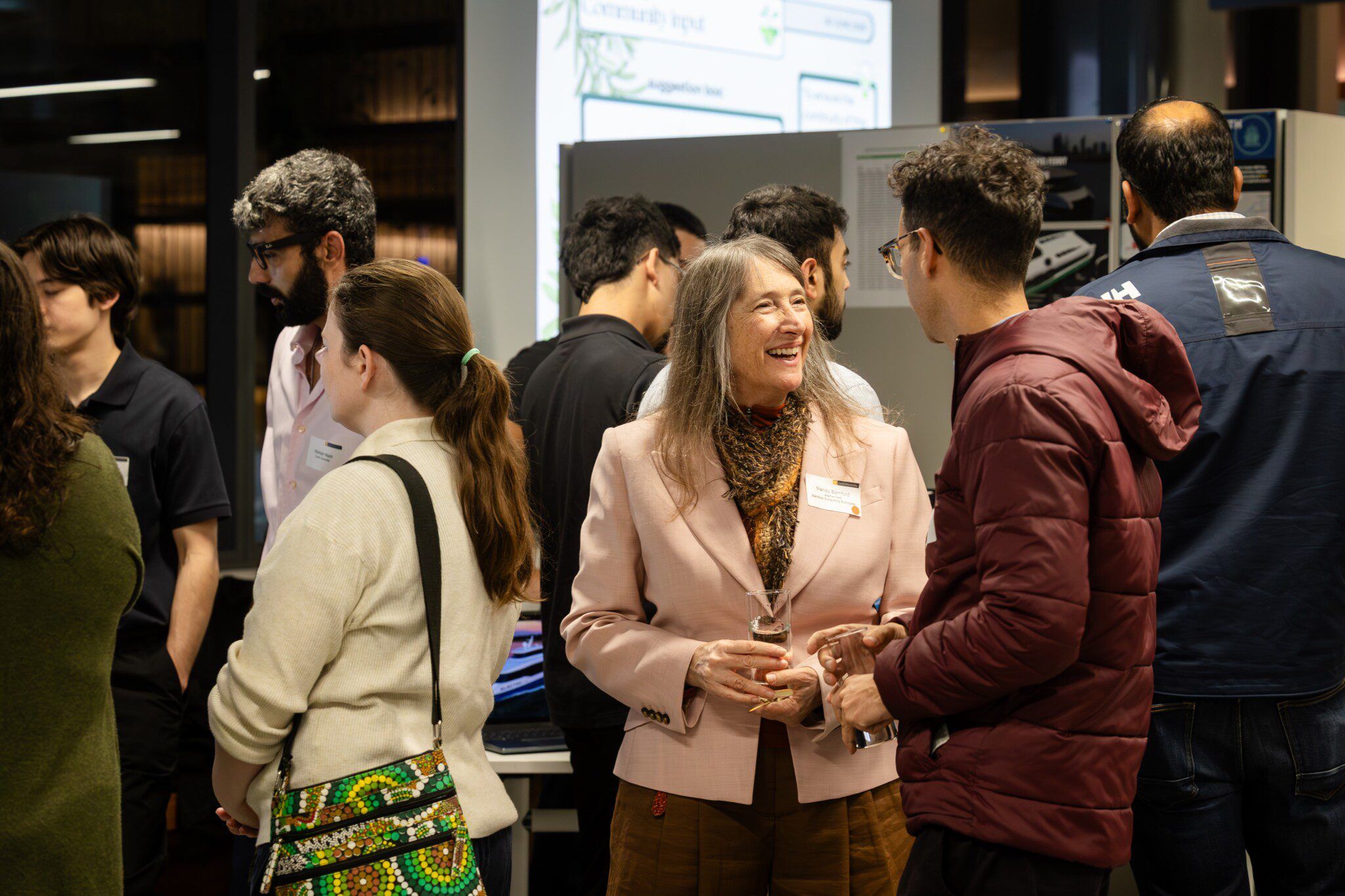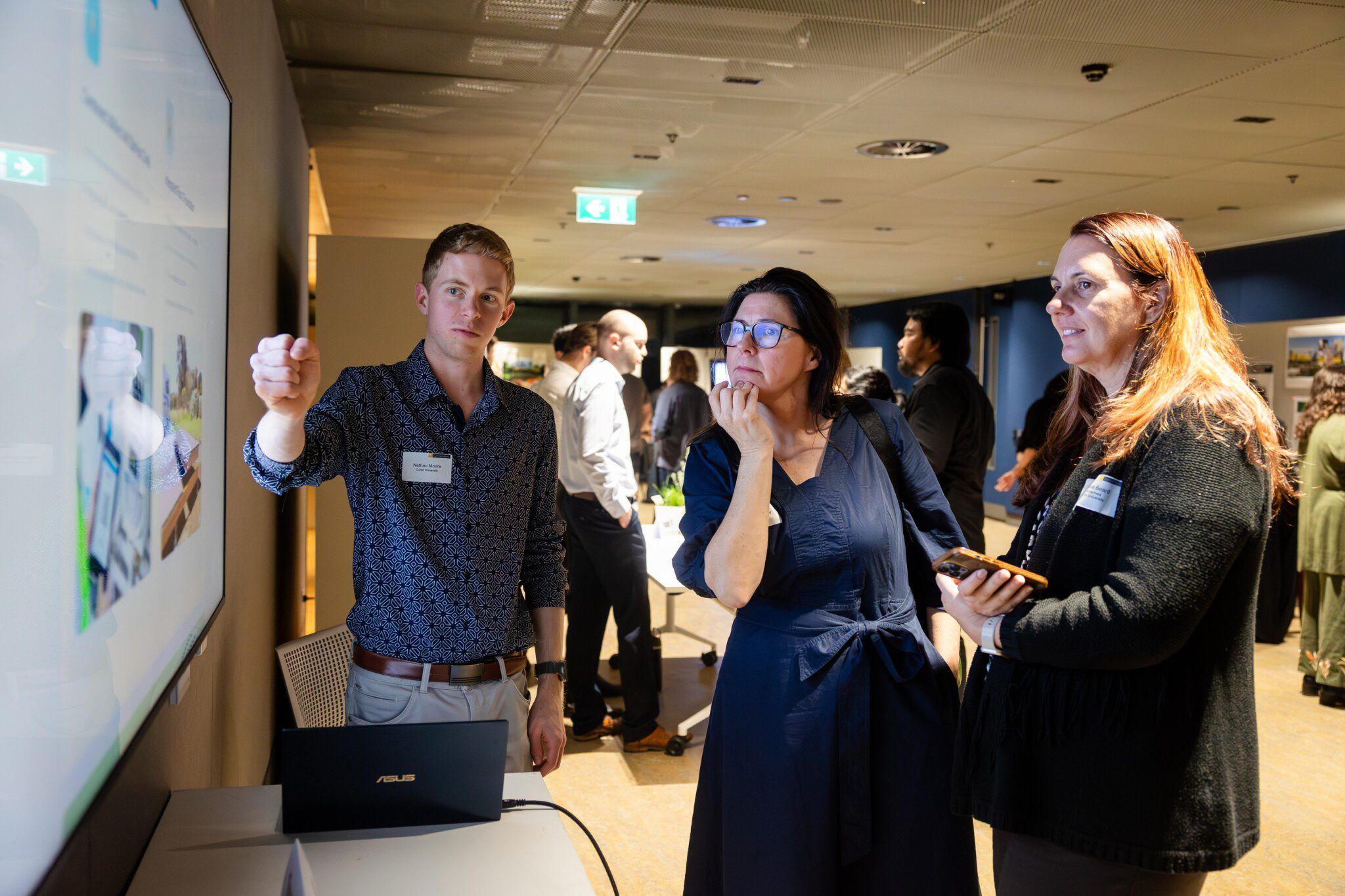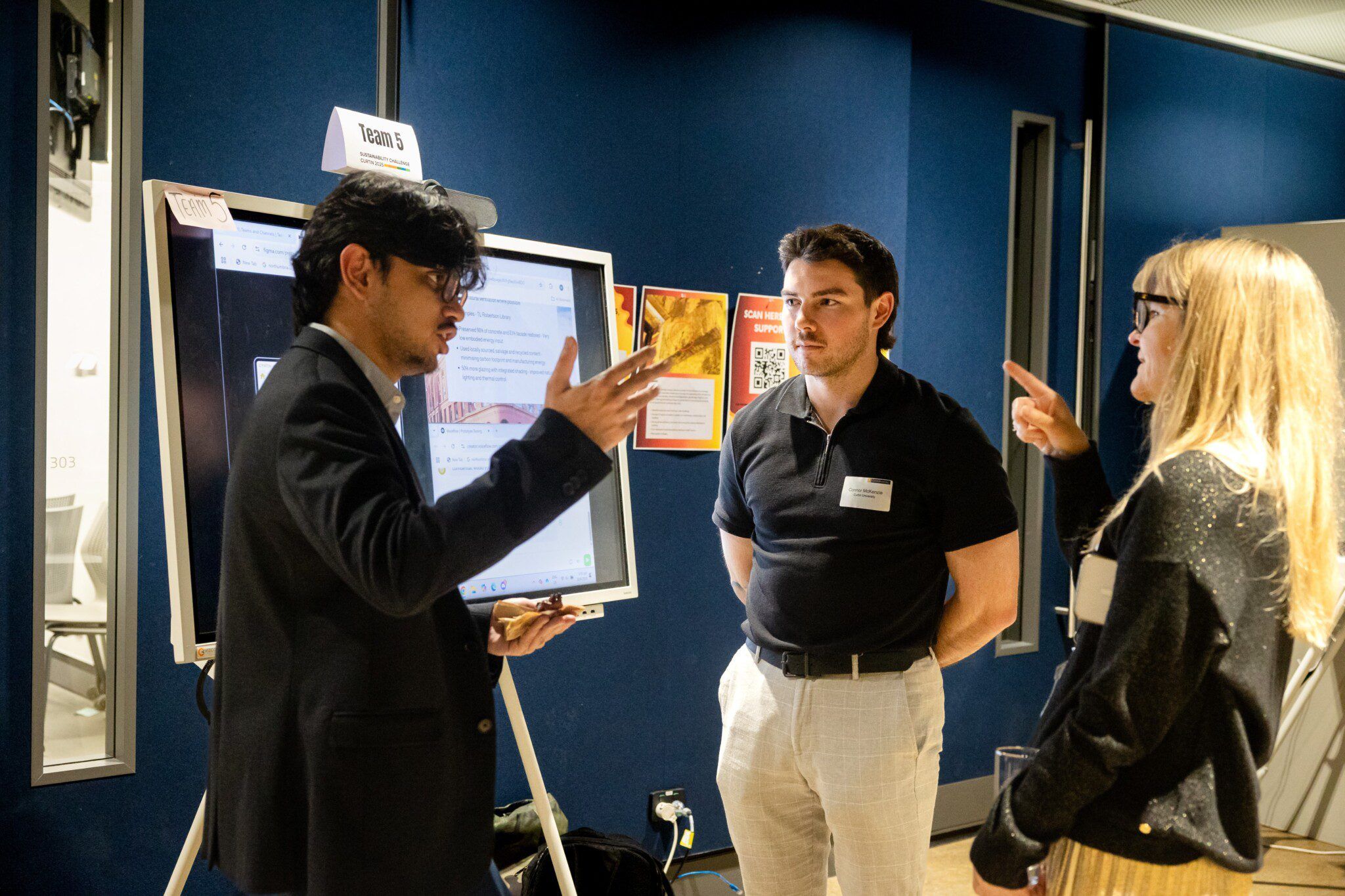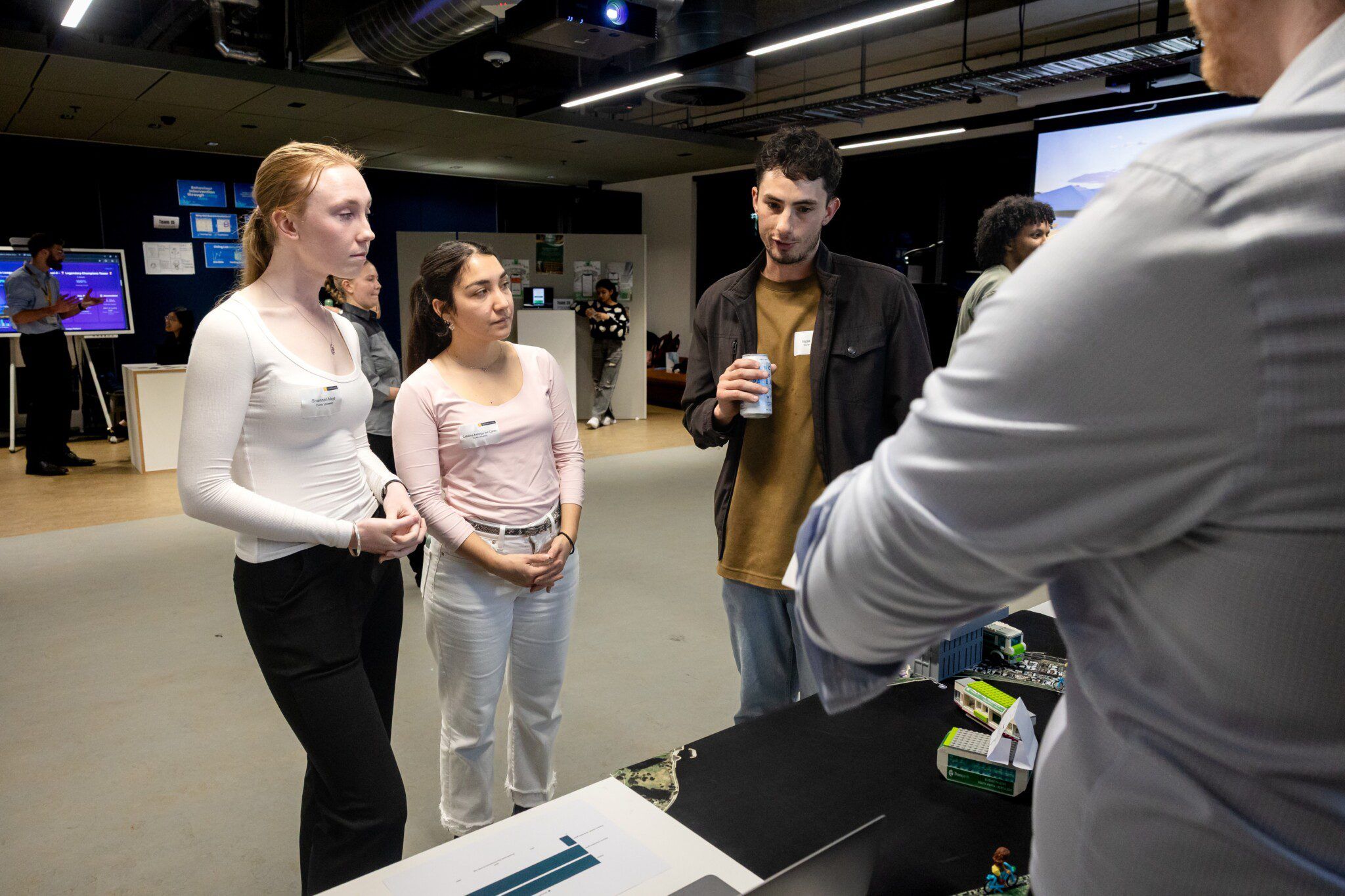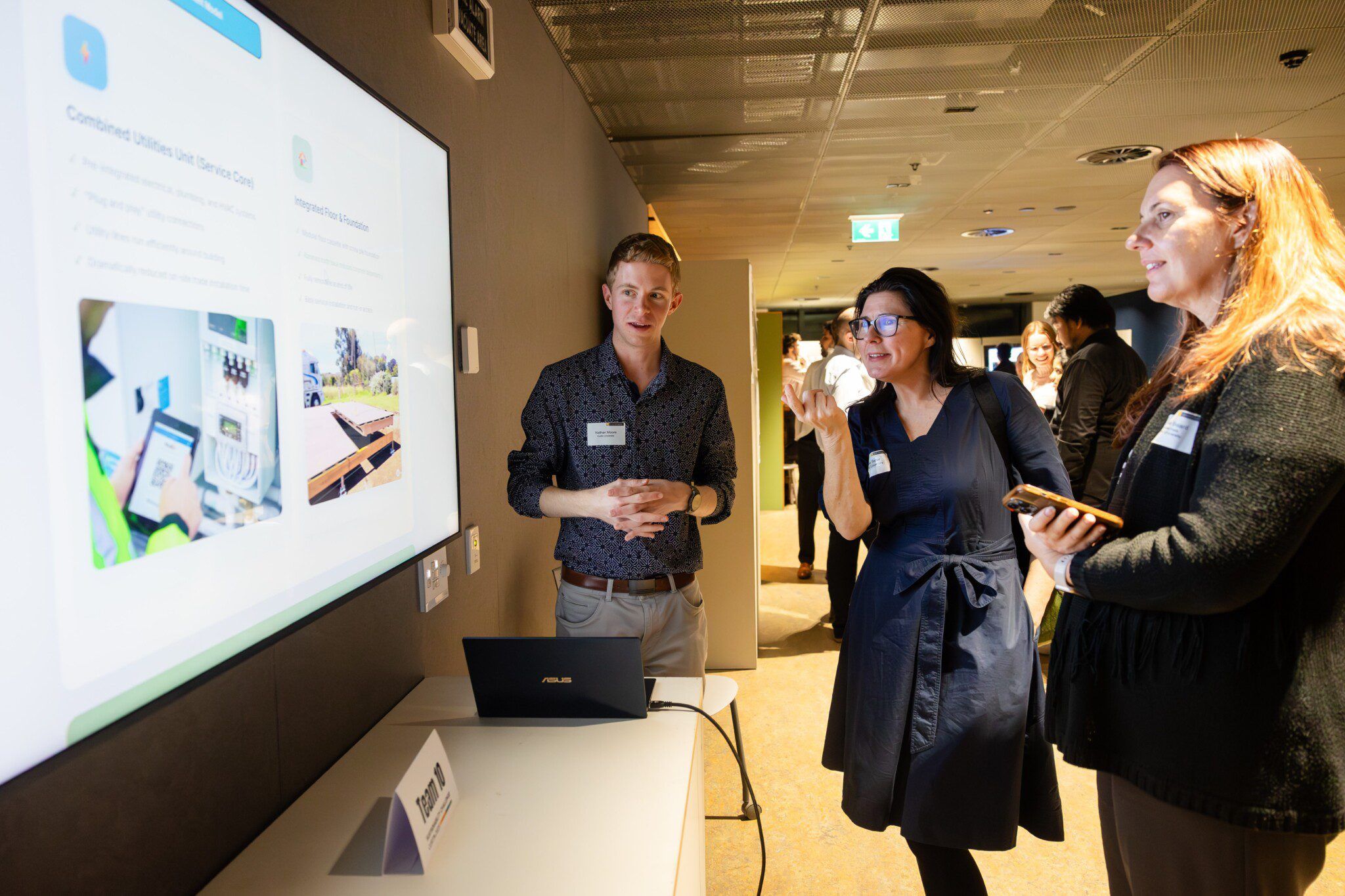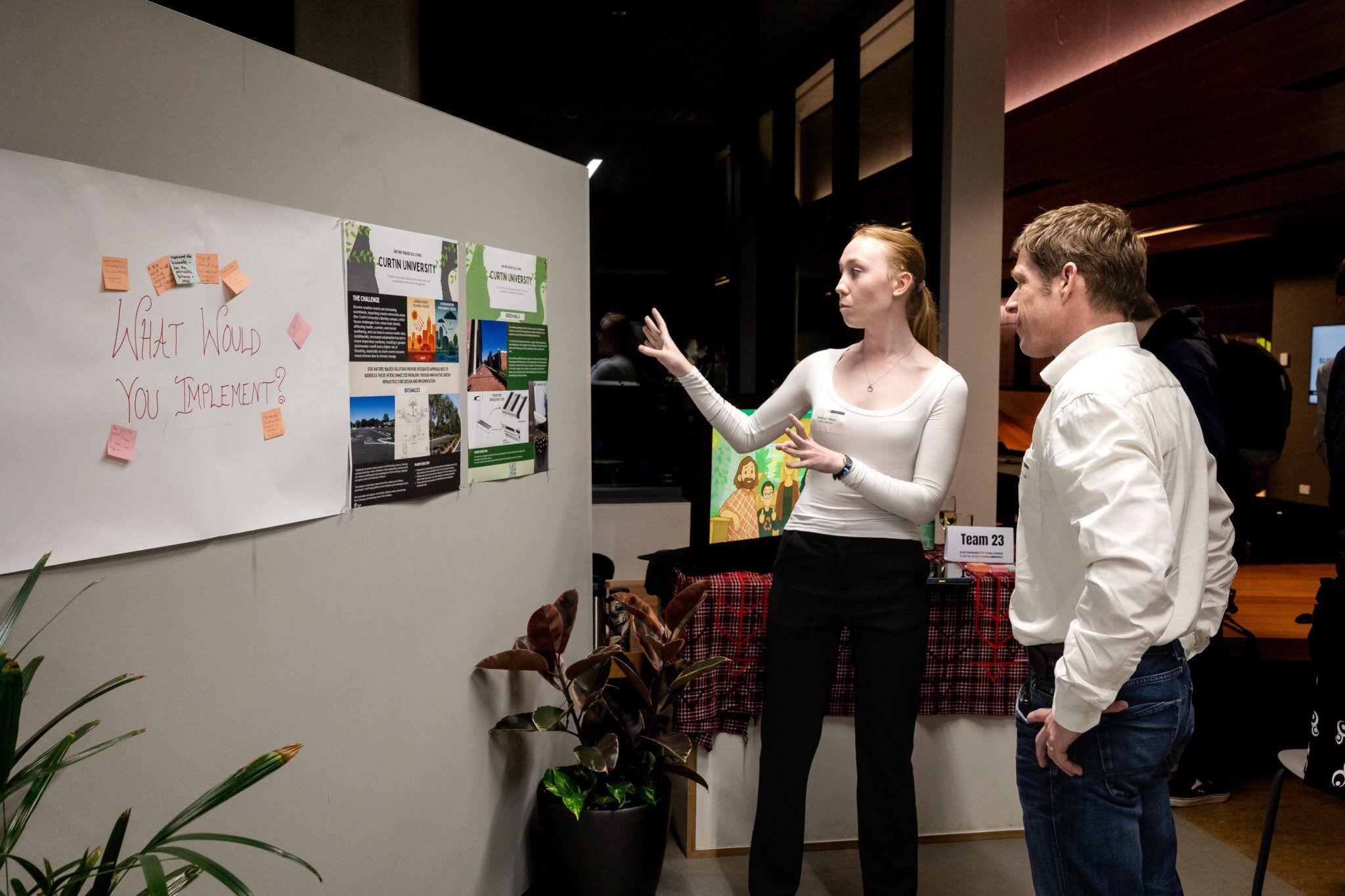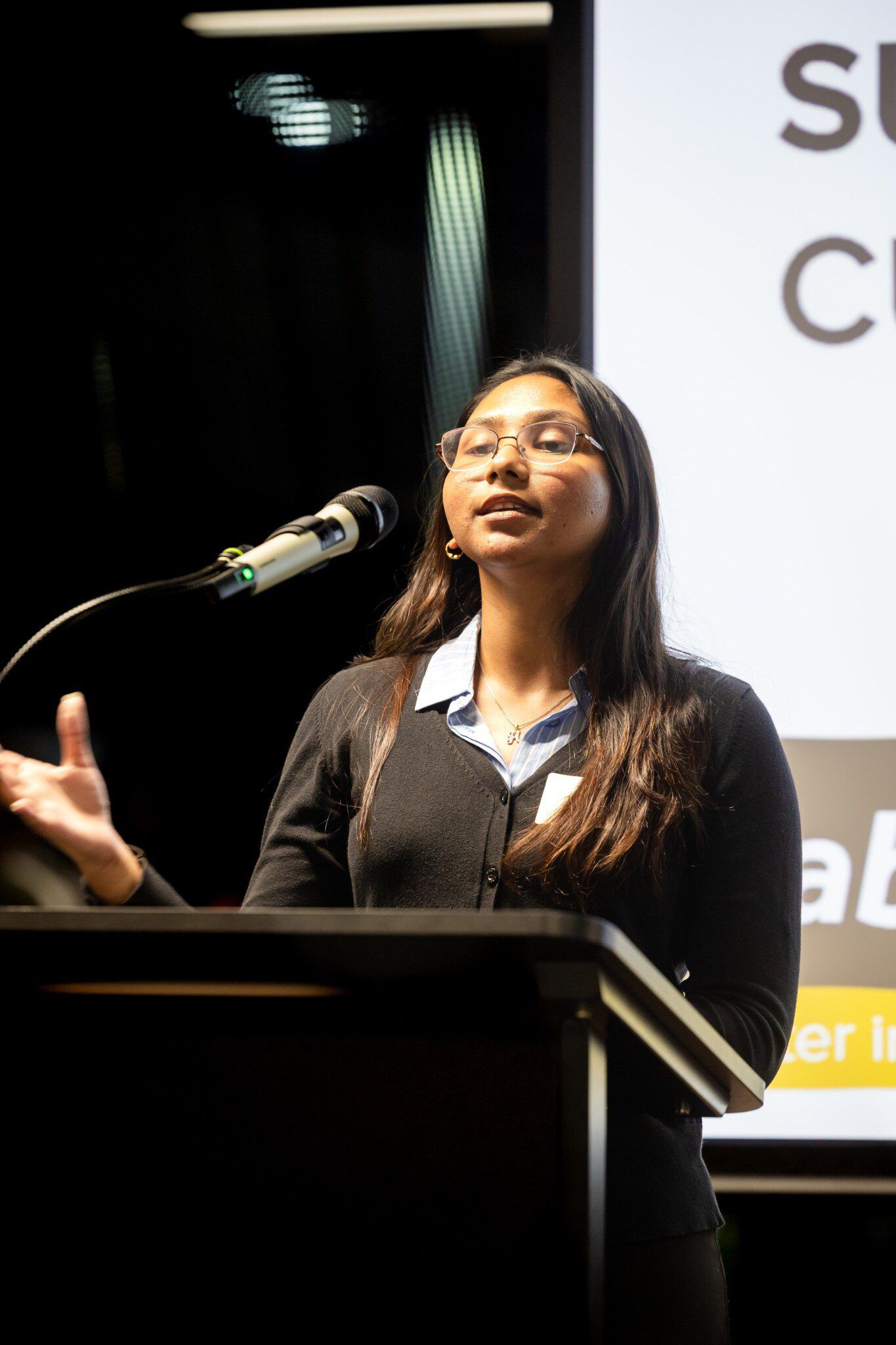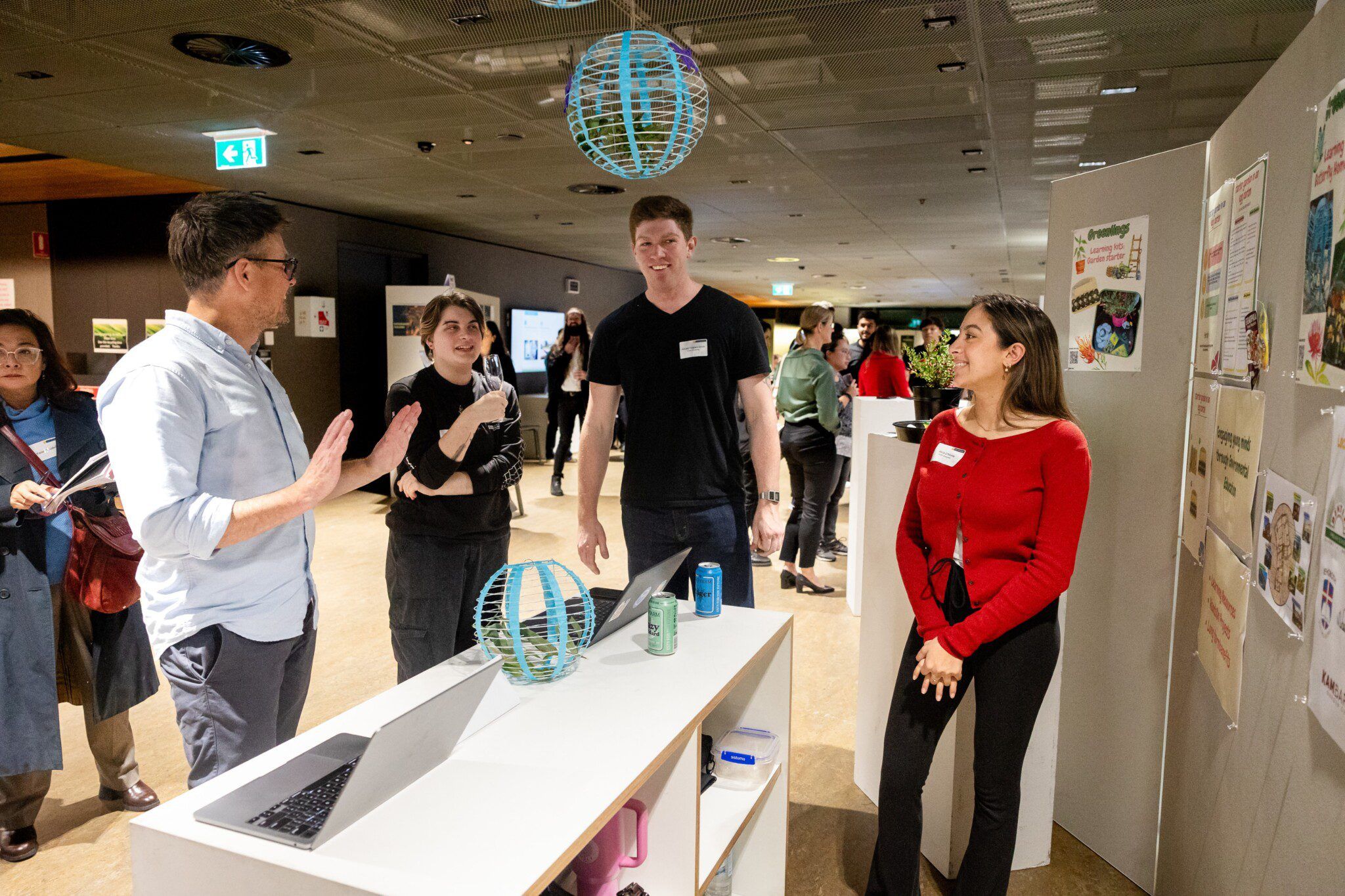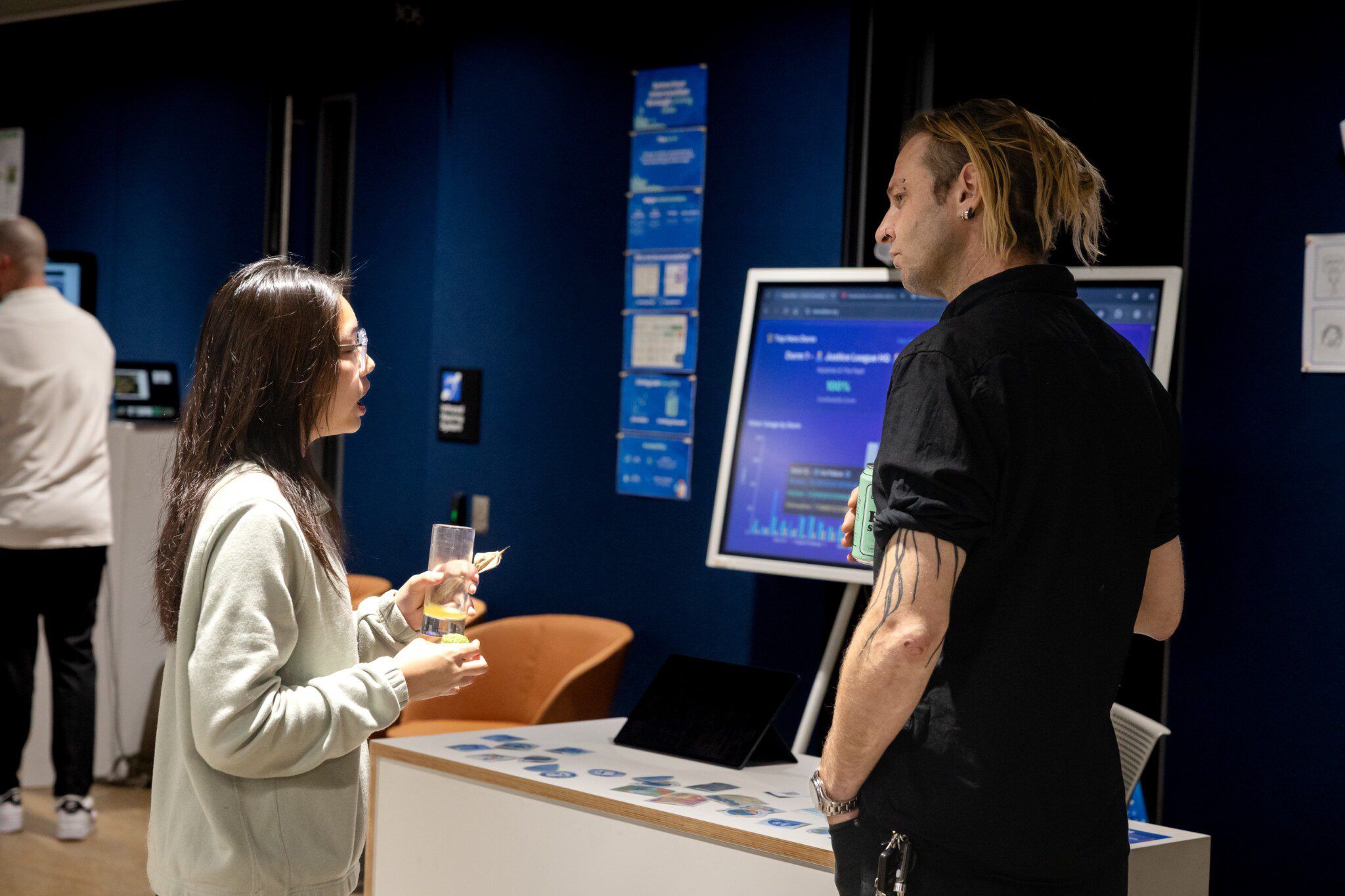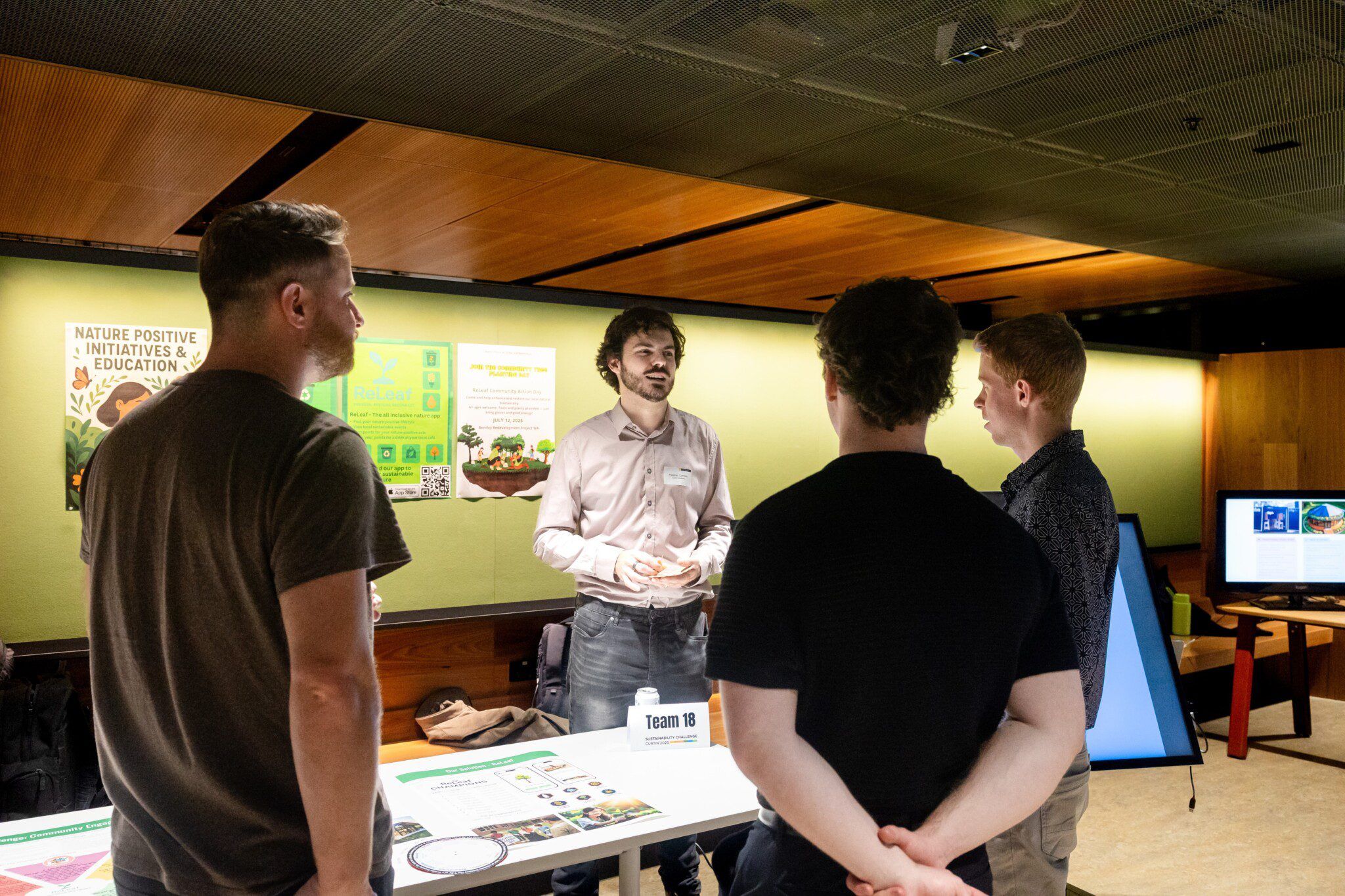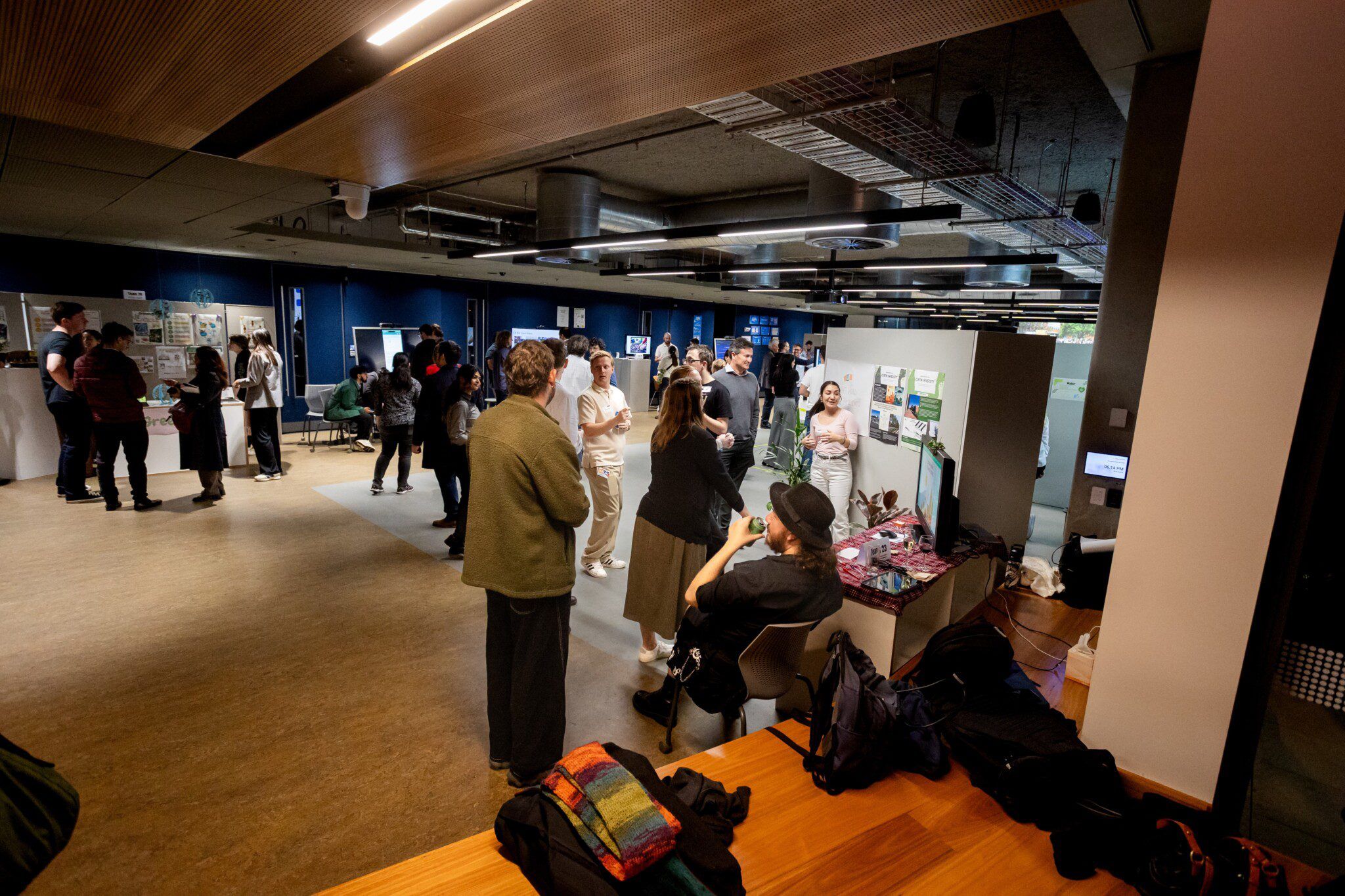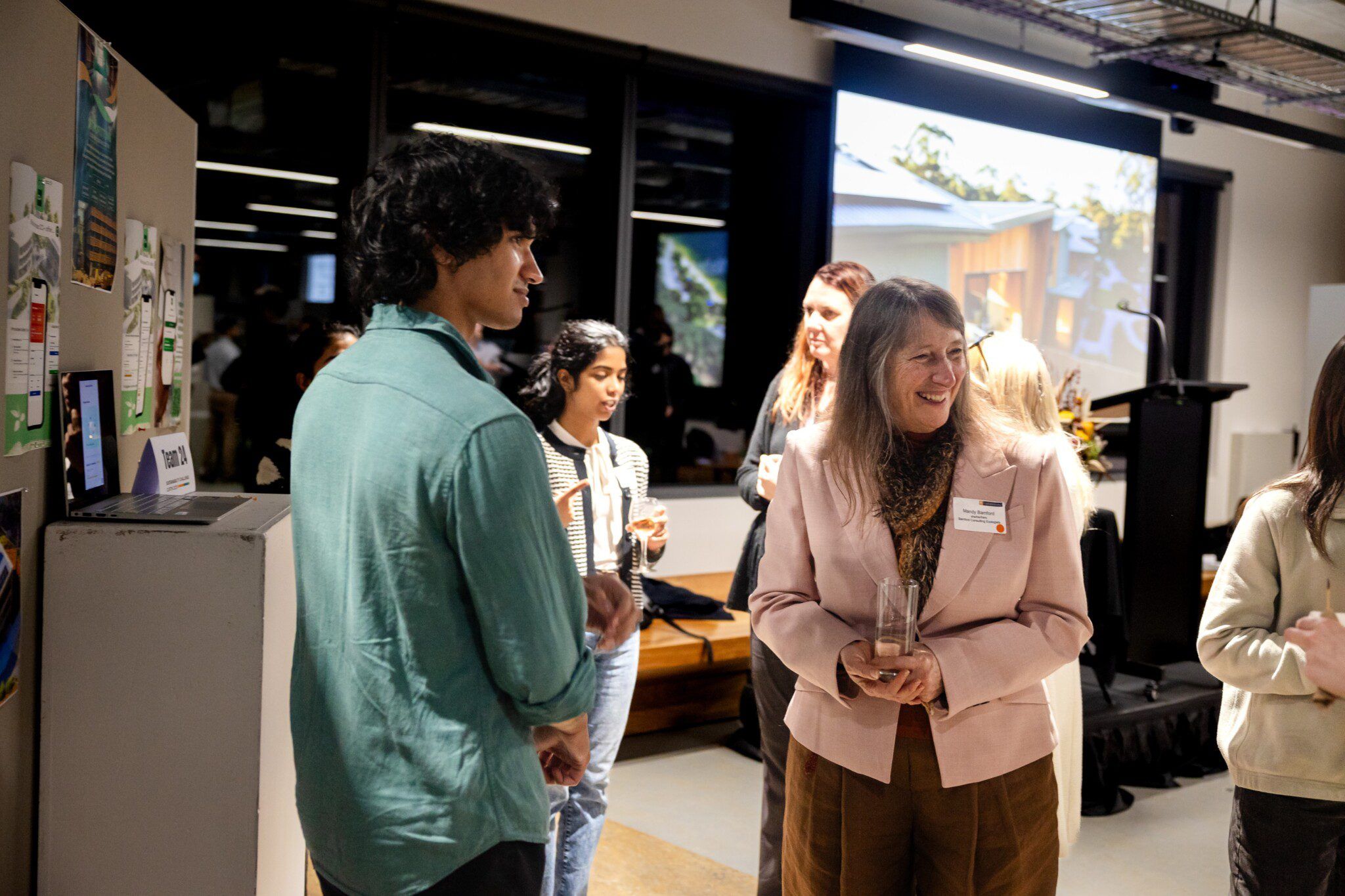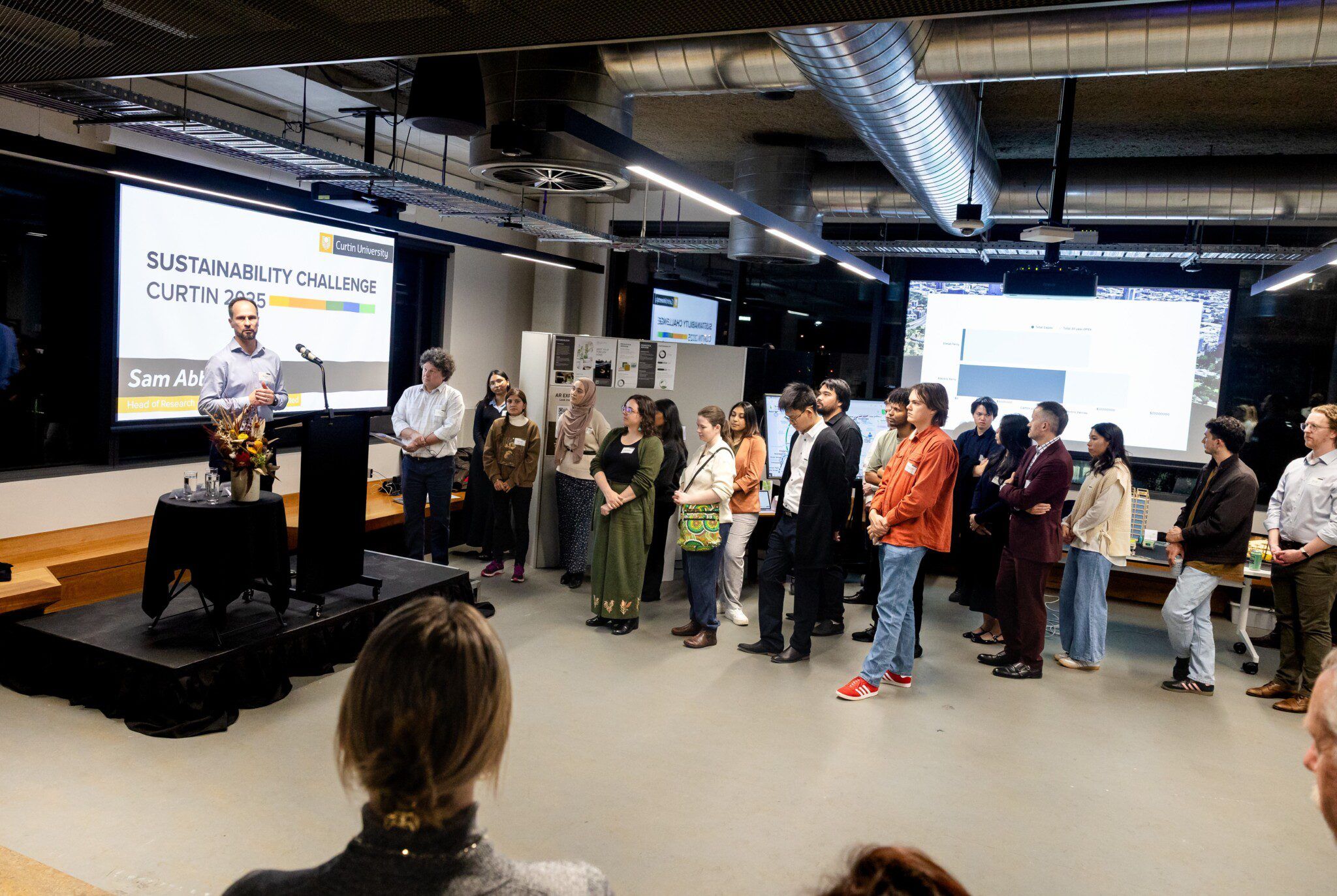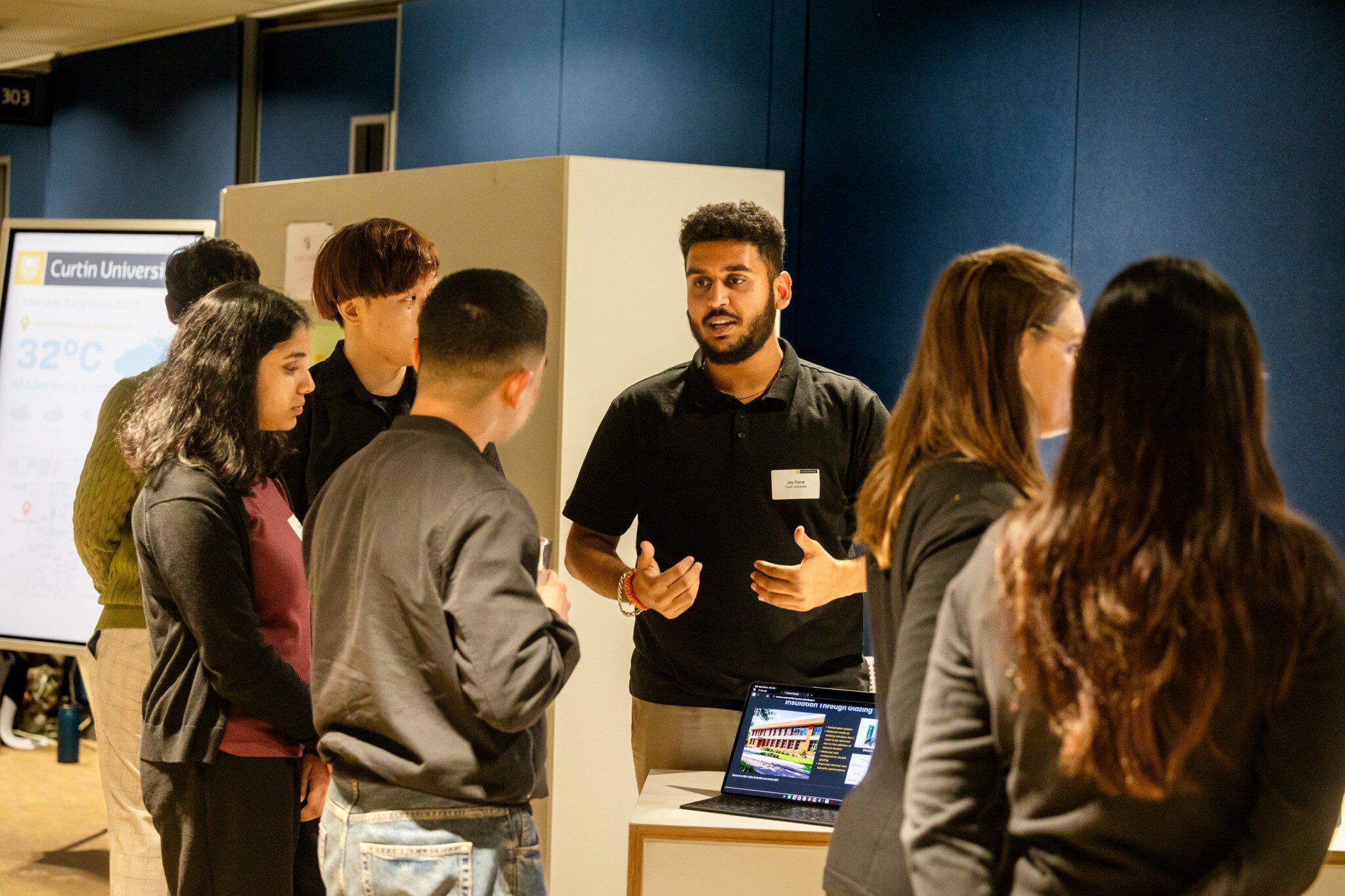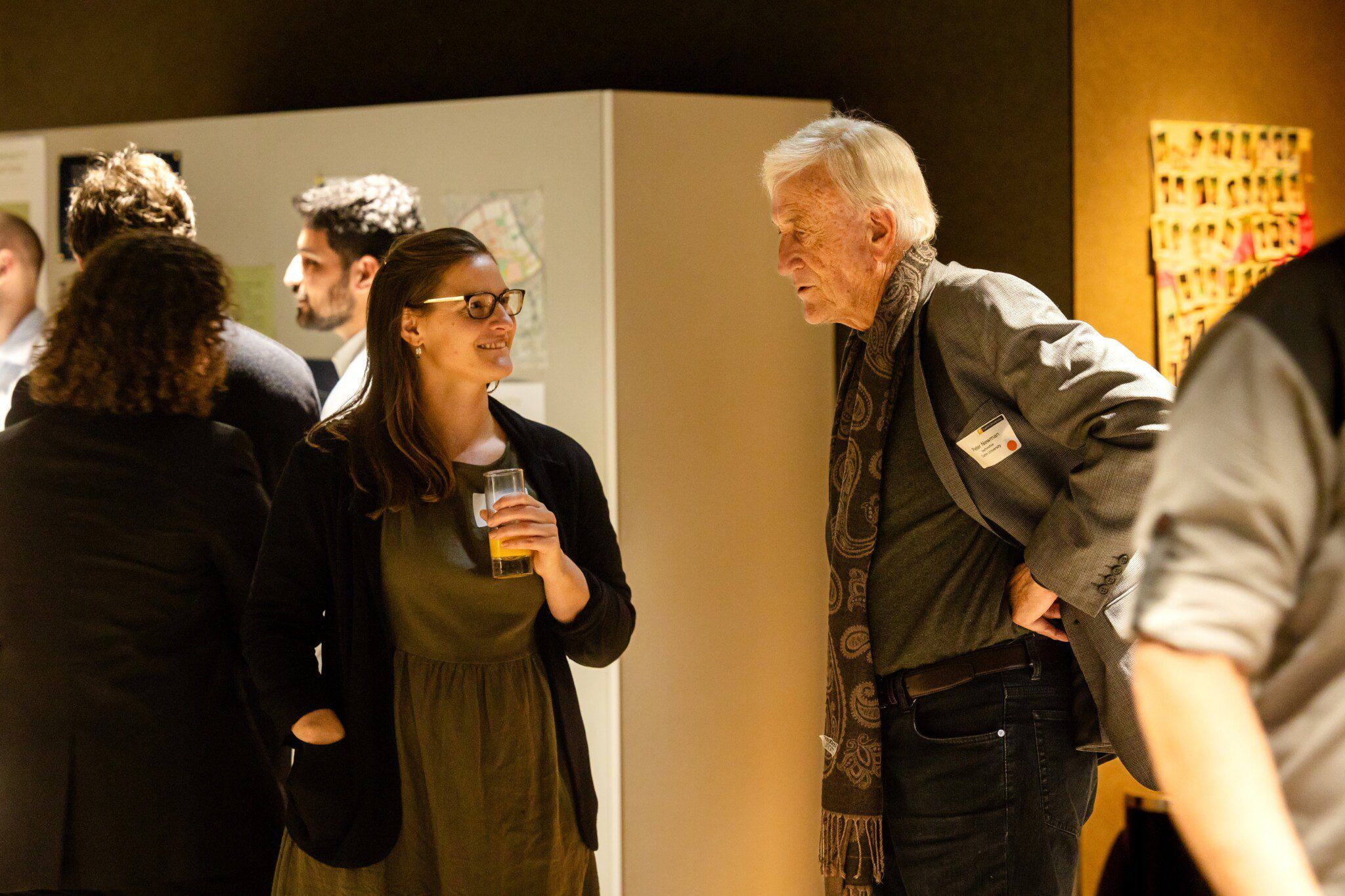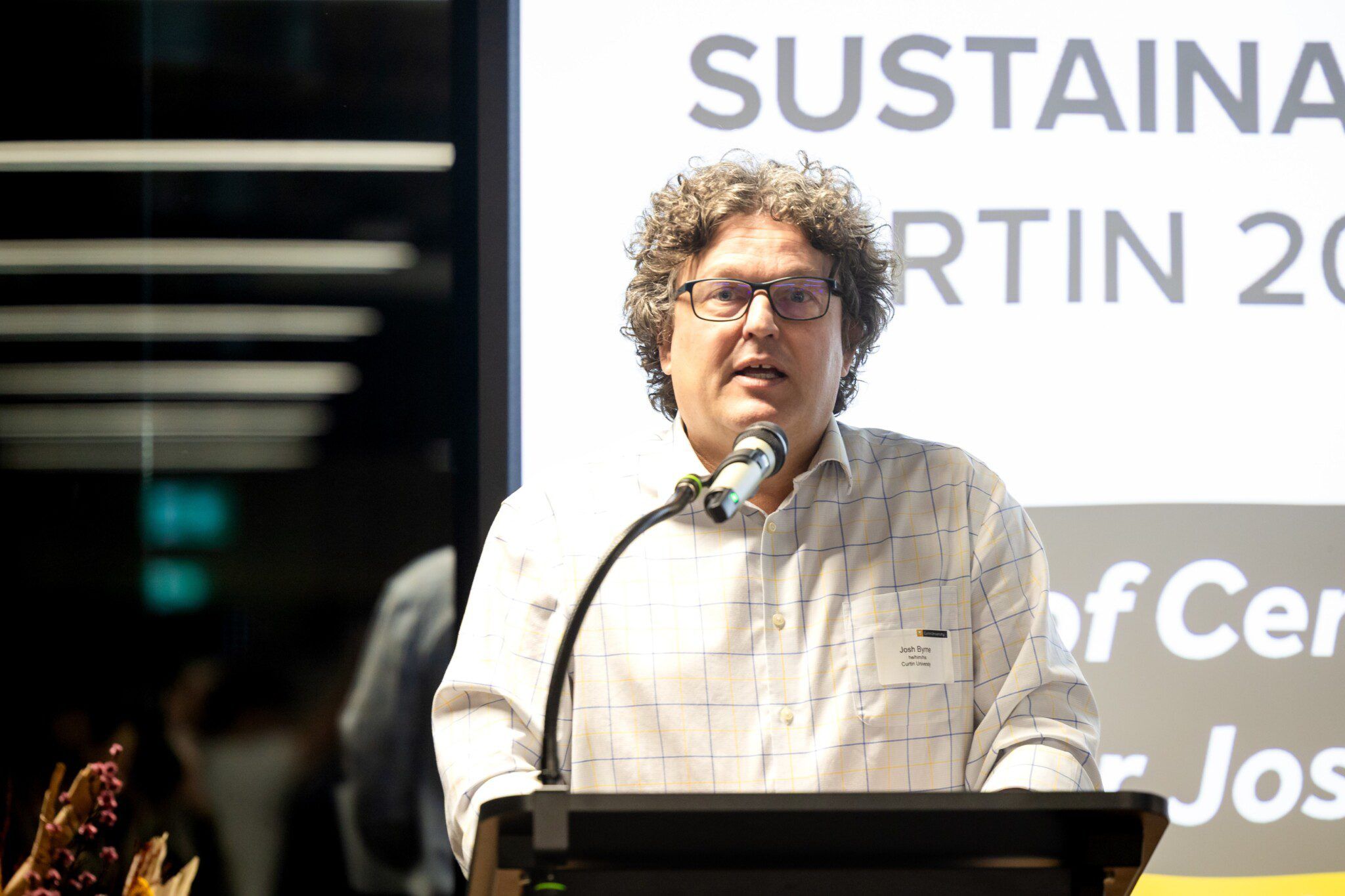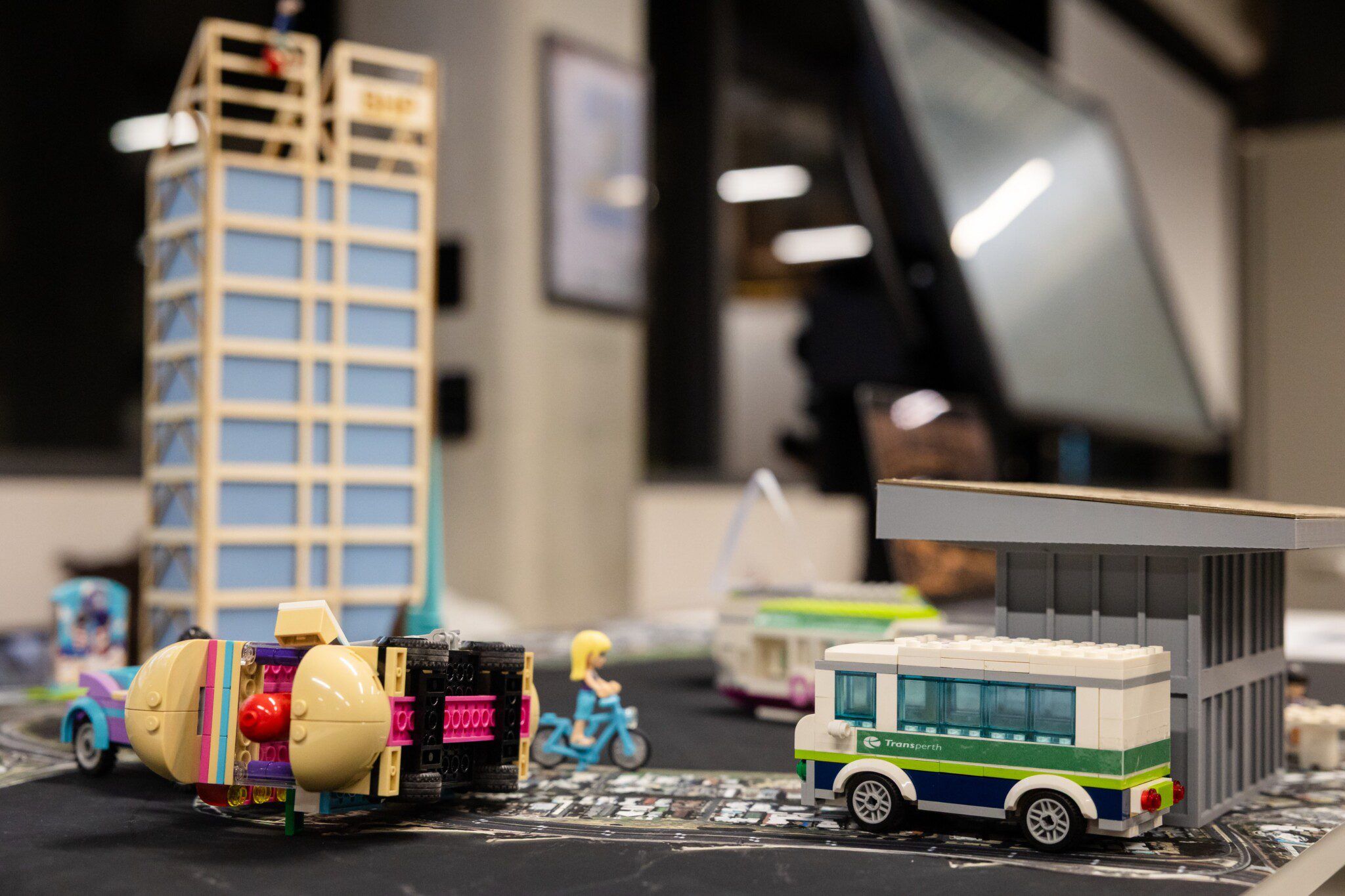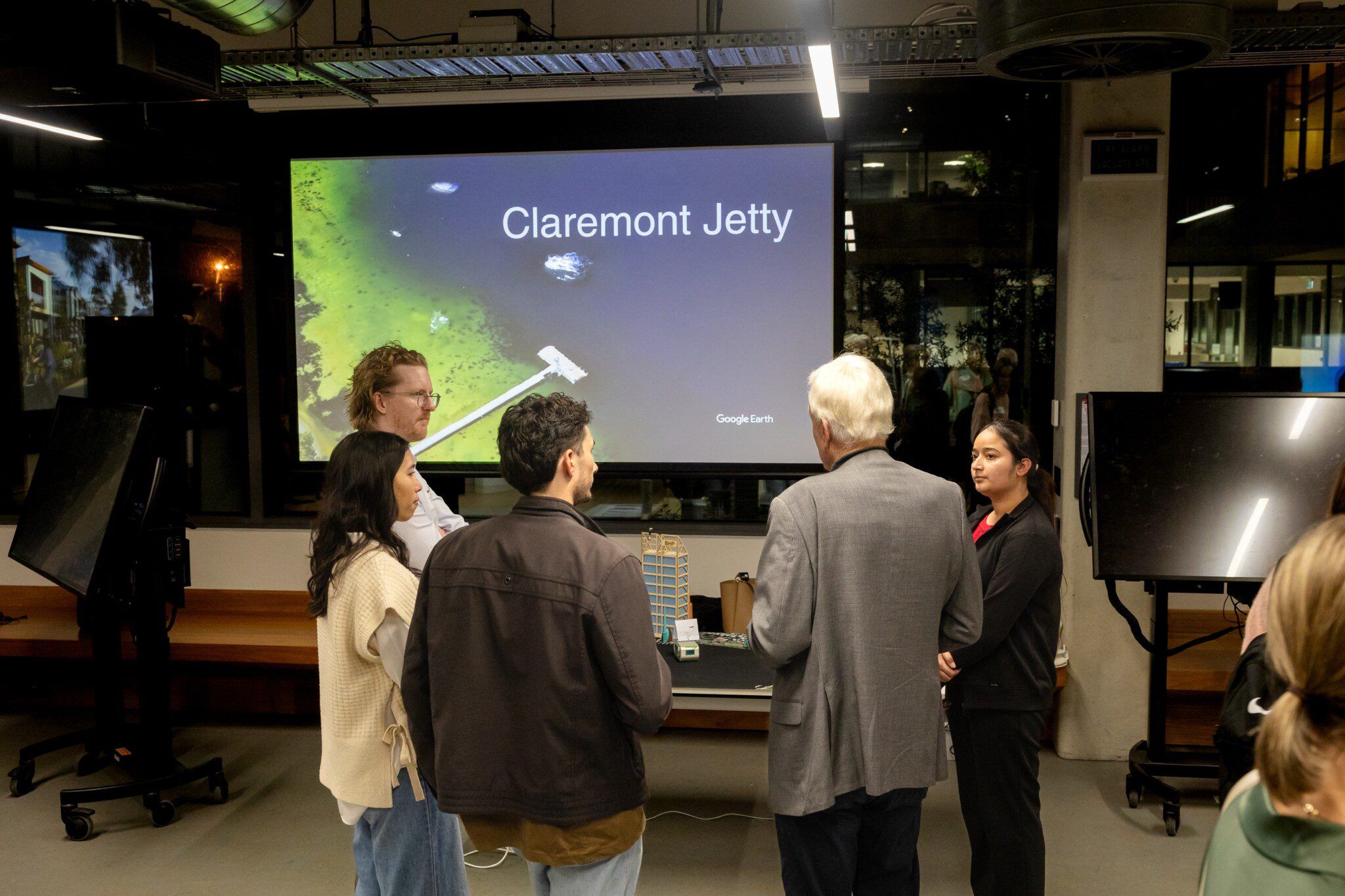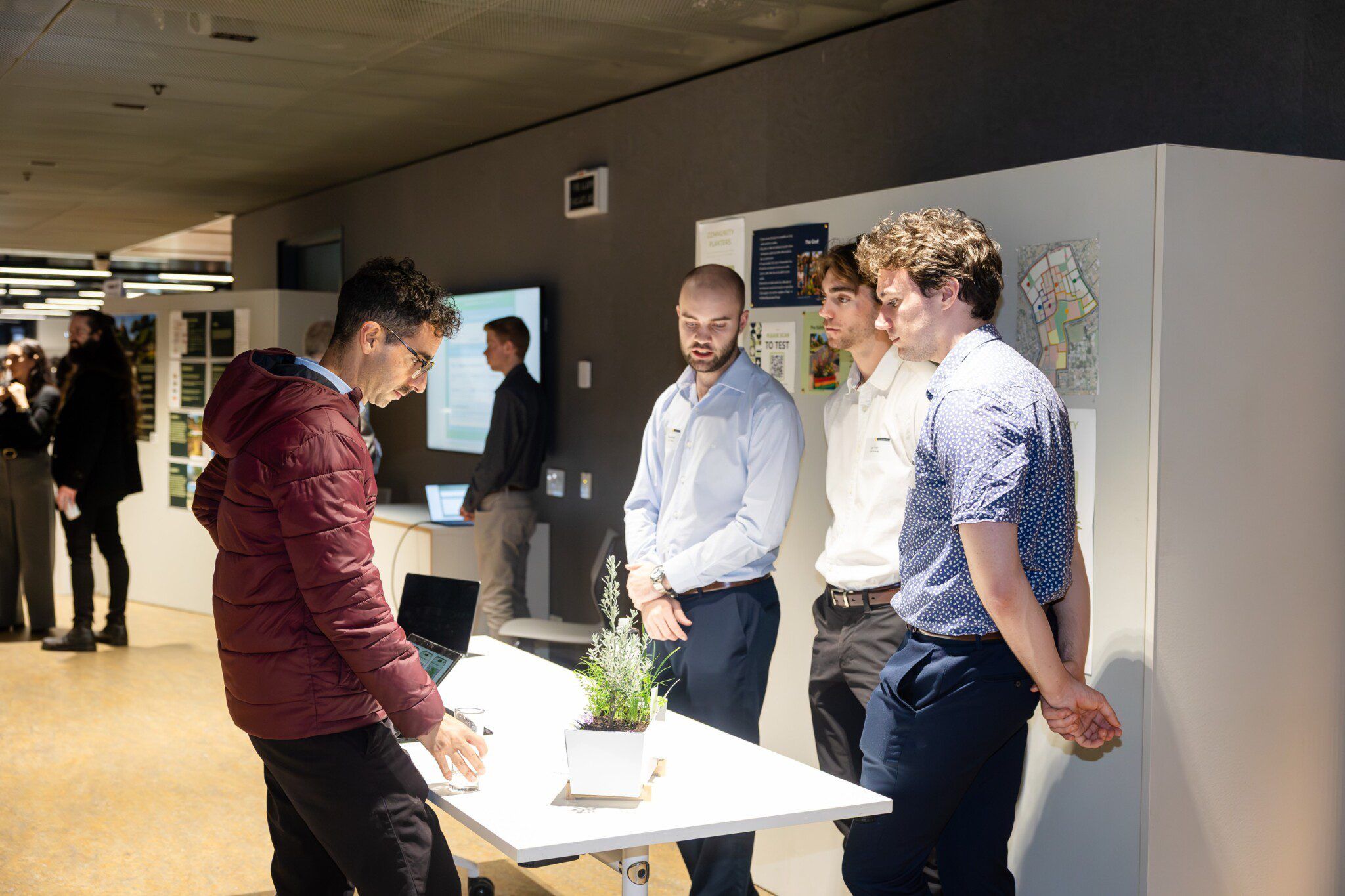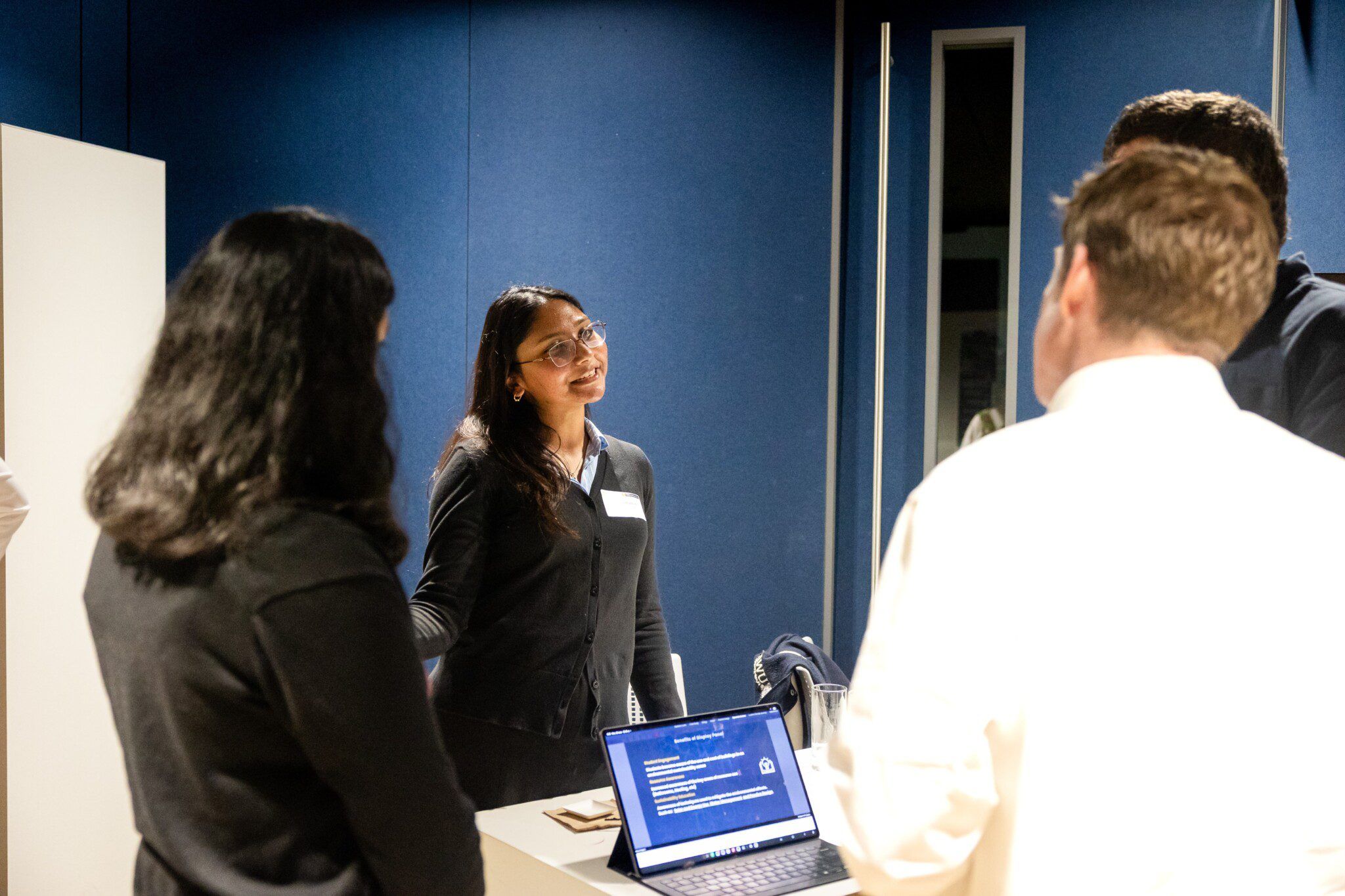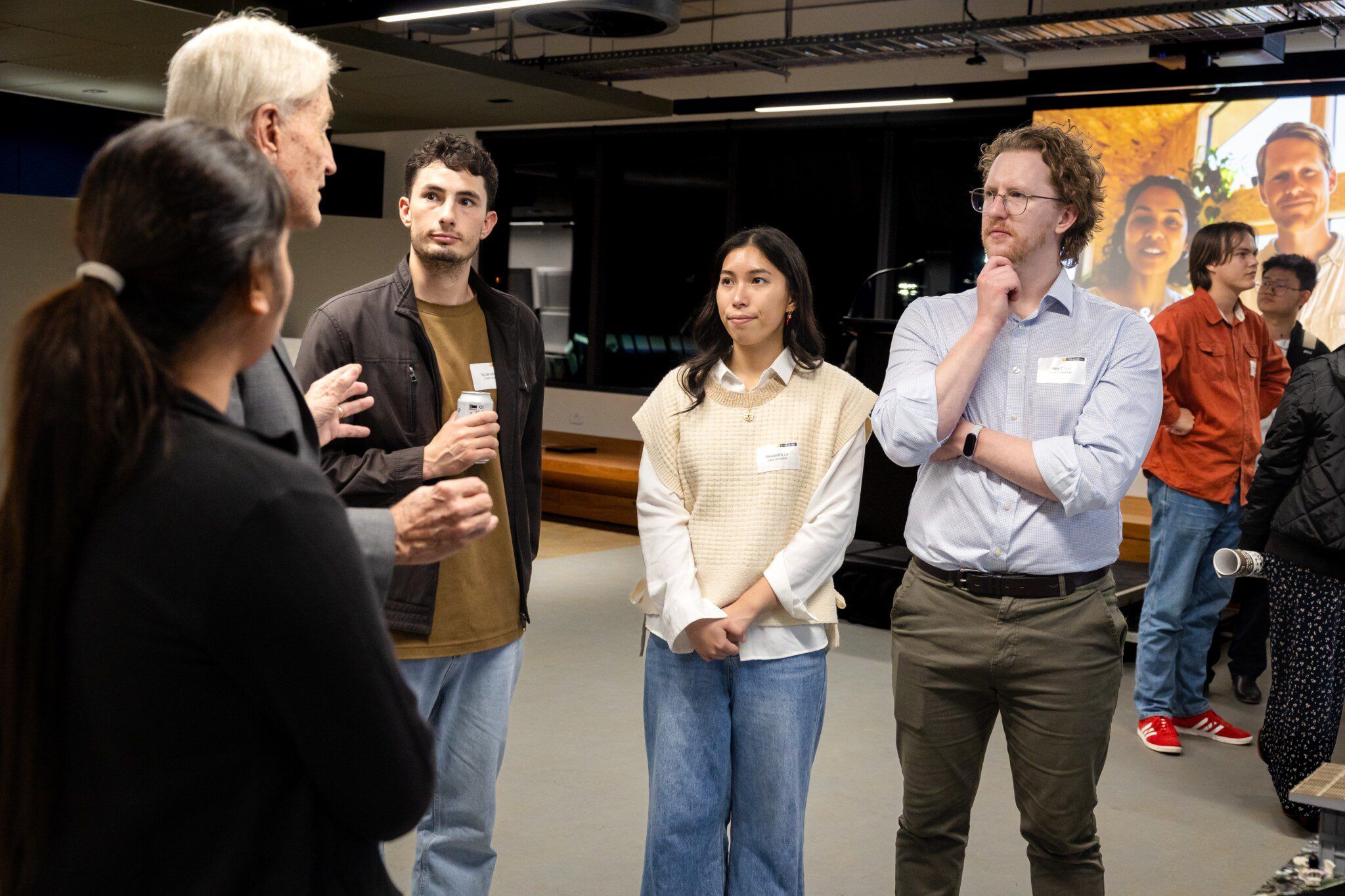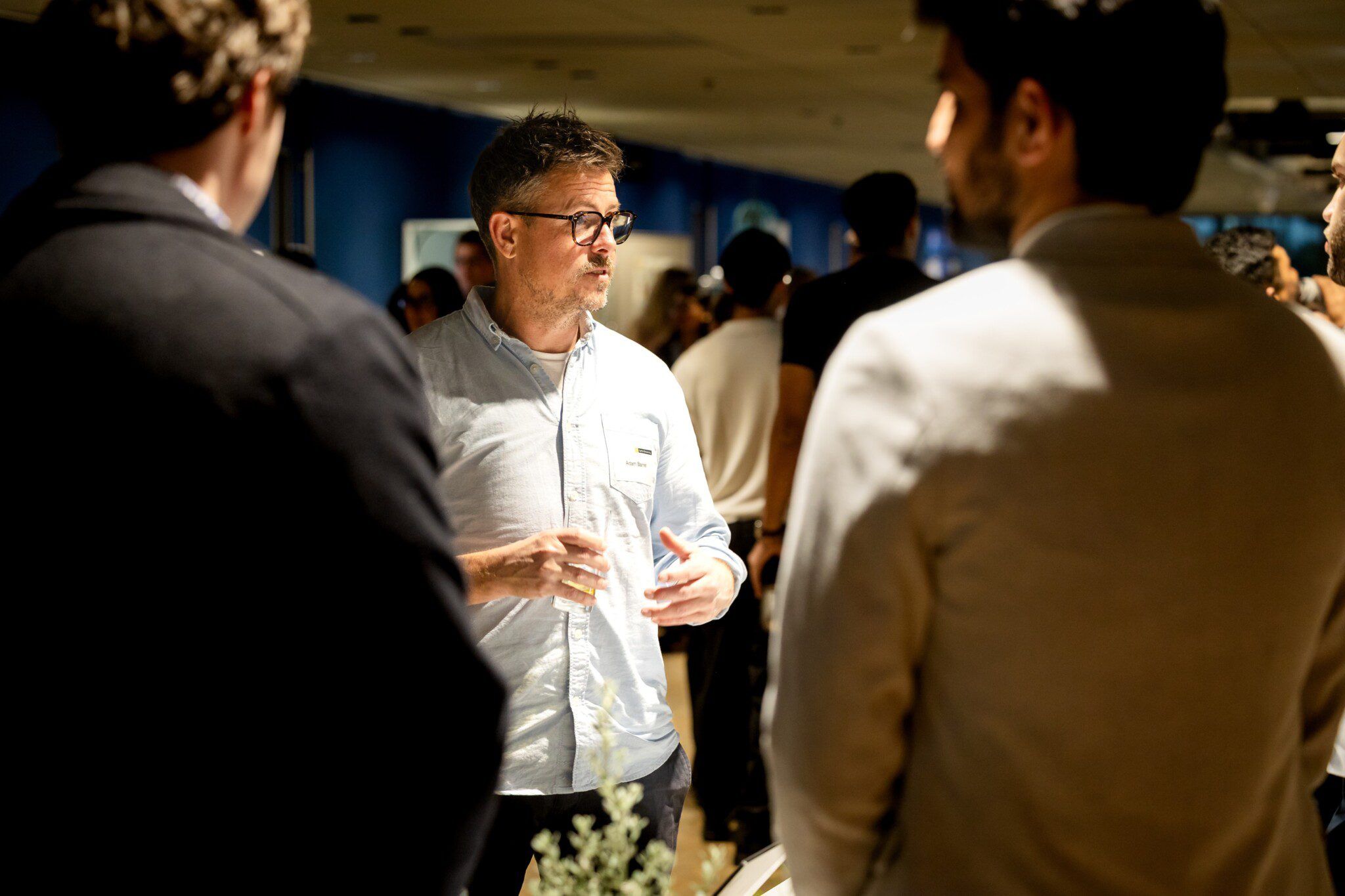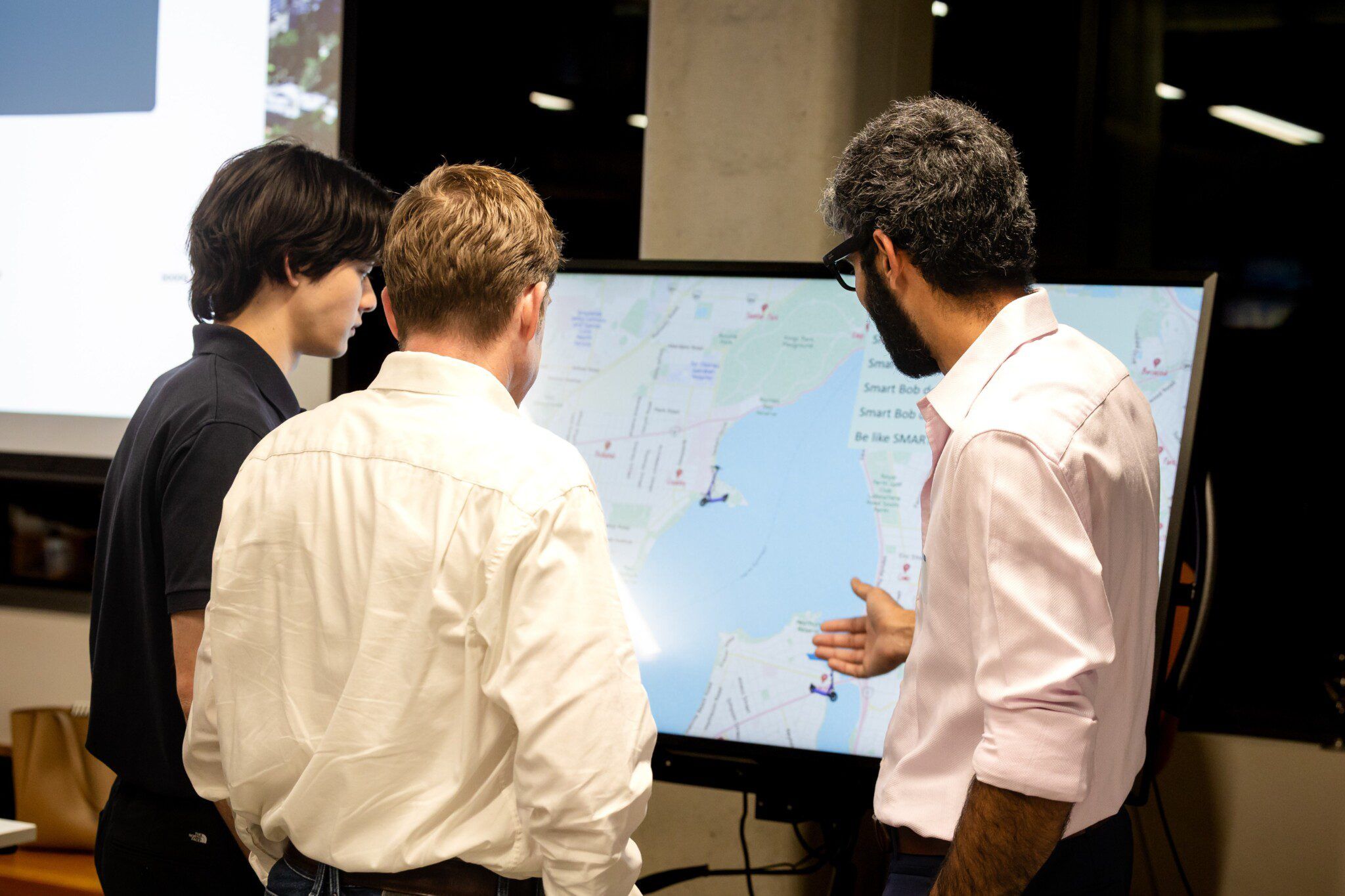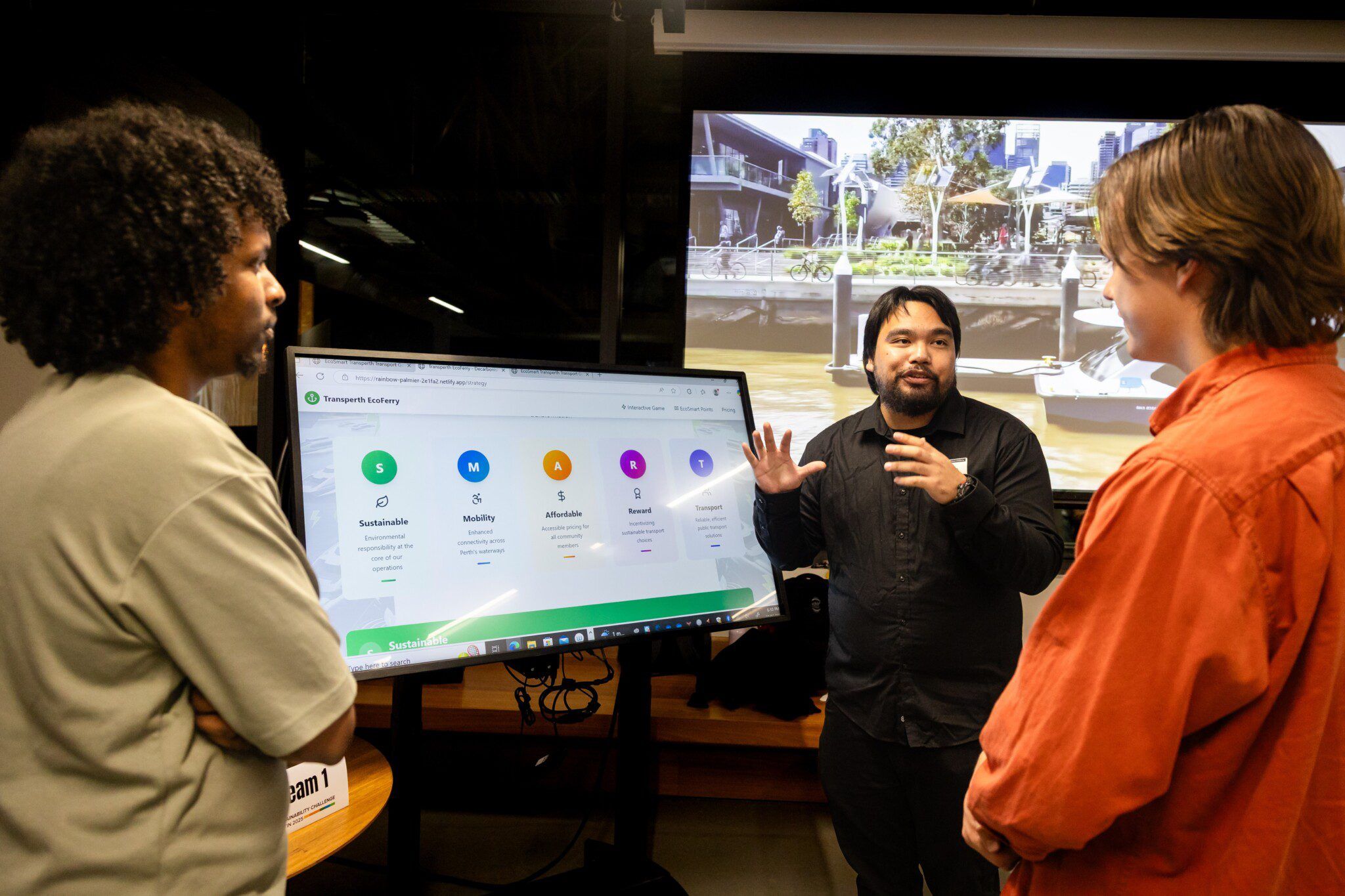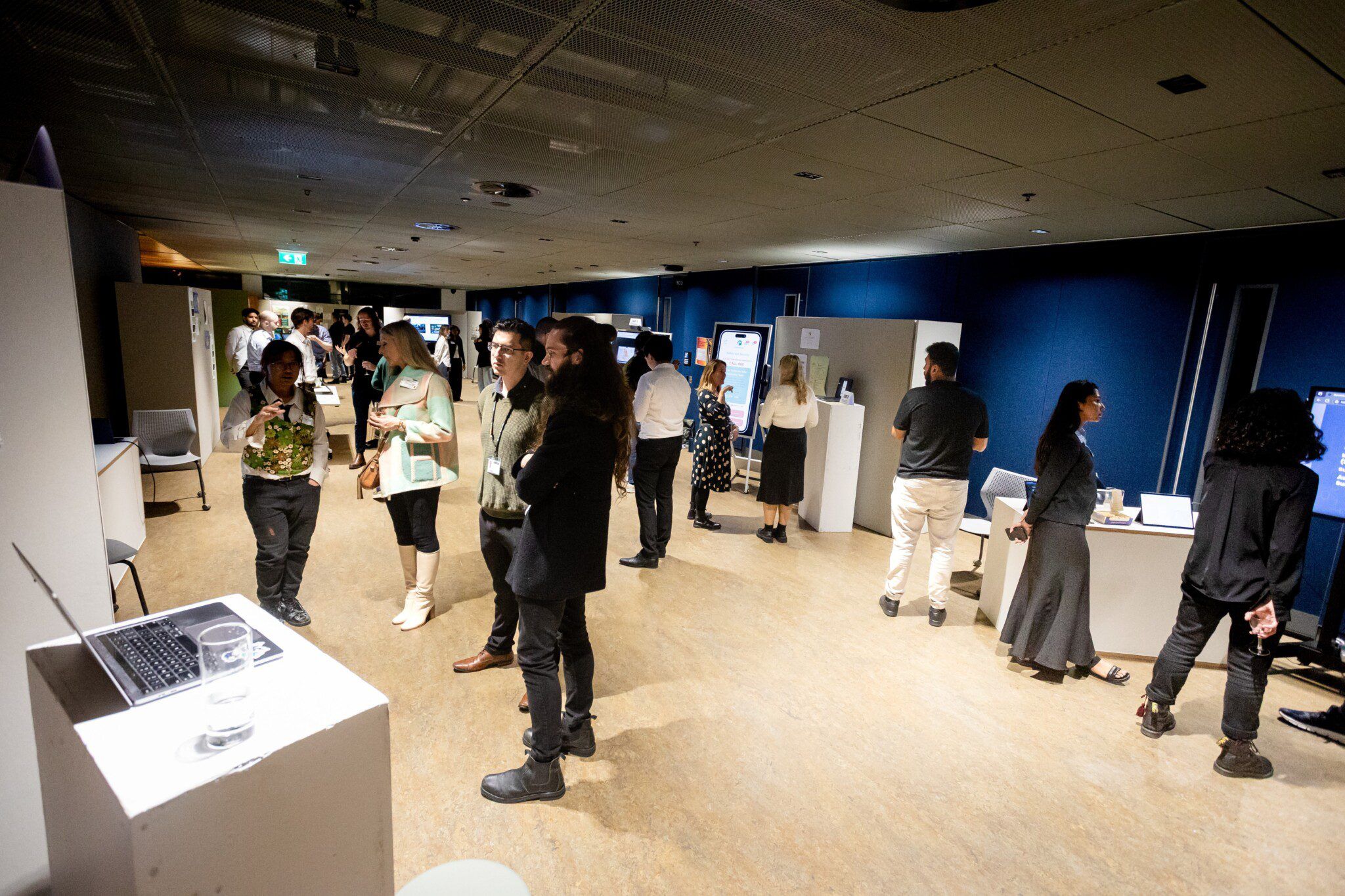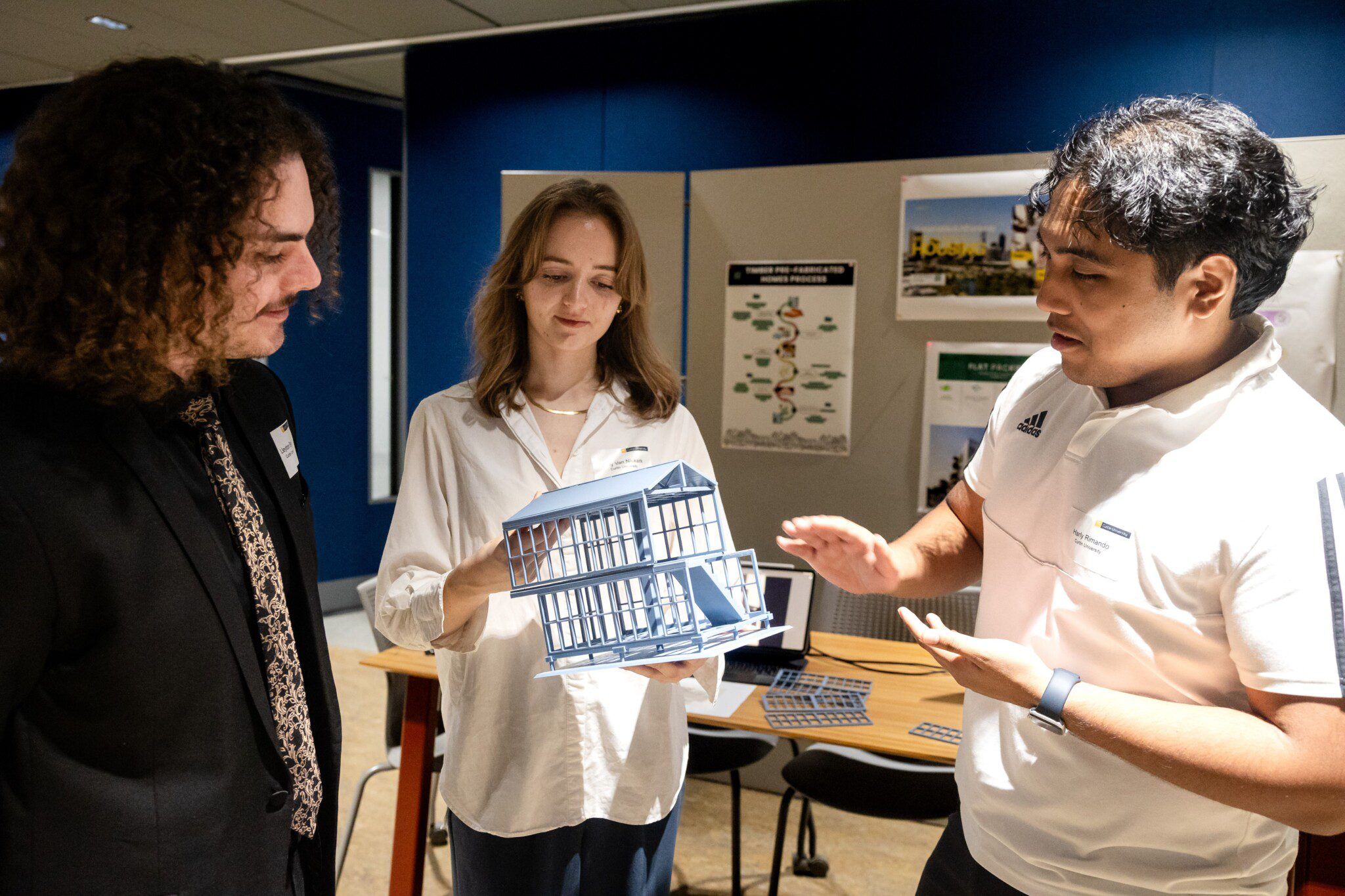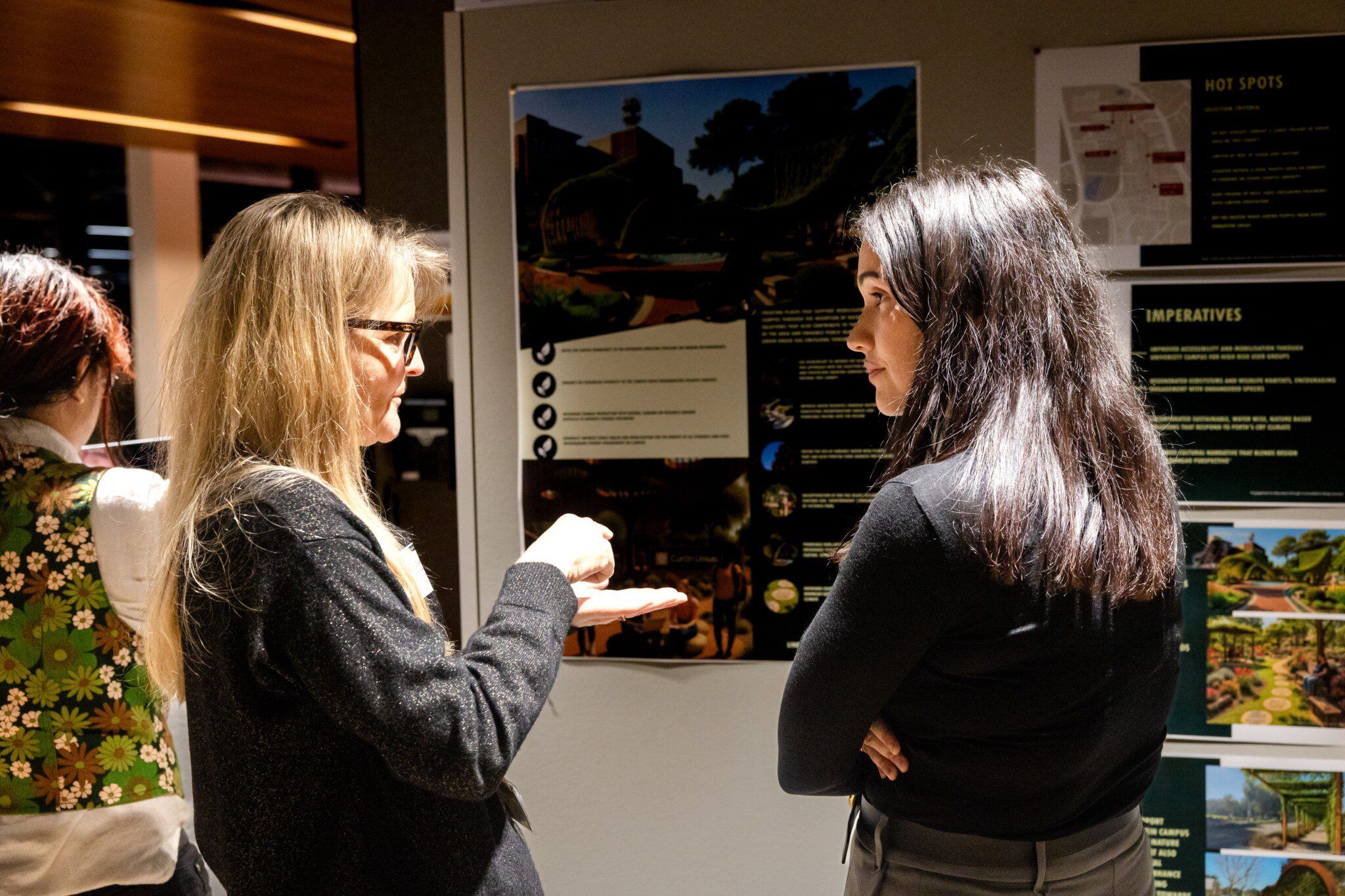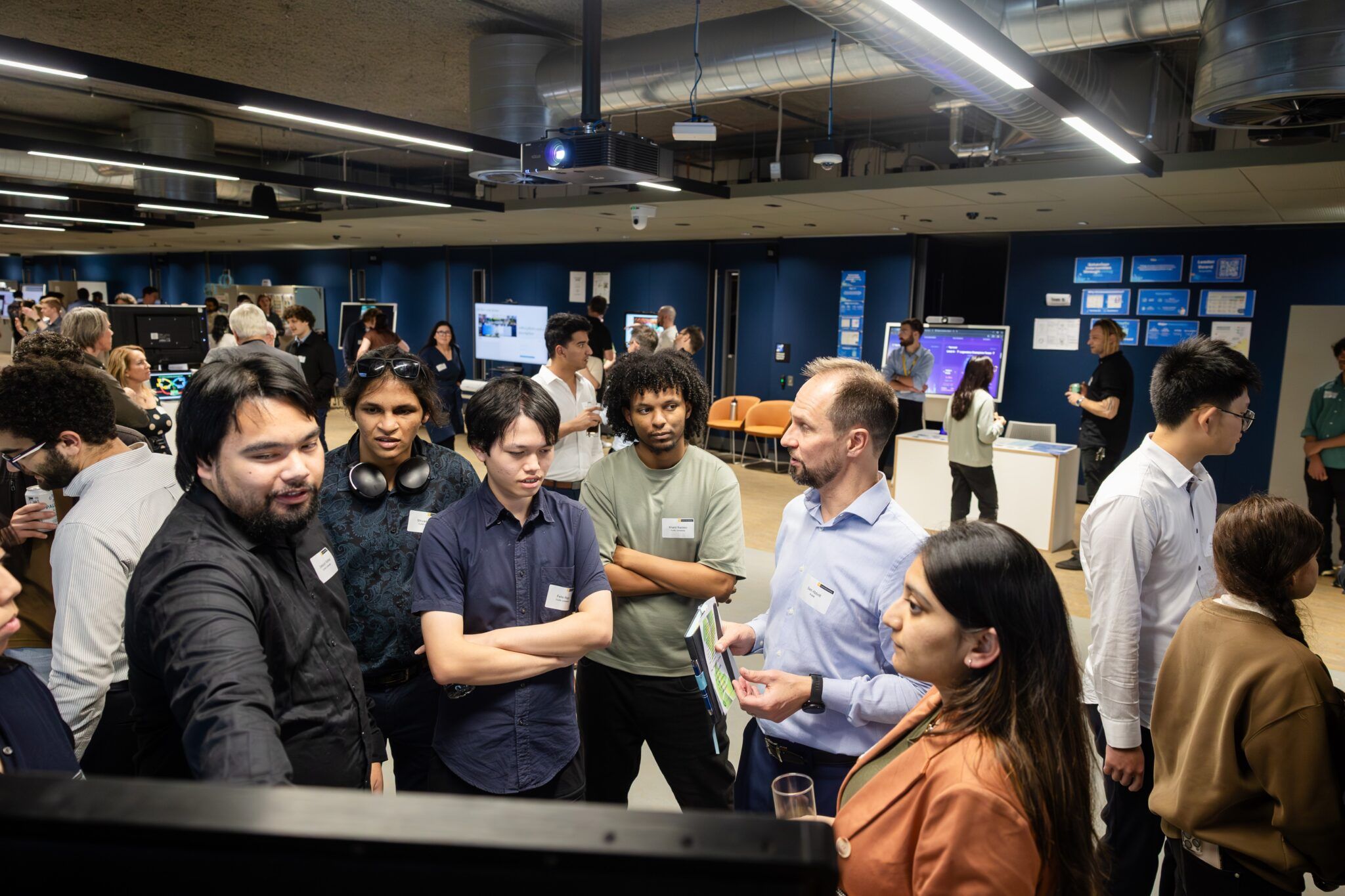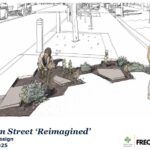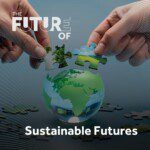Curtin University’s 2025 Sustainability Challenge wrapped up with a powerful reminder: when diverse minds come together around shared purpose, real change begins.
Over five intensive days, 120 students from across disciplines—engineering, design, construction management, health sciences, communications, business, and more—collaborated with leading industry experts and academic mentors to develop tangible solutions for a more sustainable future. This year’s challenge centred on three key themes: Climate mitigation, adaptation and resilience; Resource efficiency and circularity; and Ecosystem health and wellbeing.
“These aren’t just theoretical global problems,” said Provost Professor Matthew Tonts. “They have very real implications for Western Australia. And they require collaboration across all fields—humanities, science, engineering, law, business. This challenge gives our students a rare opportunity to experience that kind of interdisciplinary negotiation, complexity, and creativity.”
What set this year apart was the breadth of real-world partnerships. Students engaged with representatives from the Department of Water and Environmental Regulation, DevelopmentWA, and Austal, along with a powerhouse group of industry leader and researchers.
Among the many contributors were:
- Mark Timson, Western Power
- Ryan Falconer, Department of Transport
- Mia Onorato, Beam Mobility
- Graham Agara, Full Circle Design
- Warren Phillips, St Bart’s
- Michele Blakey, My Home Australasia
- Antonietta Torre, Water Corporation
- Joanna Stegena, City of Canning
- Mandy Bamford, Bamford Consulting
- Laura Skates, Environmental Communications Specialist
- Steve McCabe, Perth NRM
- Nele Johnson, City of Canning
- Nasrin Aghamohammadi, Urban Heat Specialist
- Jeremey Maher, Water Corporation
Projects tackled ranged from decarbonising ferry transportation and greening urban neighbourhoods to low carbon medium density housing and nature based solutions for combating urban heat.
“This isn’t just about giving students a brief and walking away,” said Professor Josh Byrne, Dean of Sustainable Futures. “It’s about industry and academia coming together to guide and nurture student thinking—and that’s what we saw in full force this week. The creativity and intellect in the room has been formidable.”
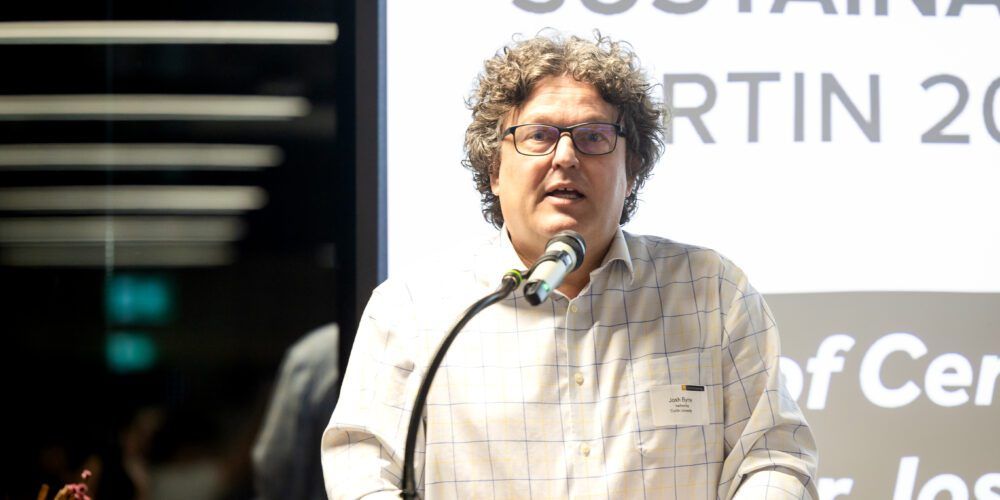
Reflecting on the experience, student representative Habiba Rashid shared:
“This wasn’t just an academic exercise. It was a deeply personal opportunity to explore different ways of thinking, build skills, and collaborate with students from all walks of life. We’ve seen that even in one week, it’s possible to plant the seeds of real, lasting change.”
For many students, this was the first time they had worked in a multidisciplinary team or been exposed to genuine industry problems. As Associate Professor Nicole Slatter, Dean of Learning and Teaching, explained.
“This platform brings together brilliant researchers, strong pedagogical approaches, and meaningful partnerships to prepare students not just for a job—but for the future. A future that is shared, complex, and constantly evolving.”
Behind the scenes, academic and professional staff played a vital role in making the challenge possible. “It’s a great example of what happens when the full skills of our university community are leveraged for the benefit of students and society,” said Byrne. “To every staff member who guided, mentored, and supported our students—thank you.”
The 2025 Sustainability Challenge not only showcased inspiring student work—it offered a blueprint for how universities, government and industry can collaborate to tackle the defining challenges of our time.
As one industry mentor put it:
“These students didn’t just meet expectations—they redefined what’s possible when you put real problems in front of bright minds and trust them to lead.” The challenge may have ended, but the solutions—and the relationships built—will continue shaping the future long after the showcase lights dim.
Watch the Student Highlights Here
Watch the Highlights from Our Industry Partners
Upcoming Sustainable Futures Challenges
To learn more about upcoming Sustainable Futures Challenges, please contact humanities-futures@curtin.edu.au
